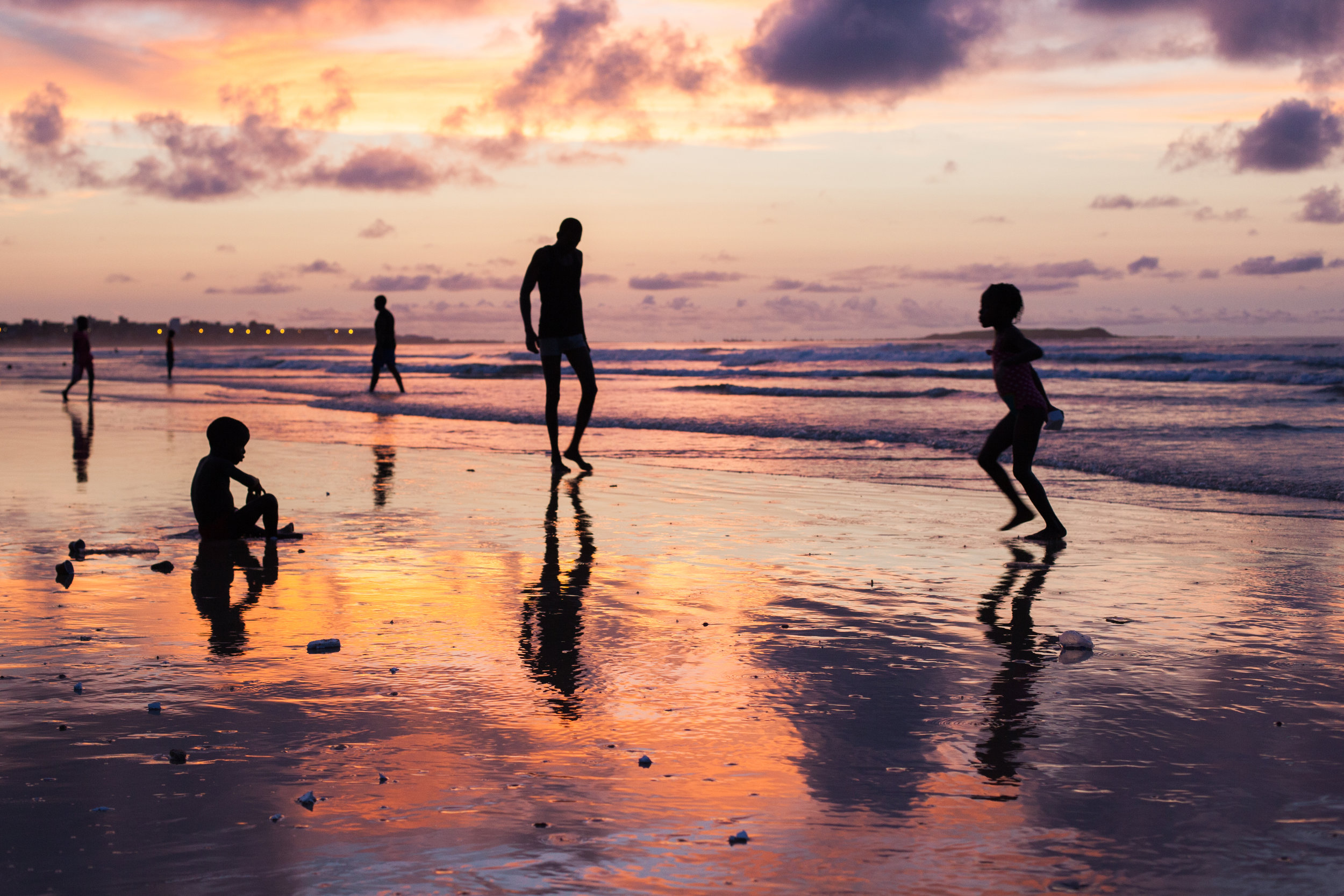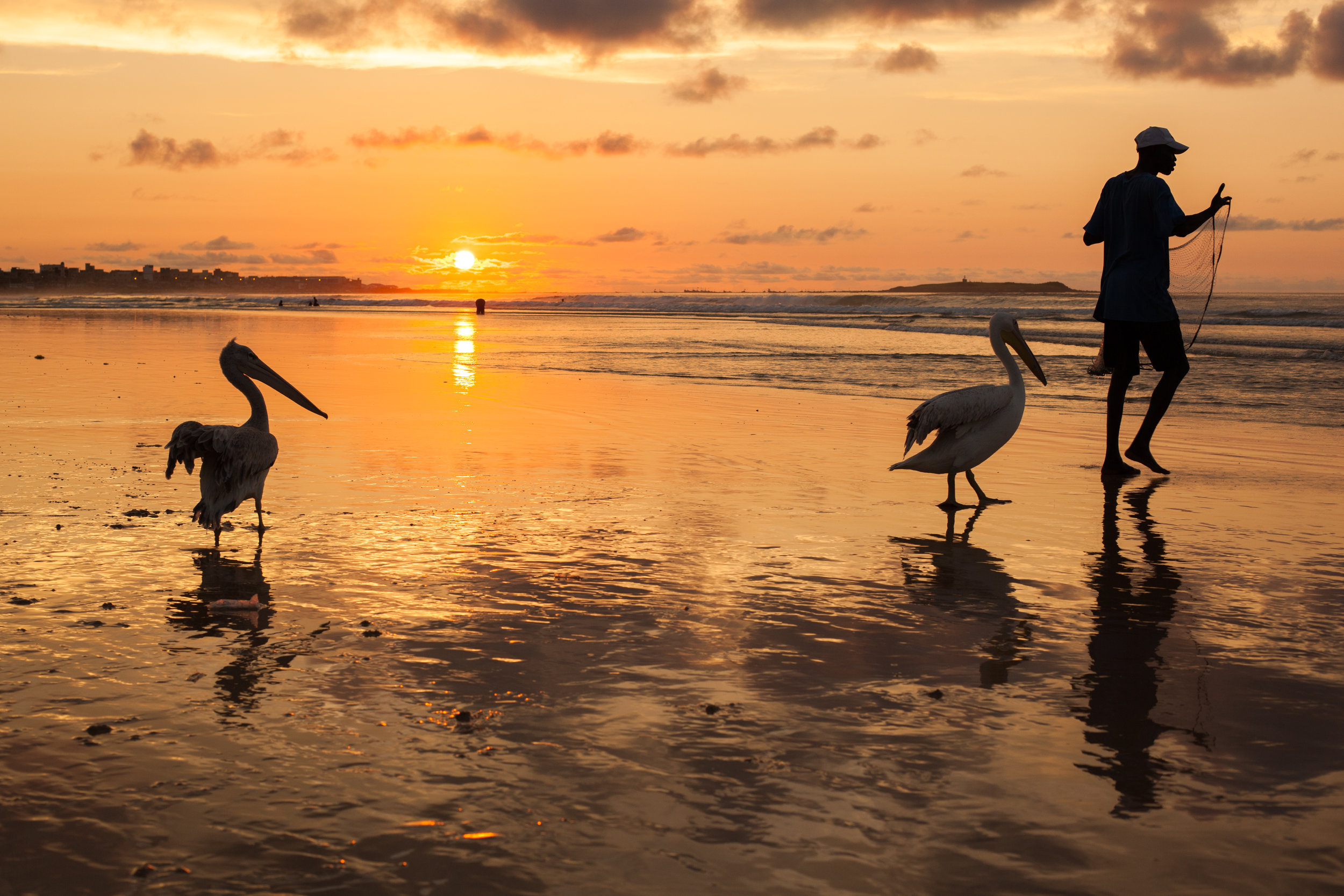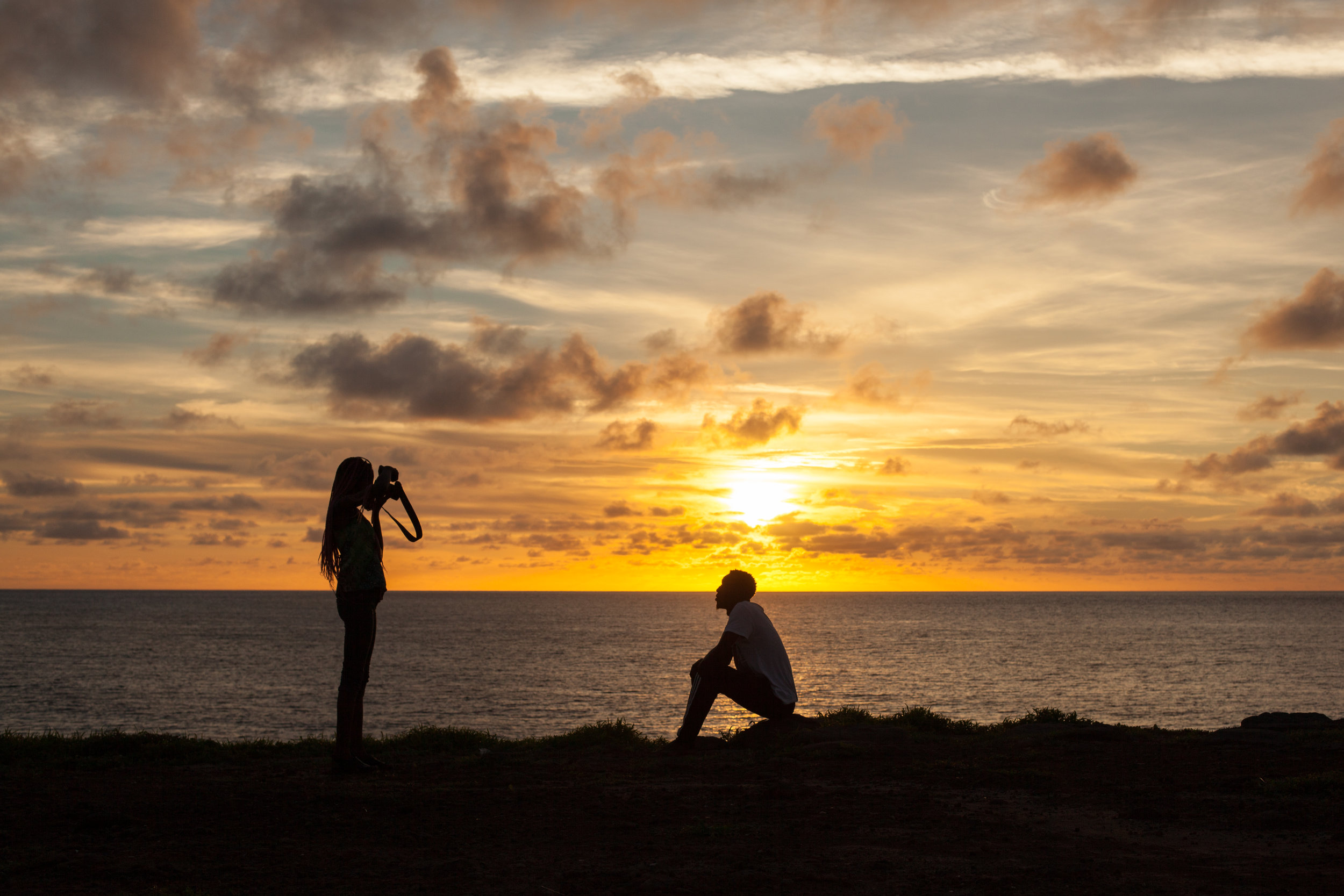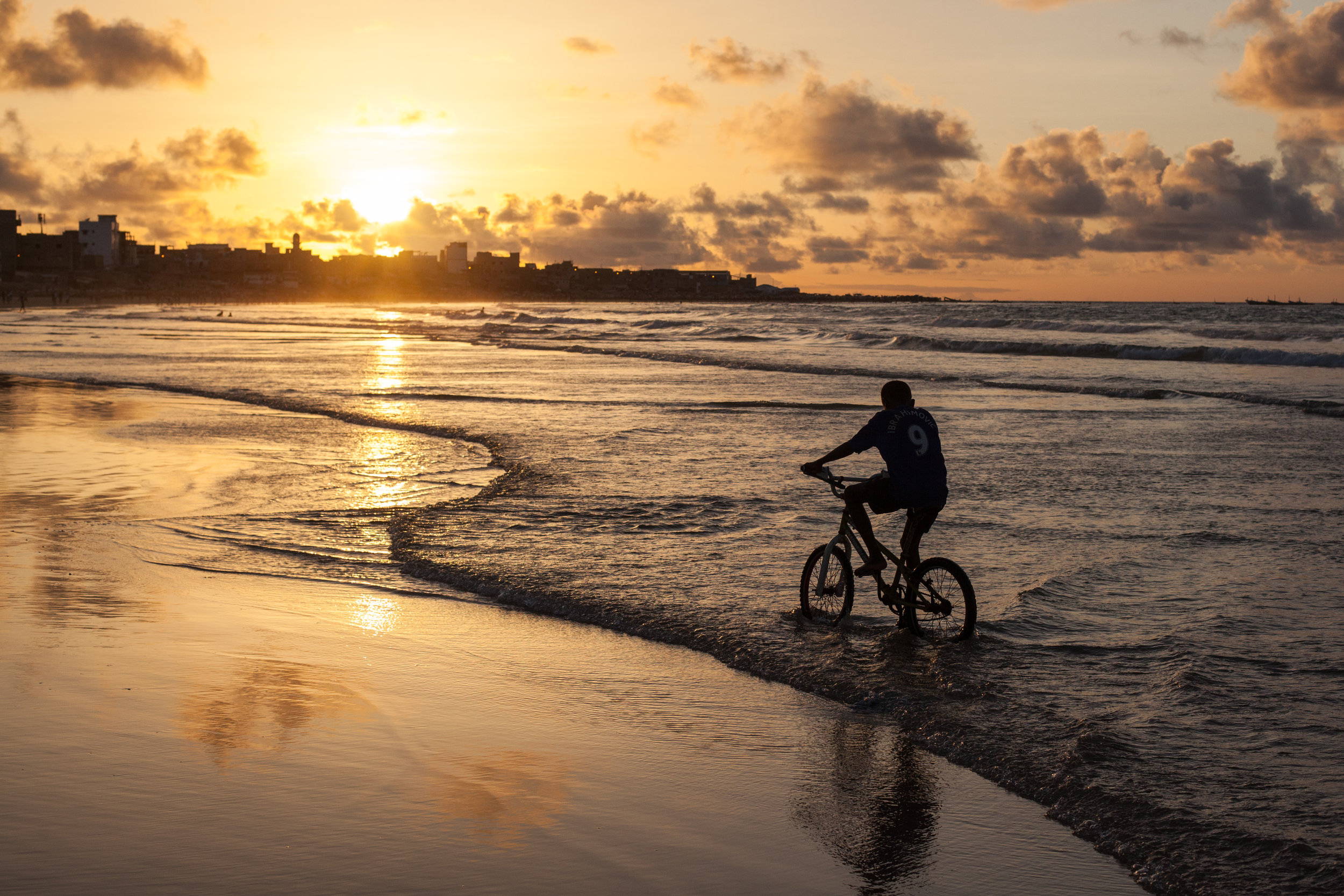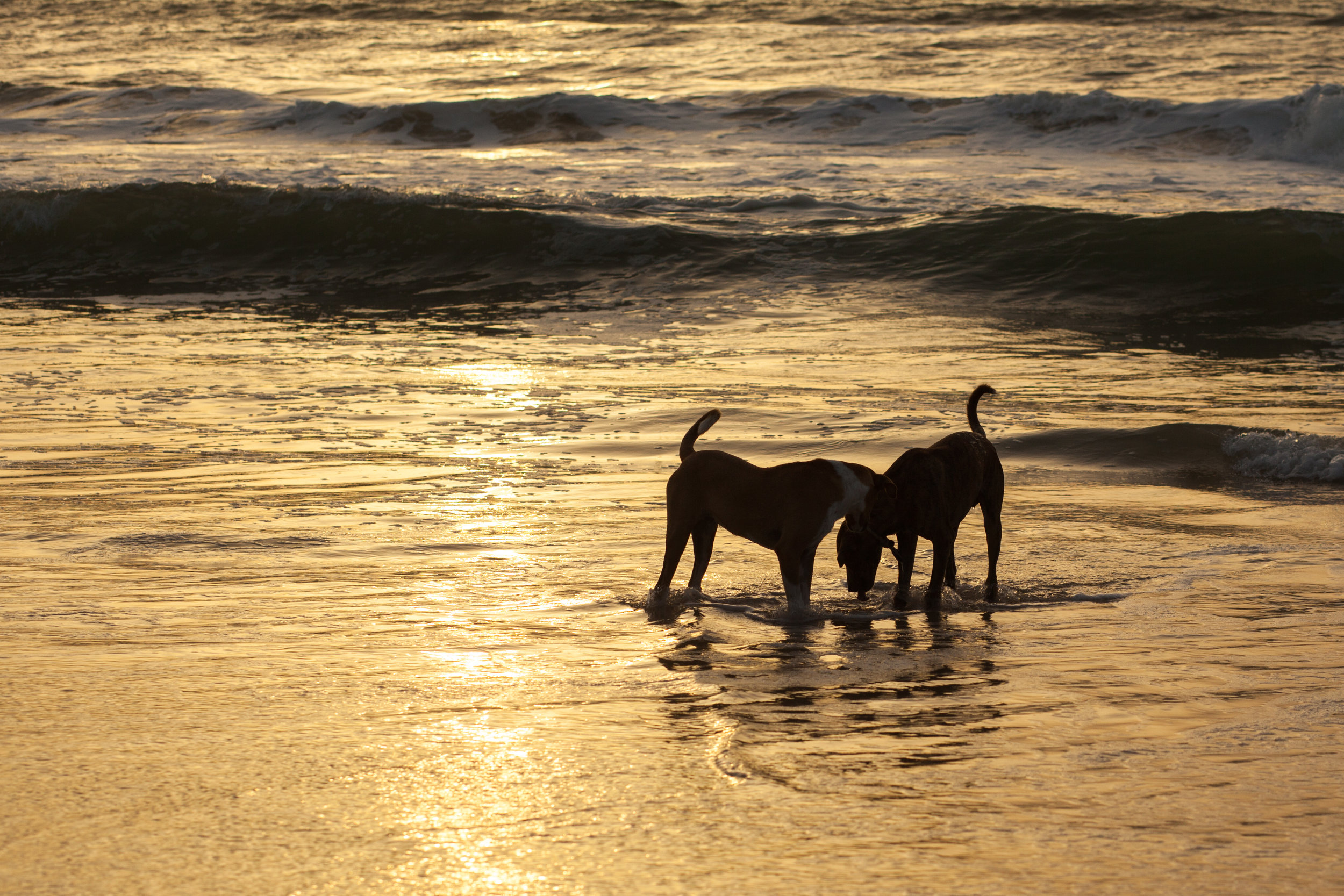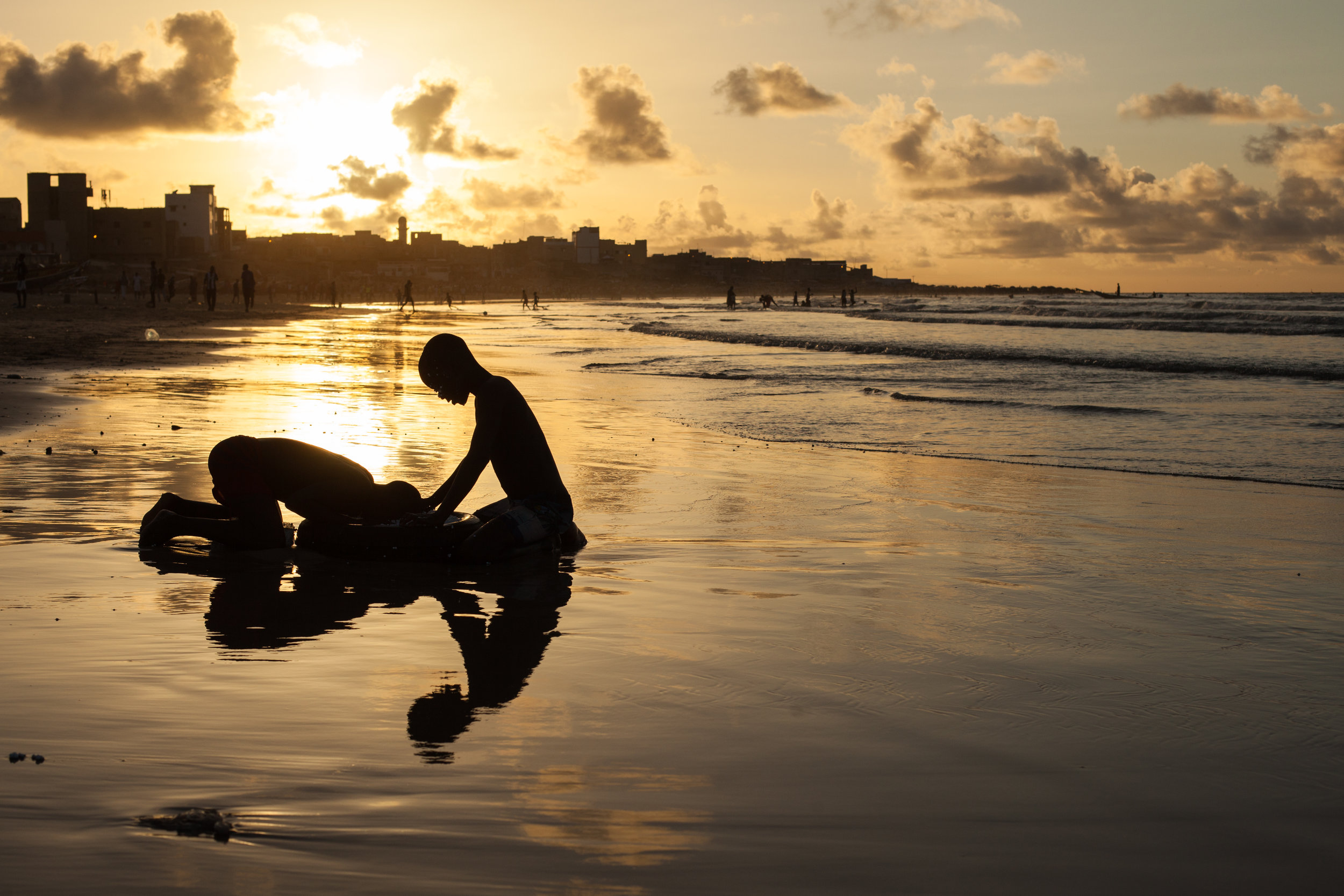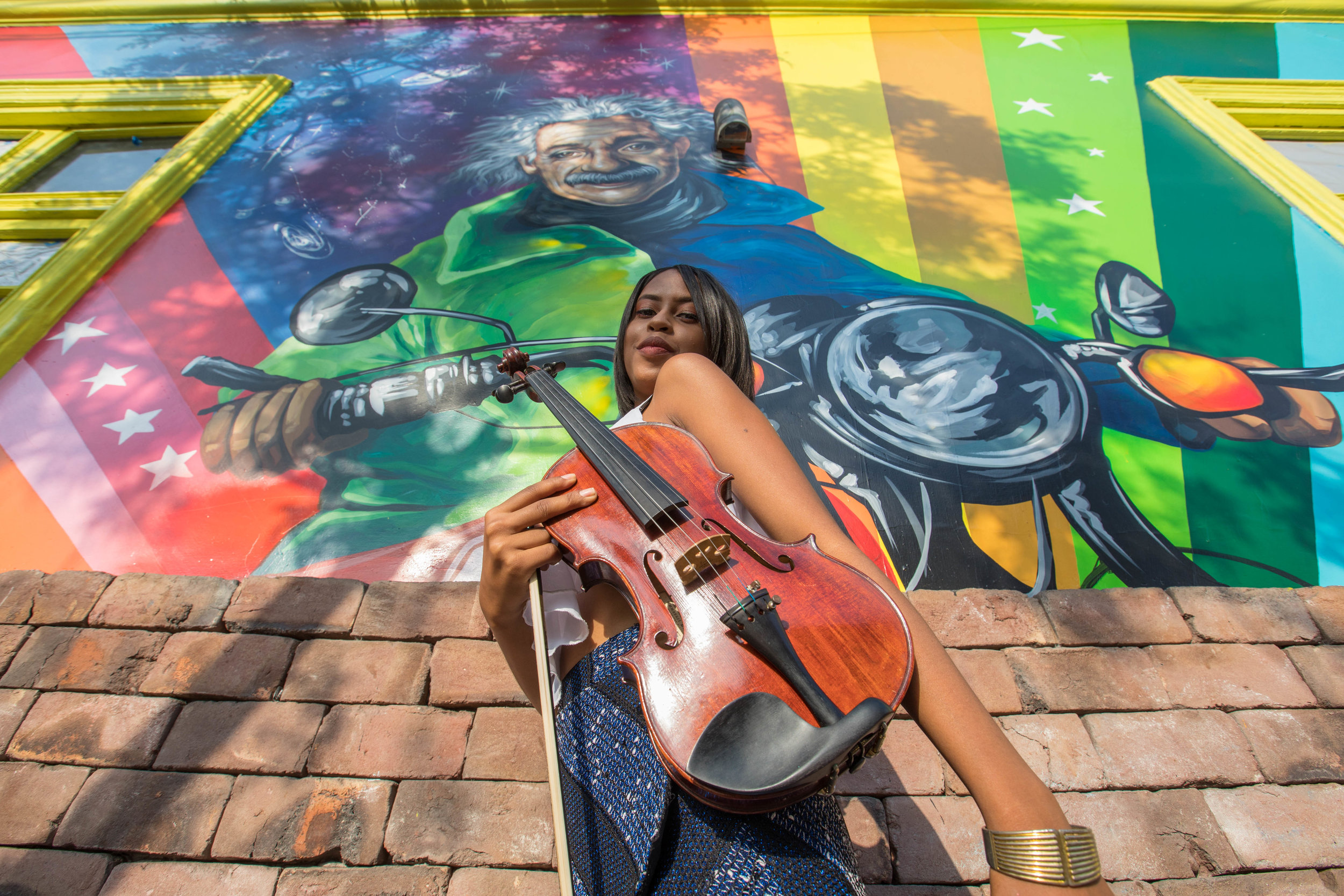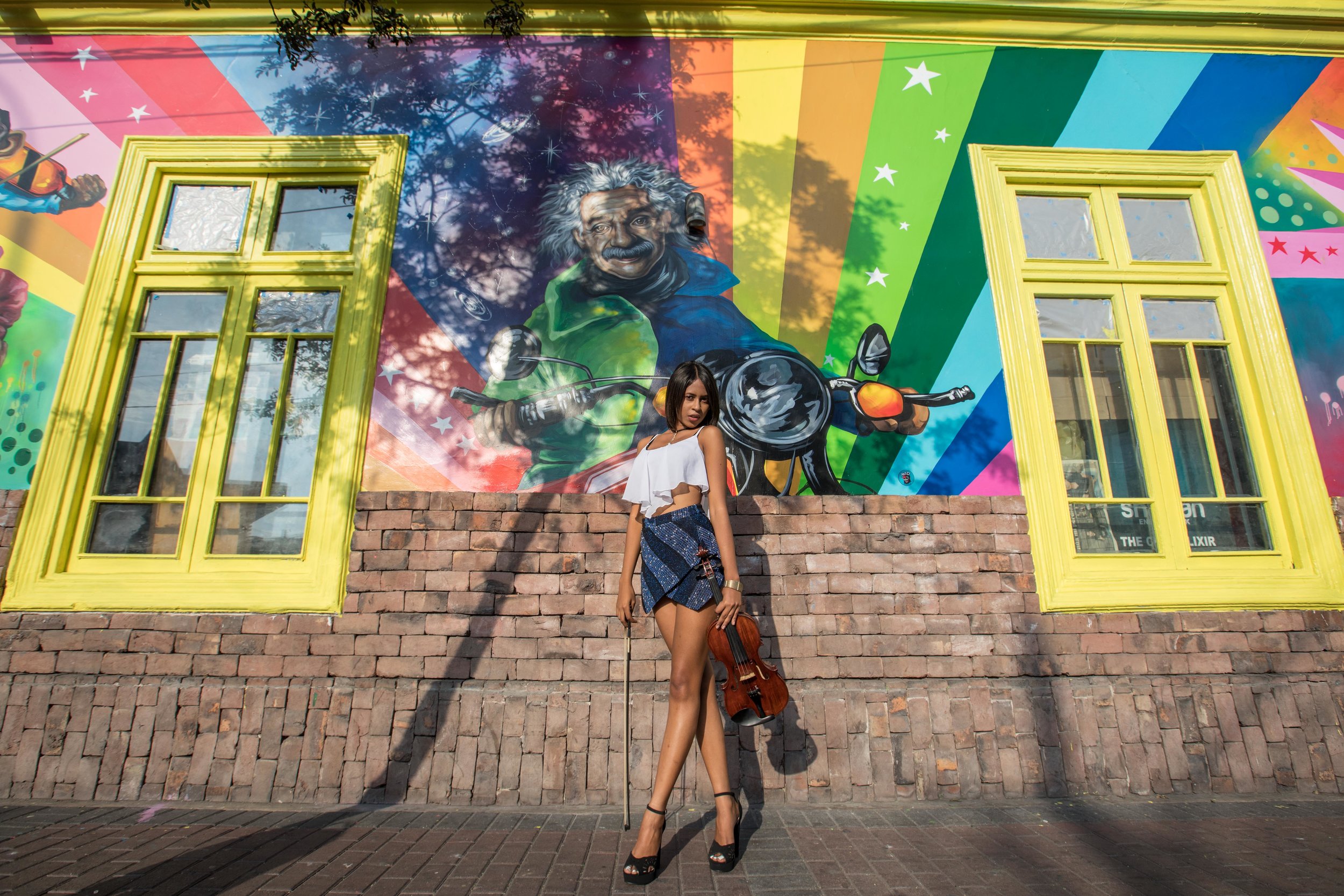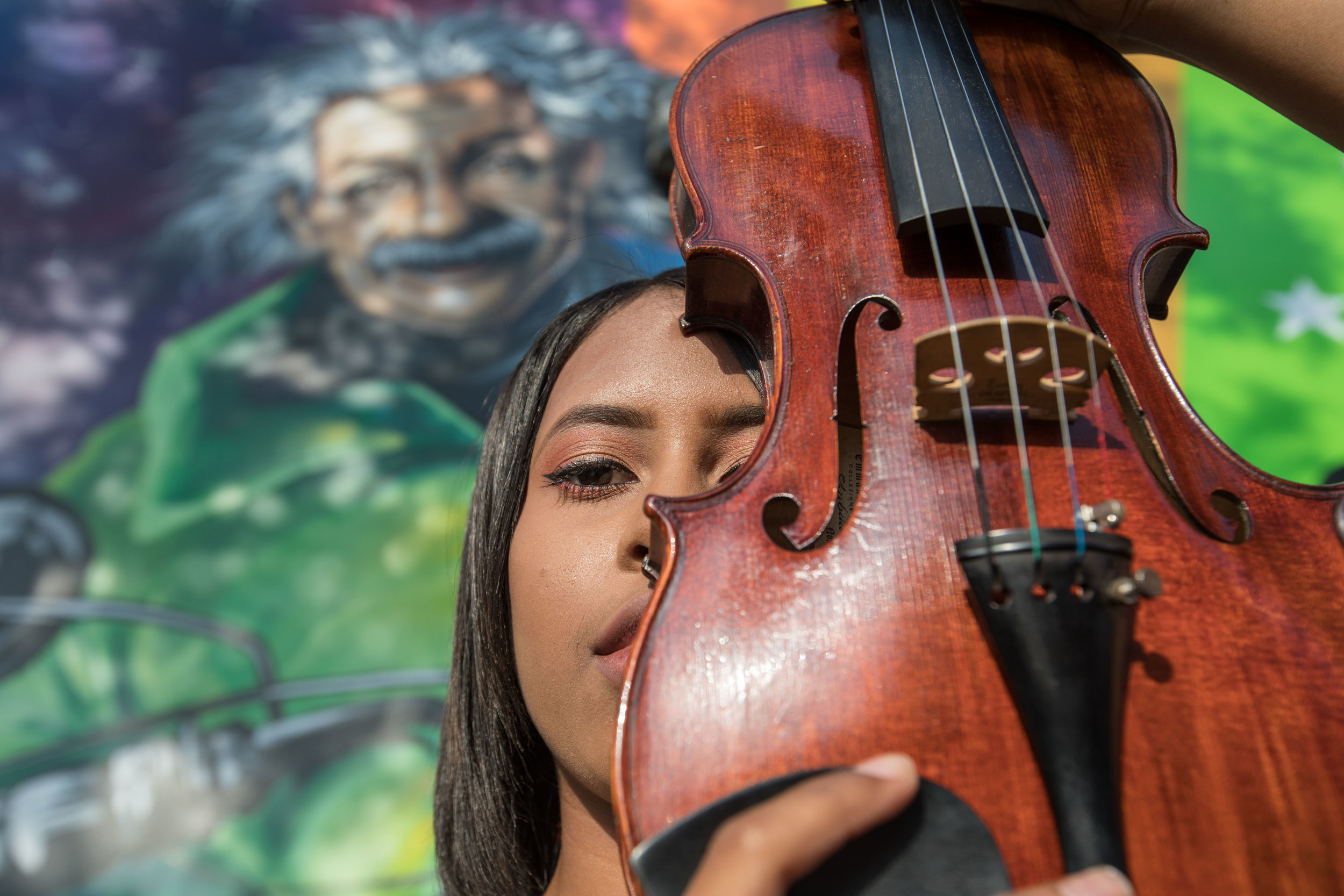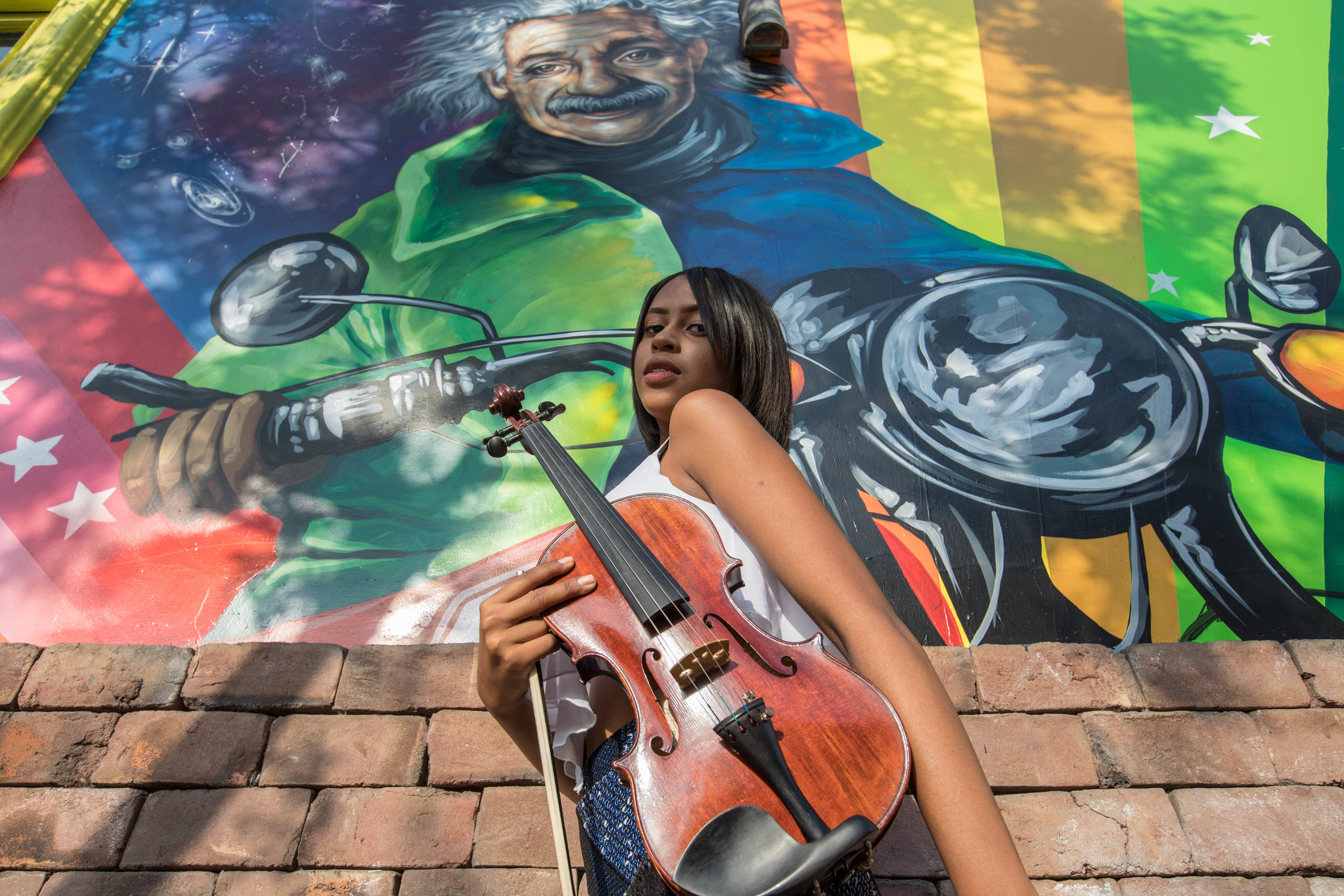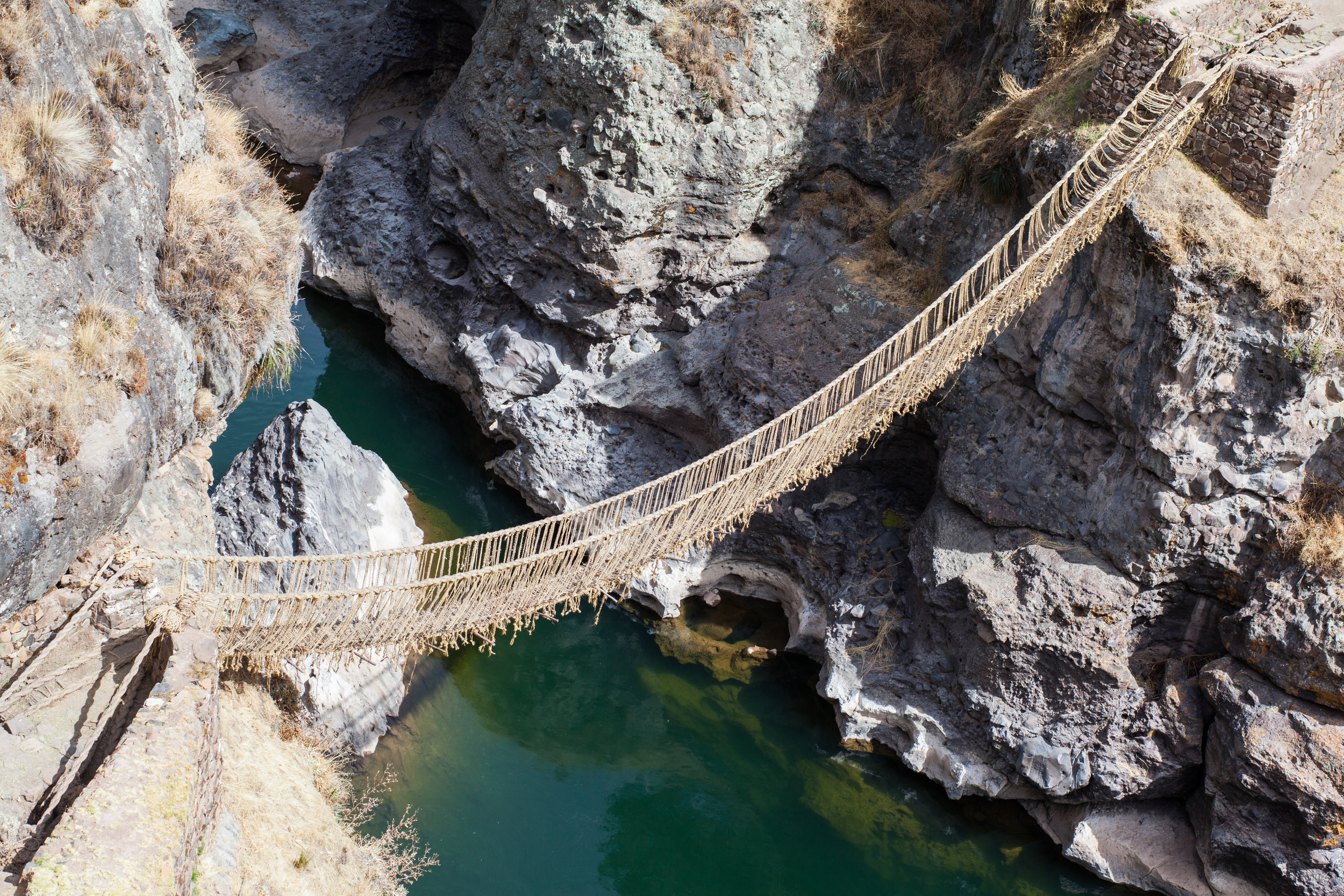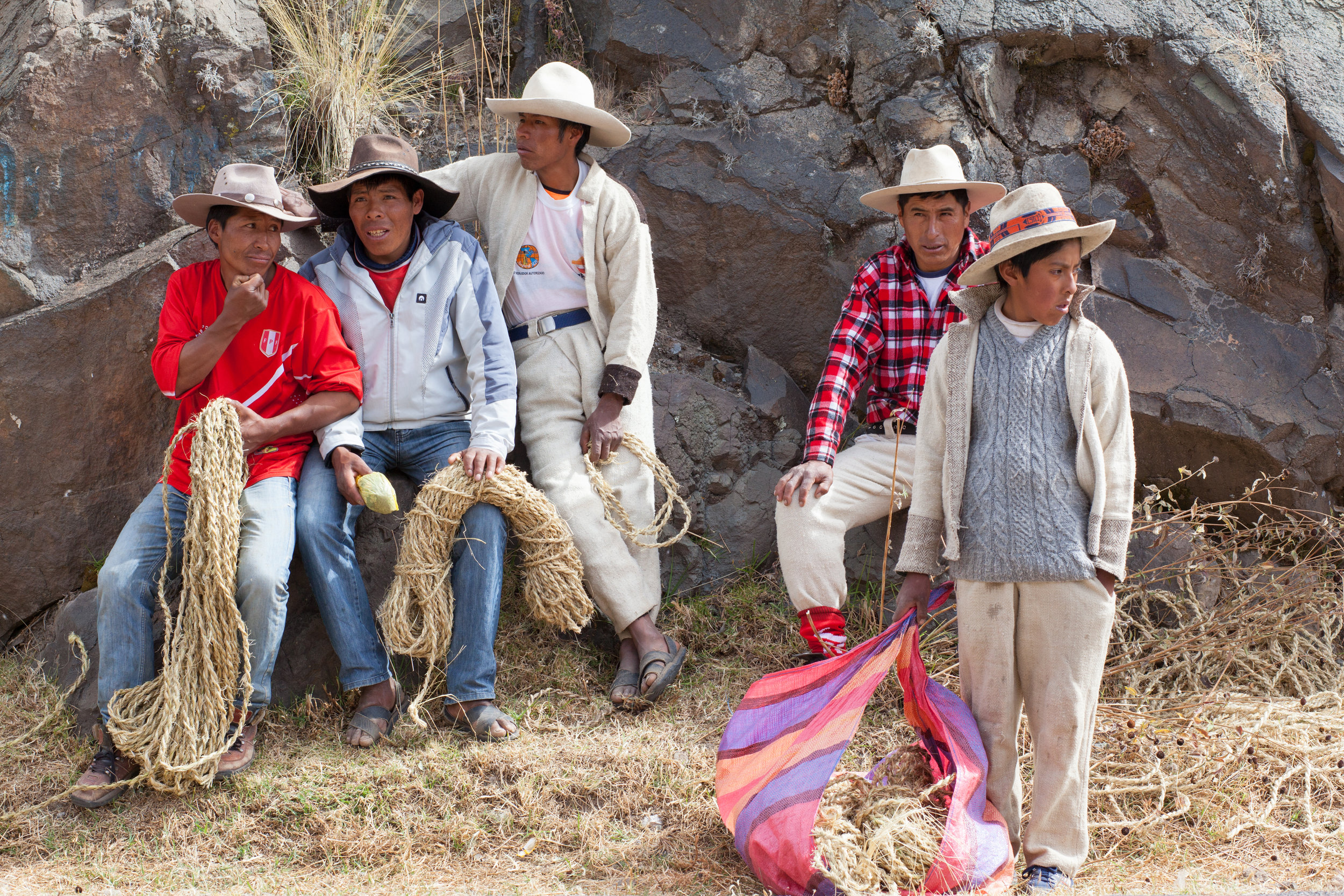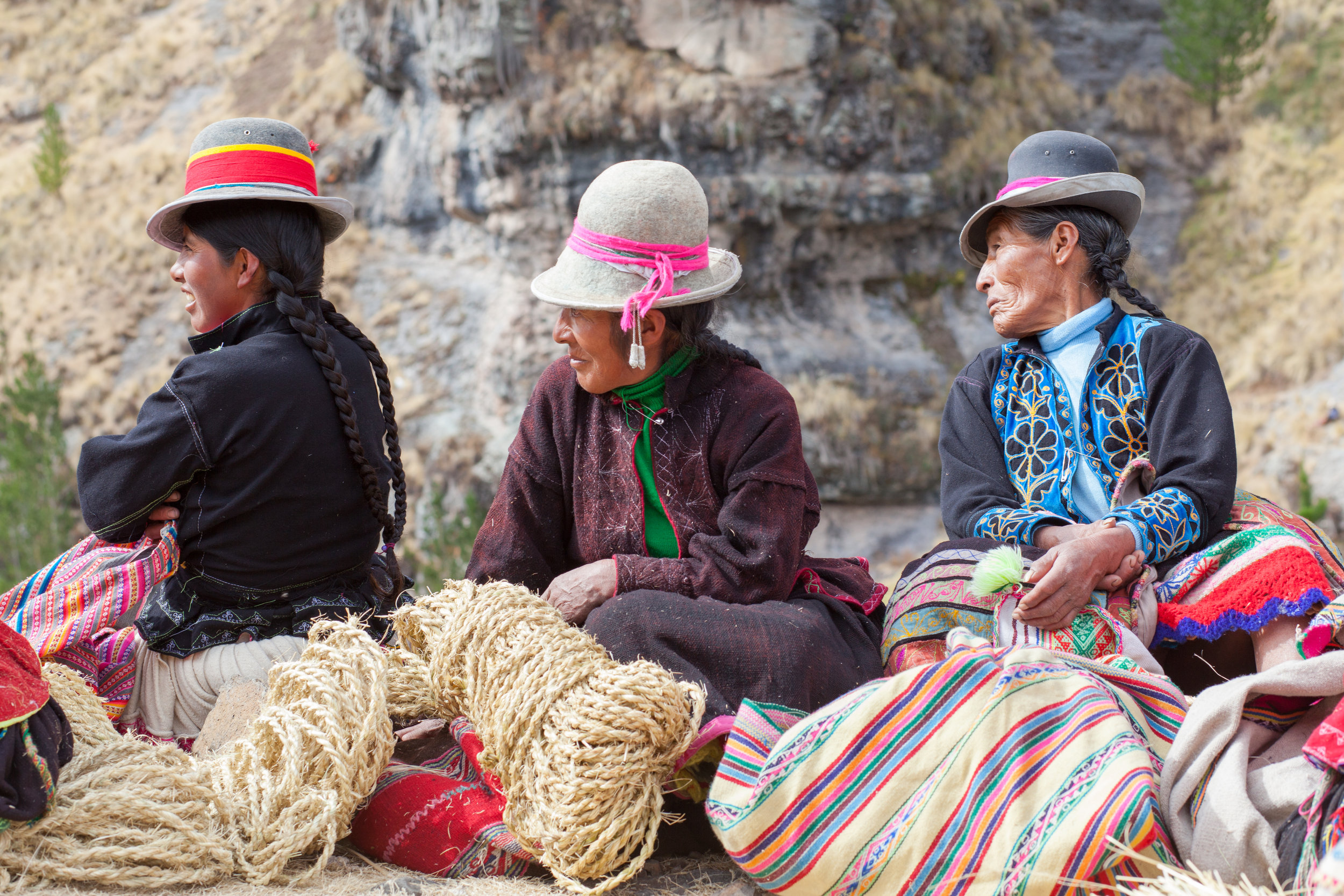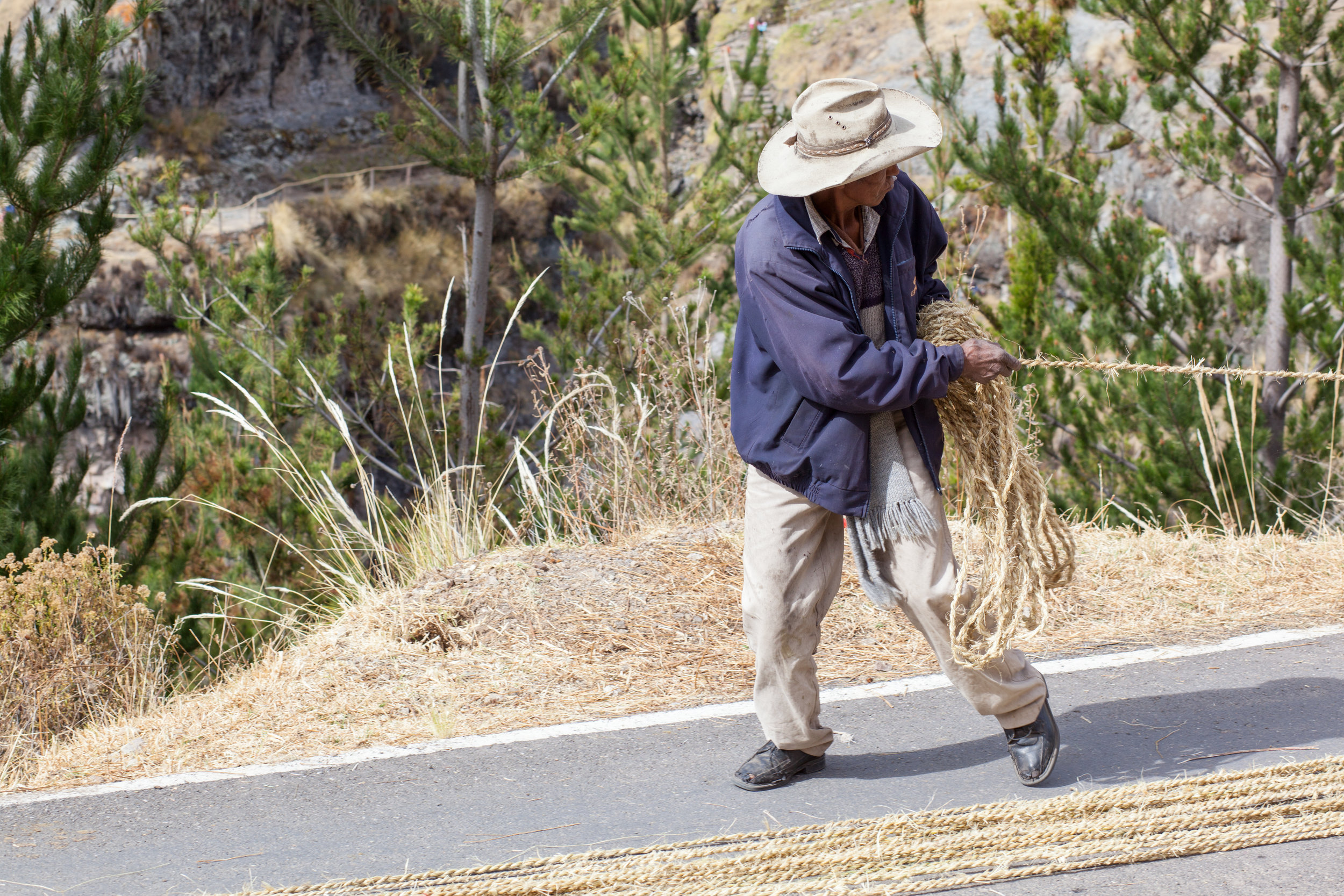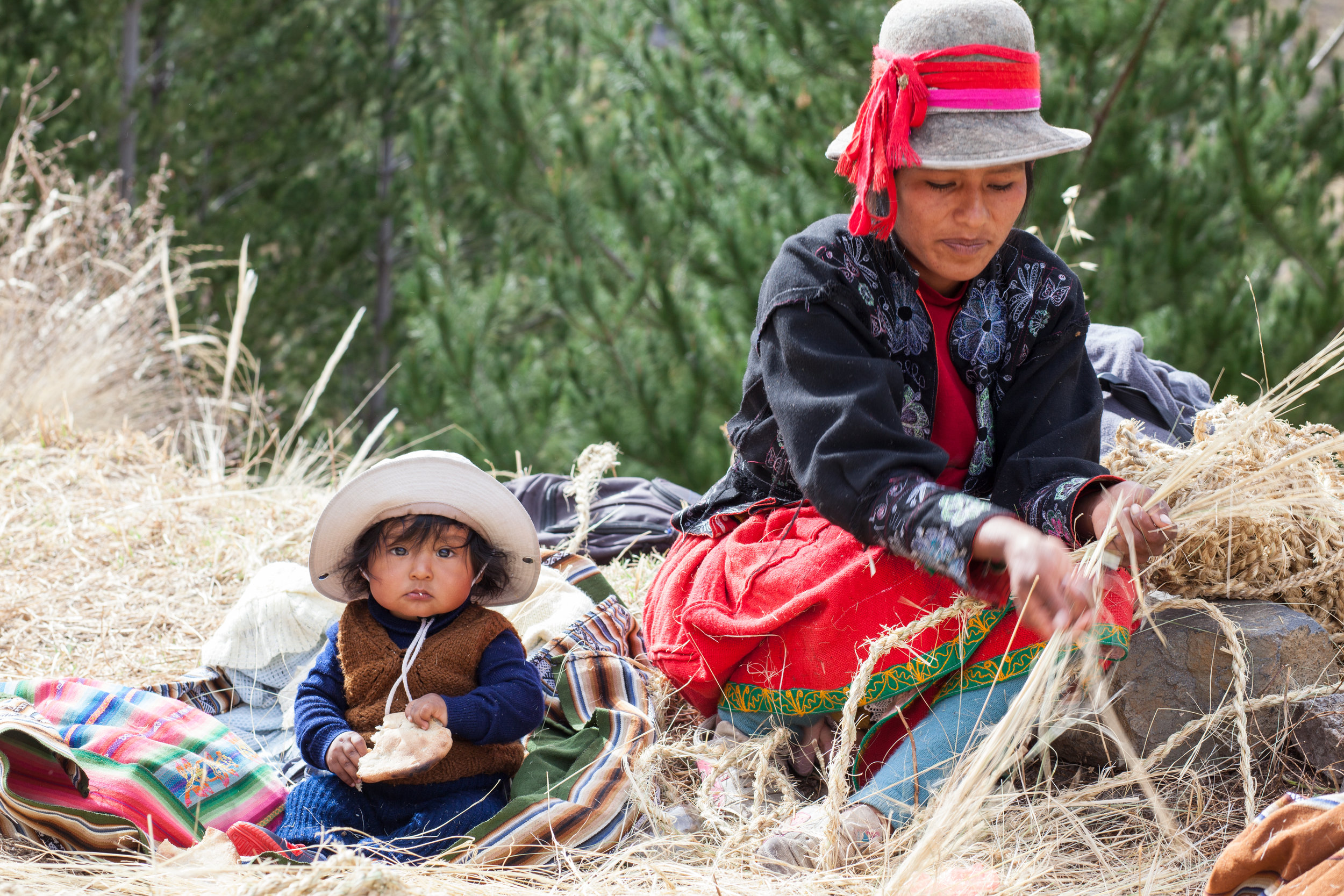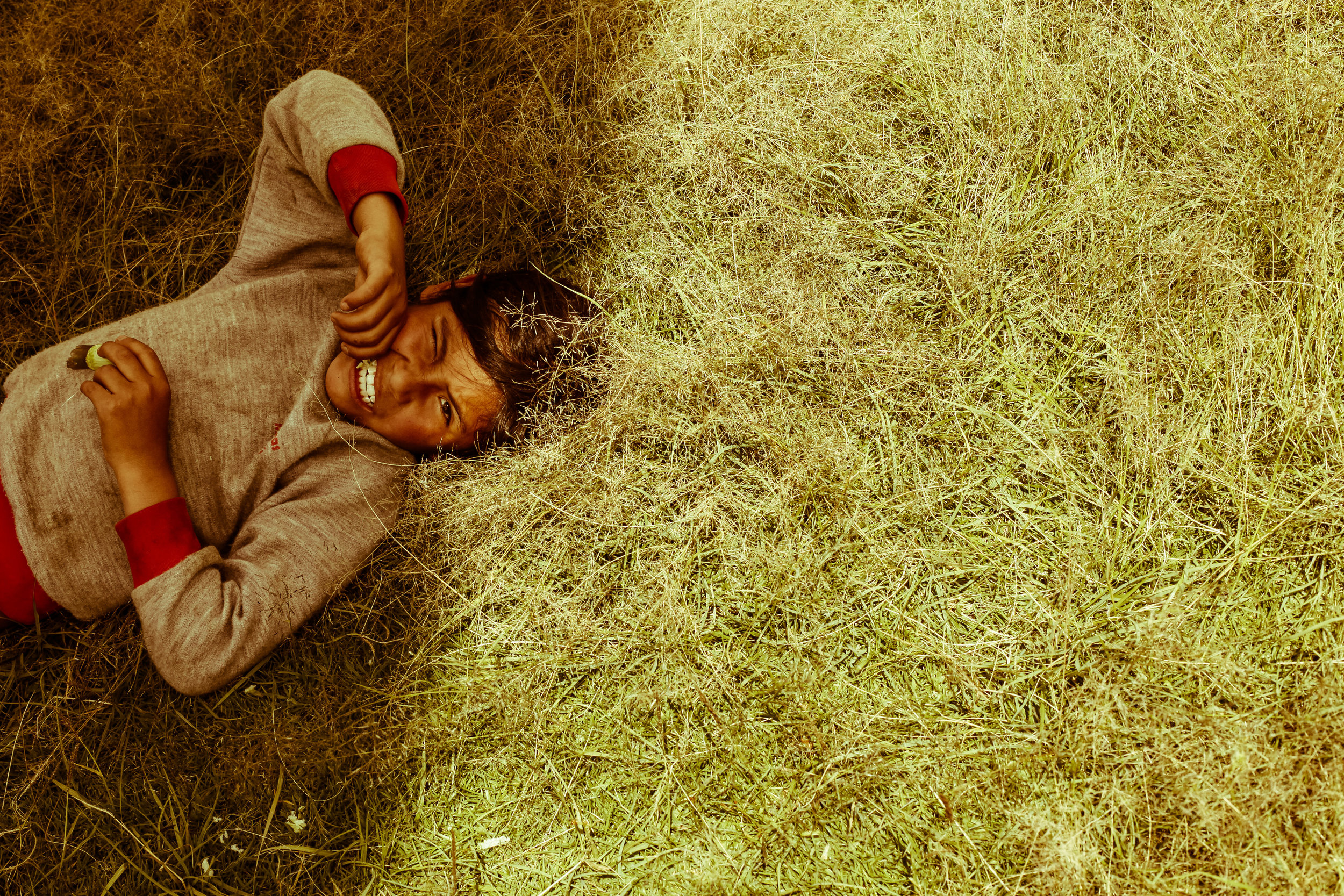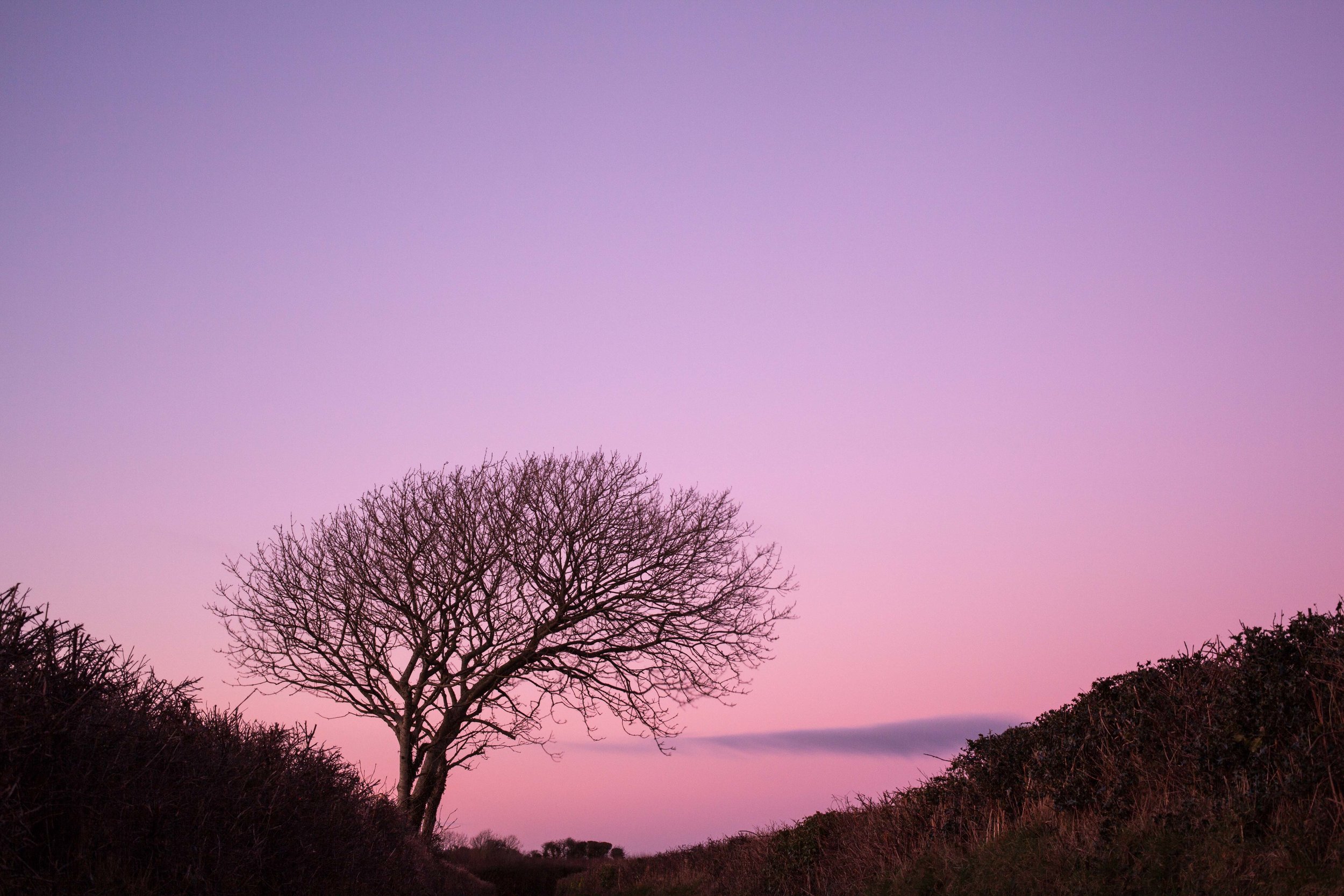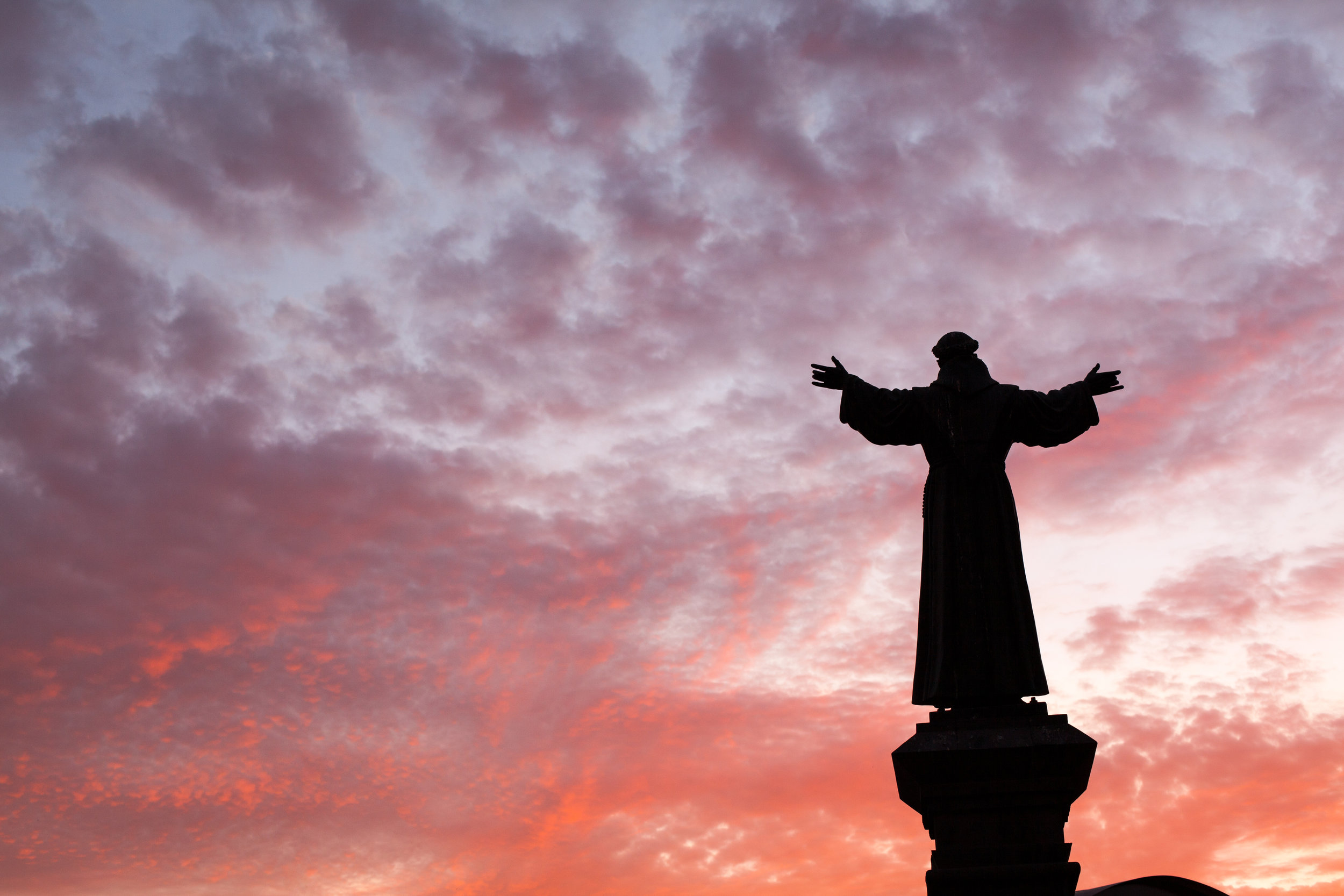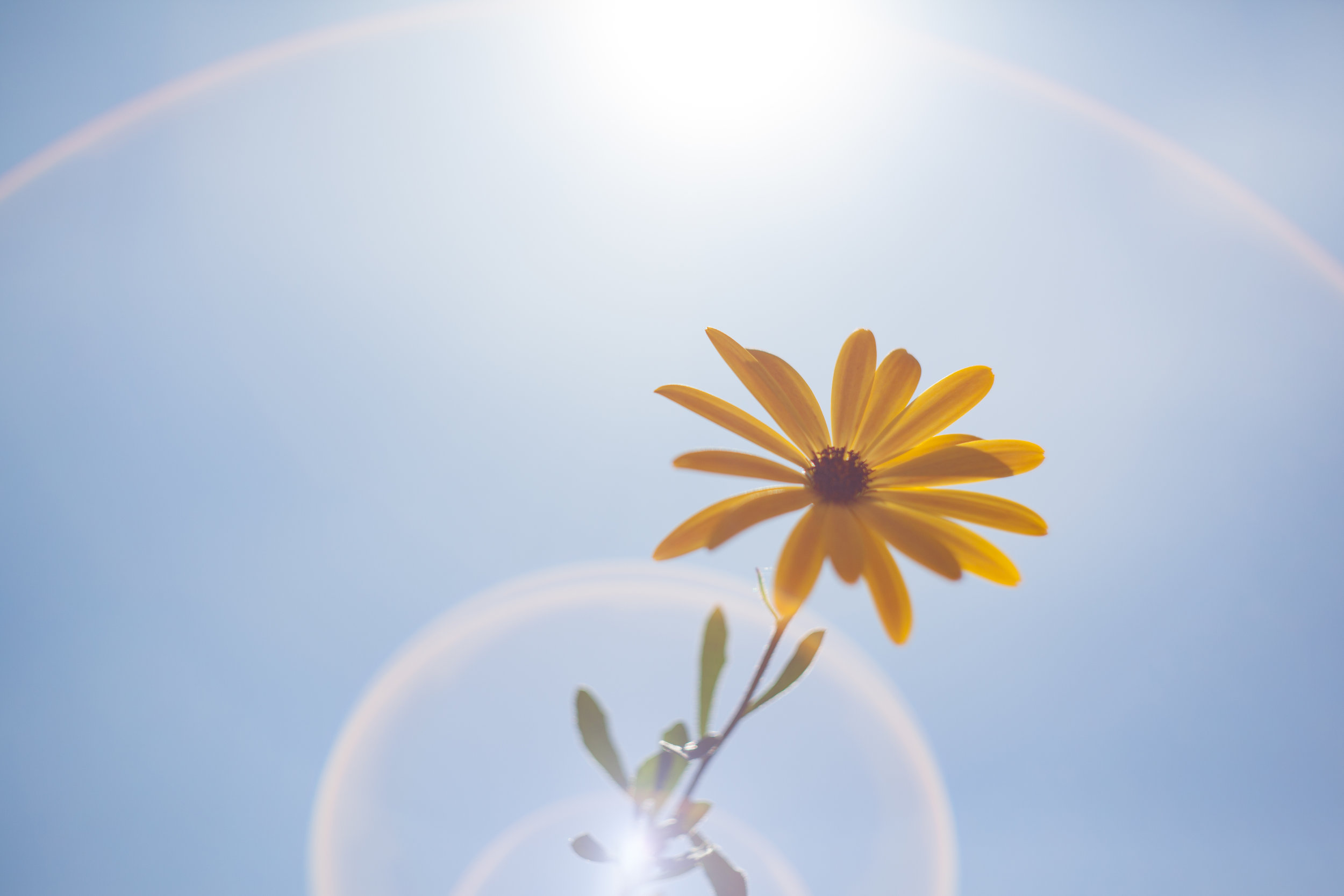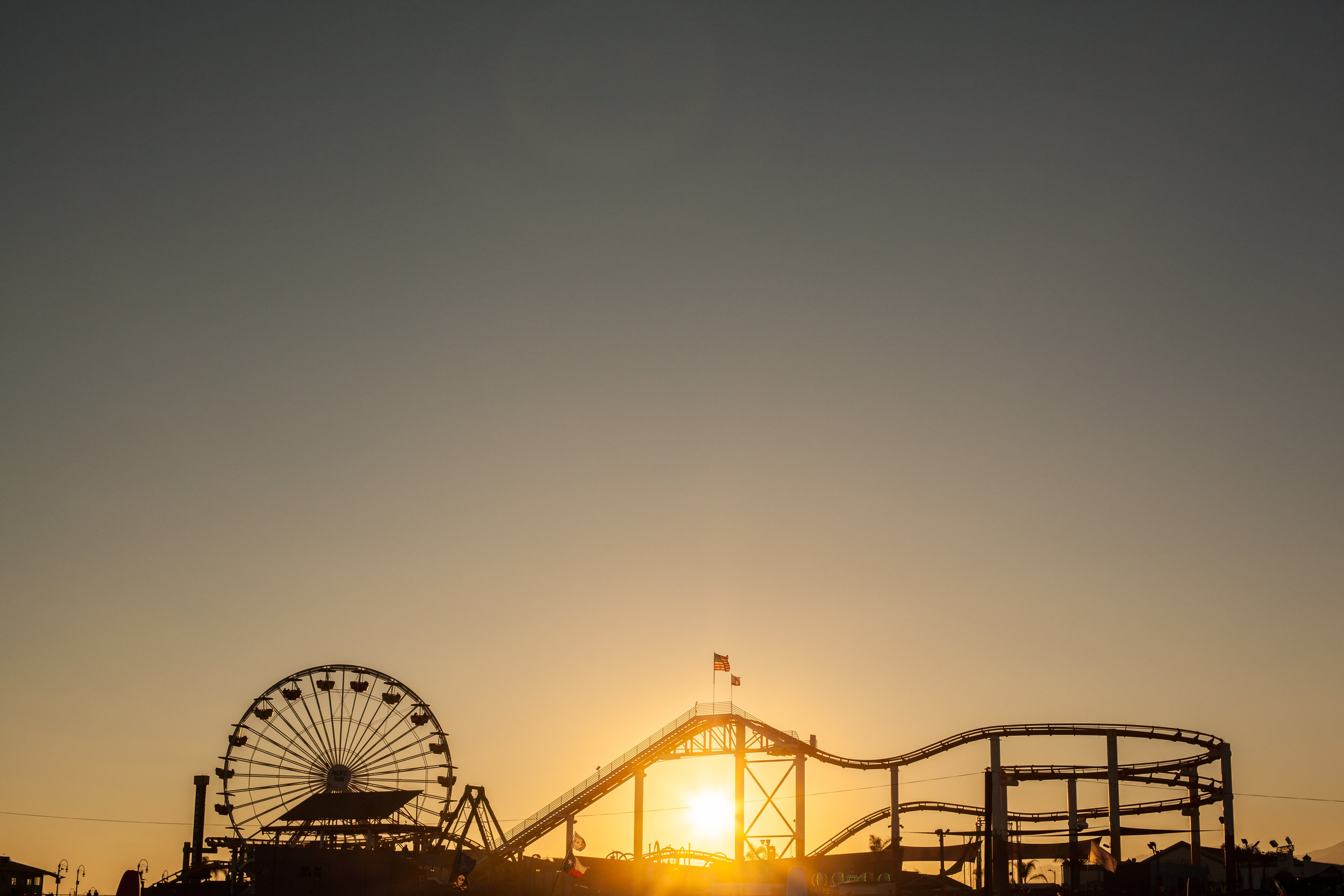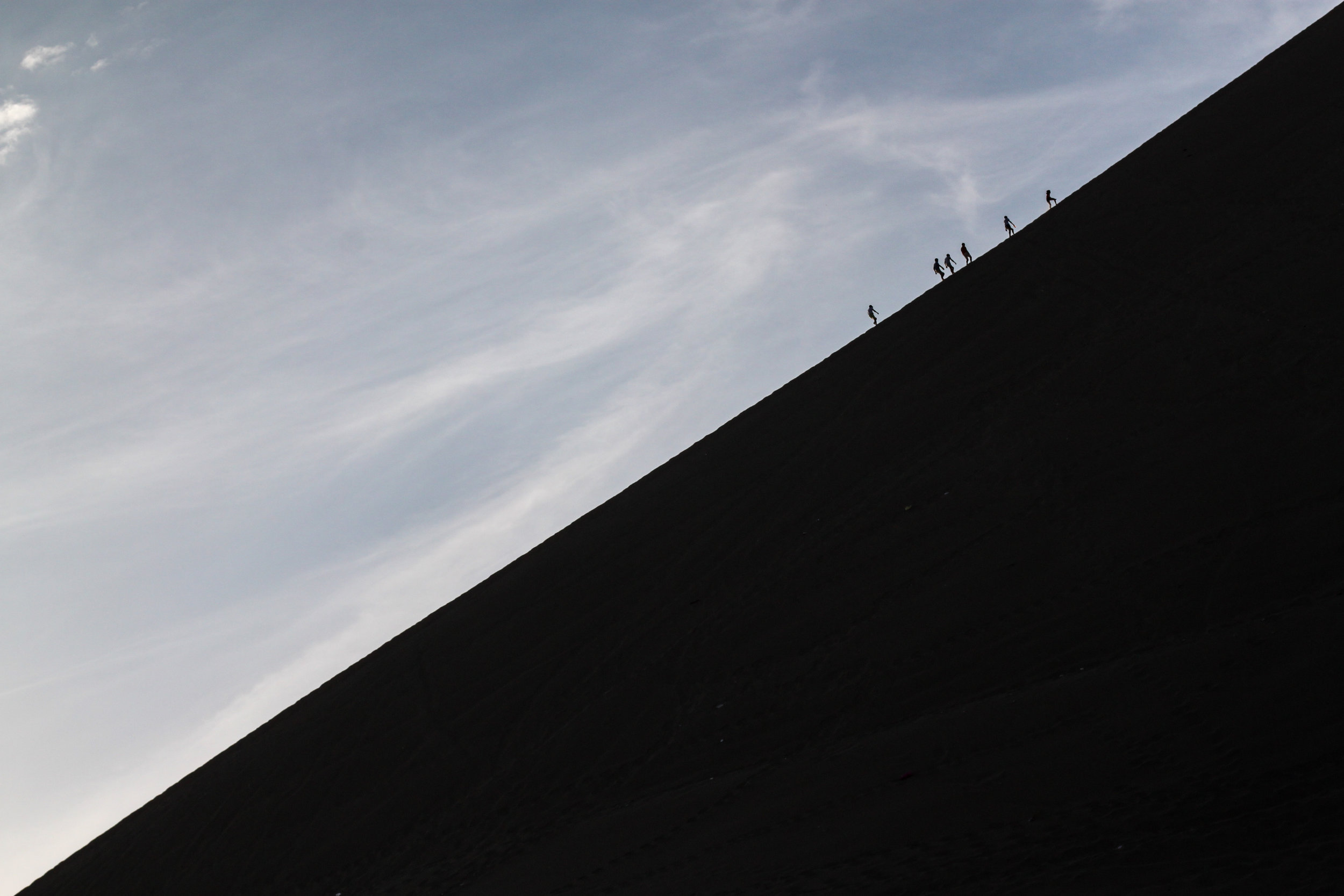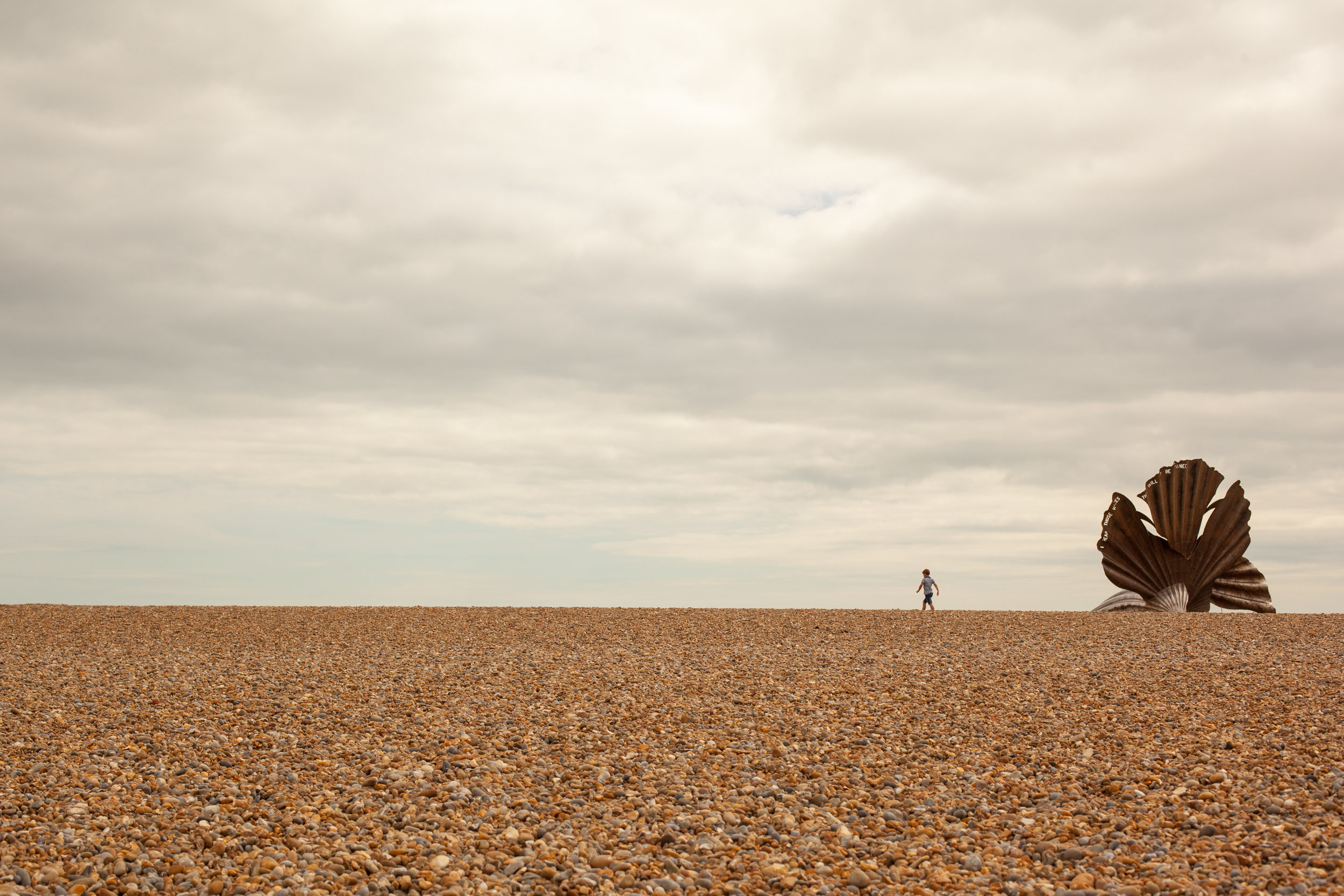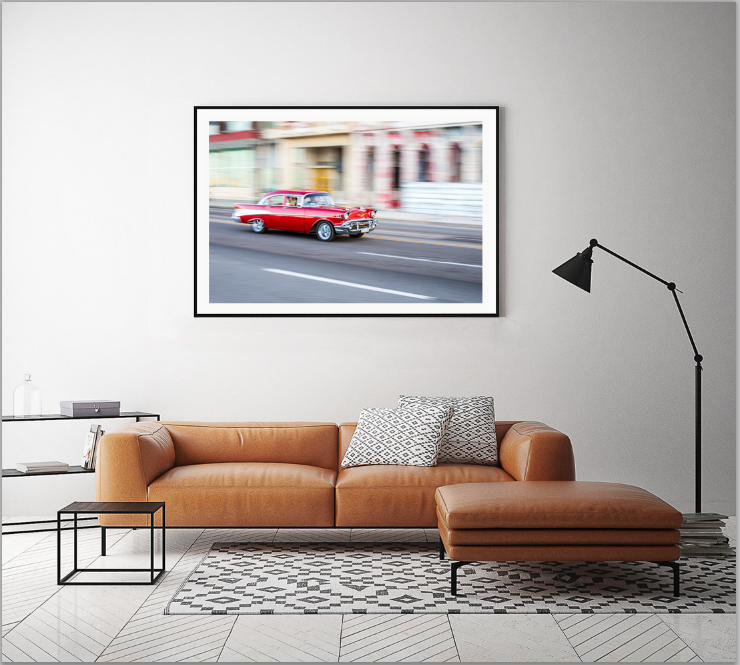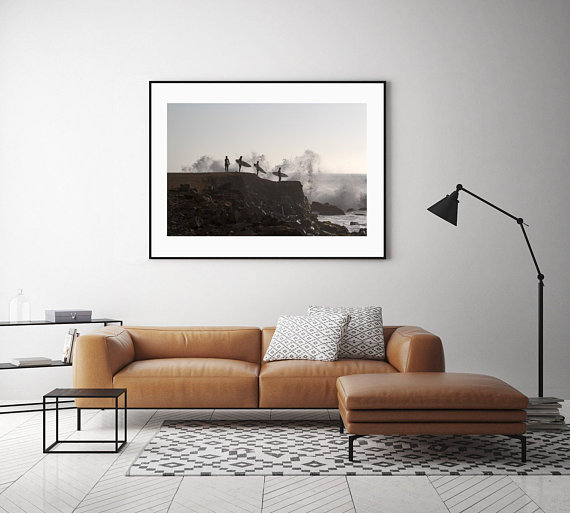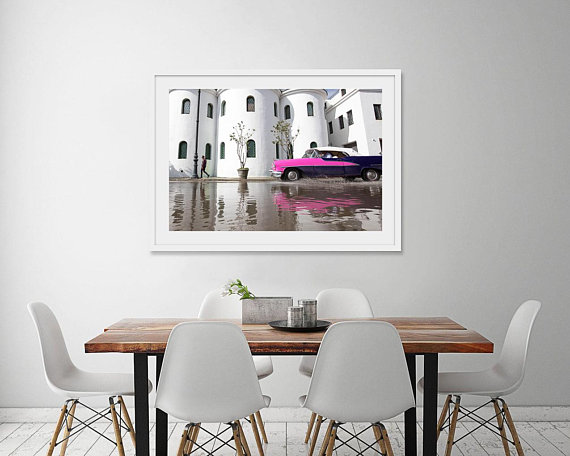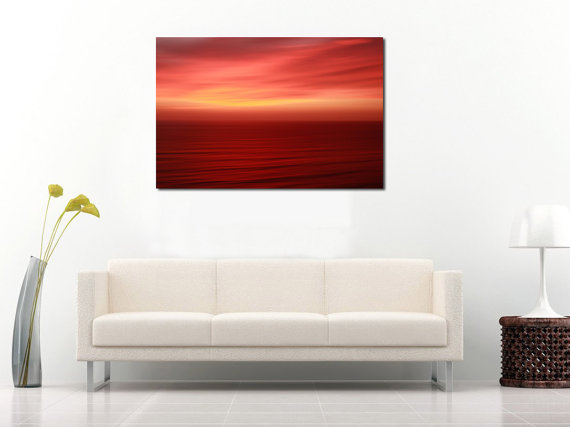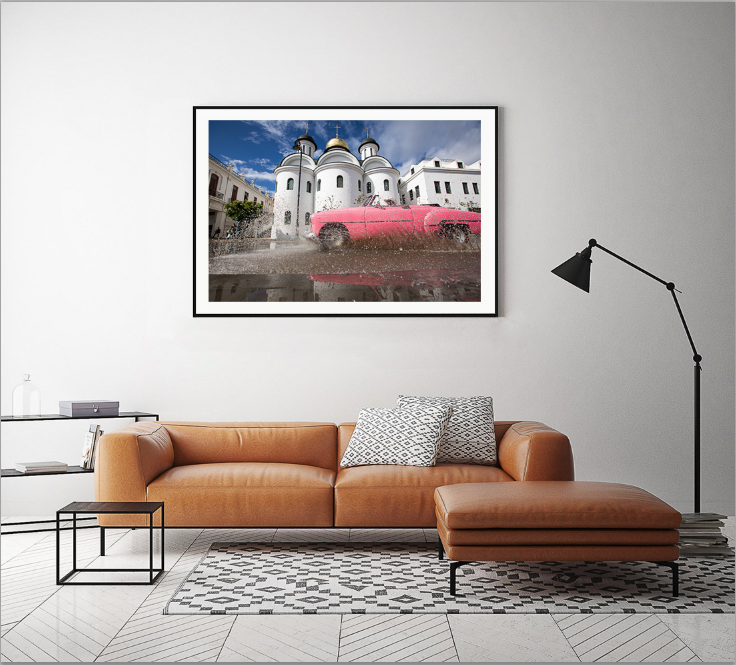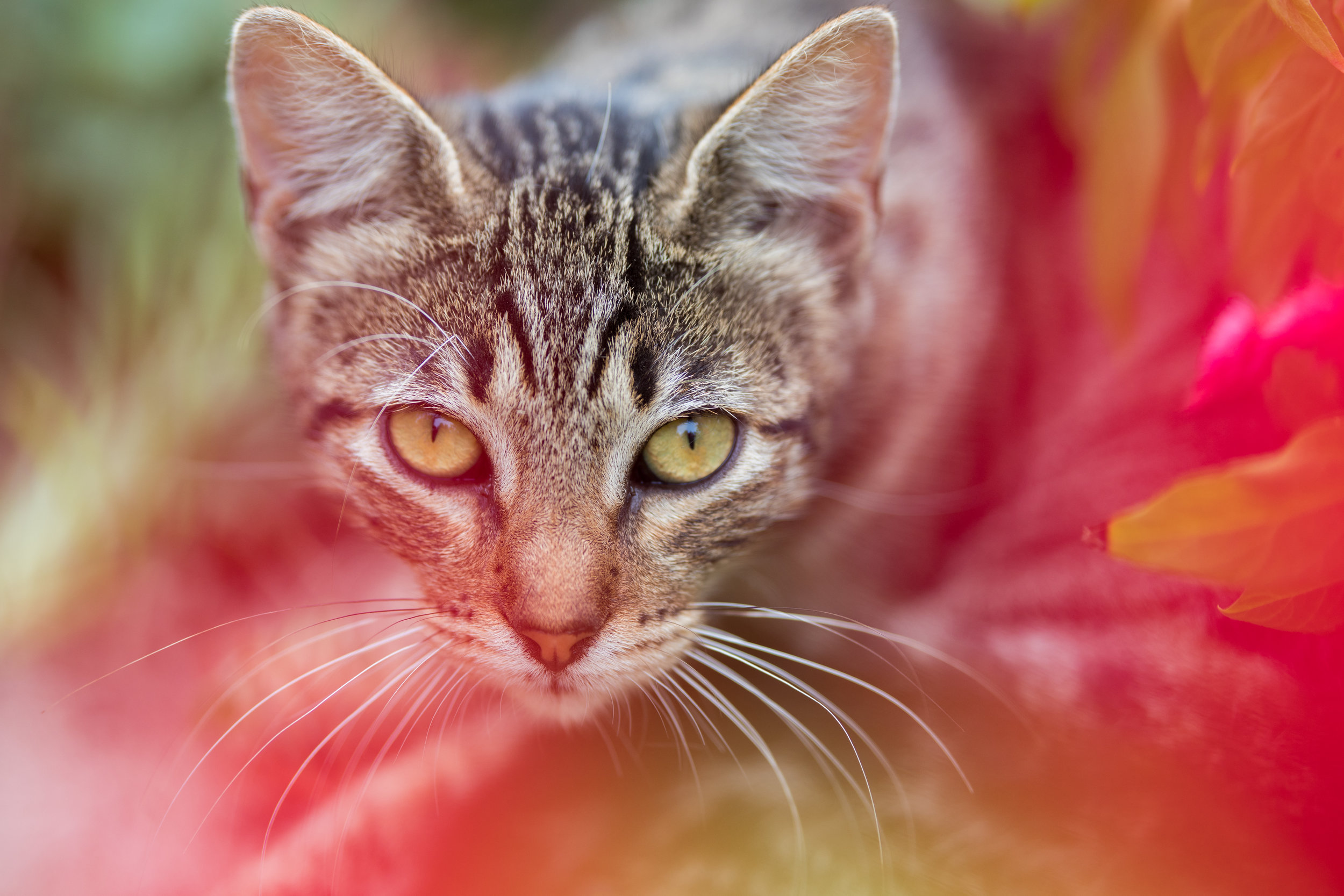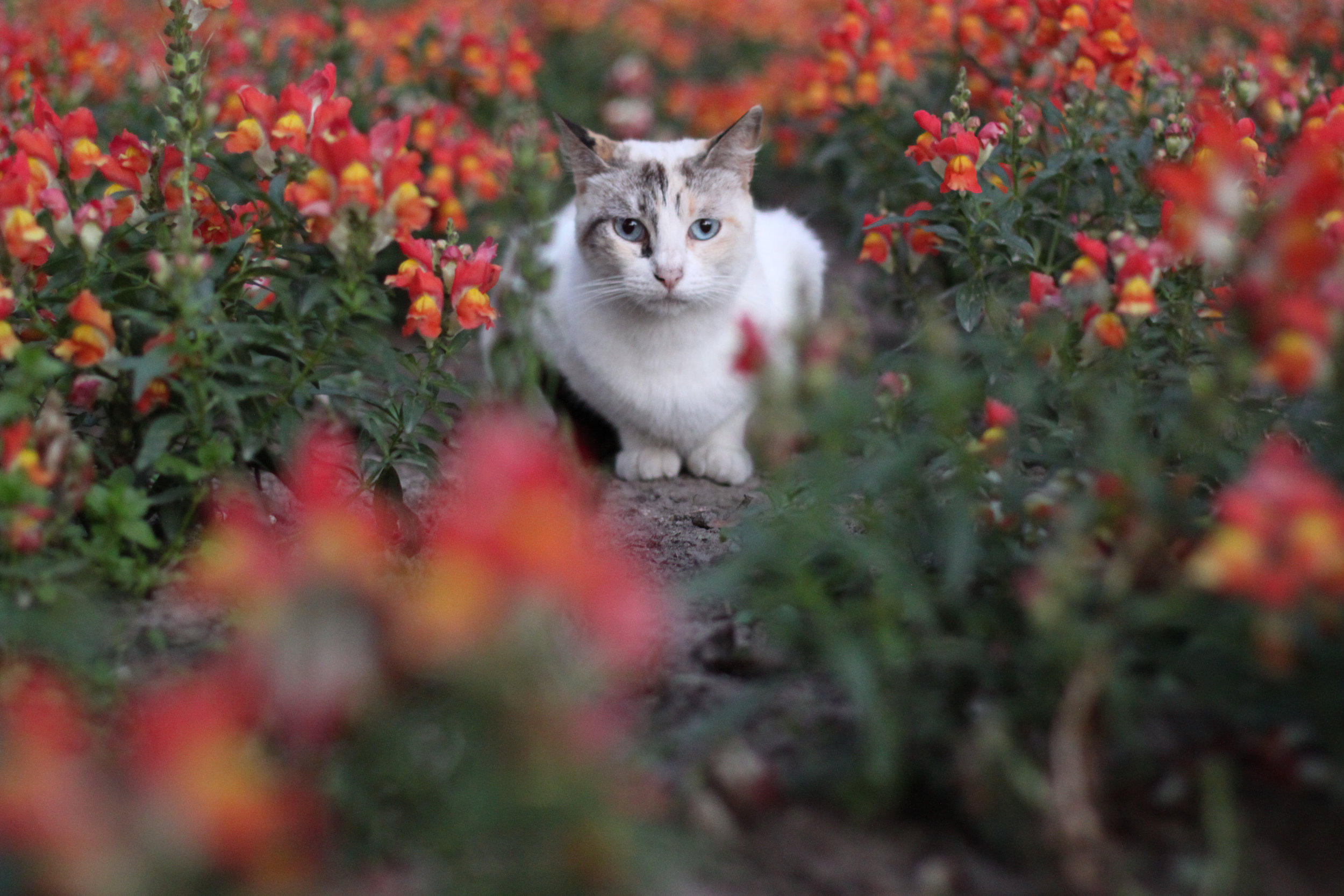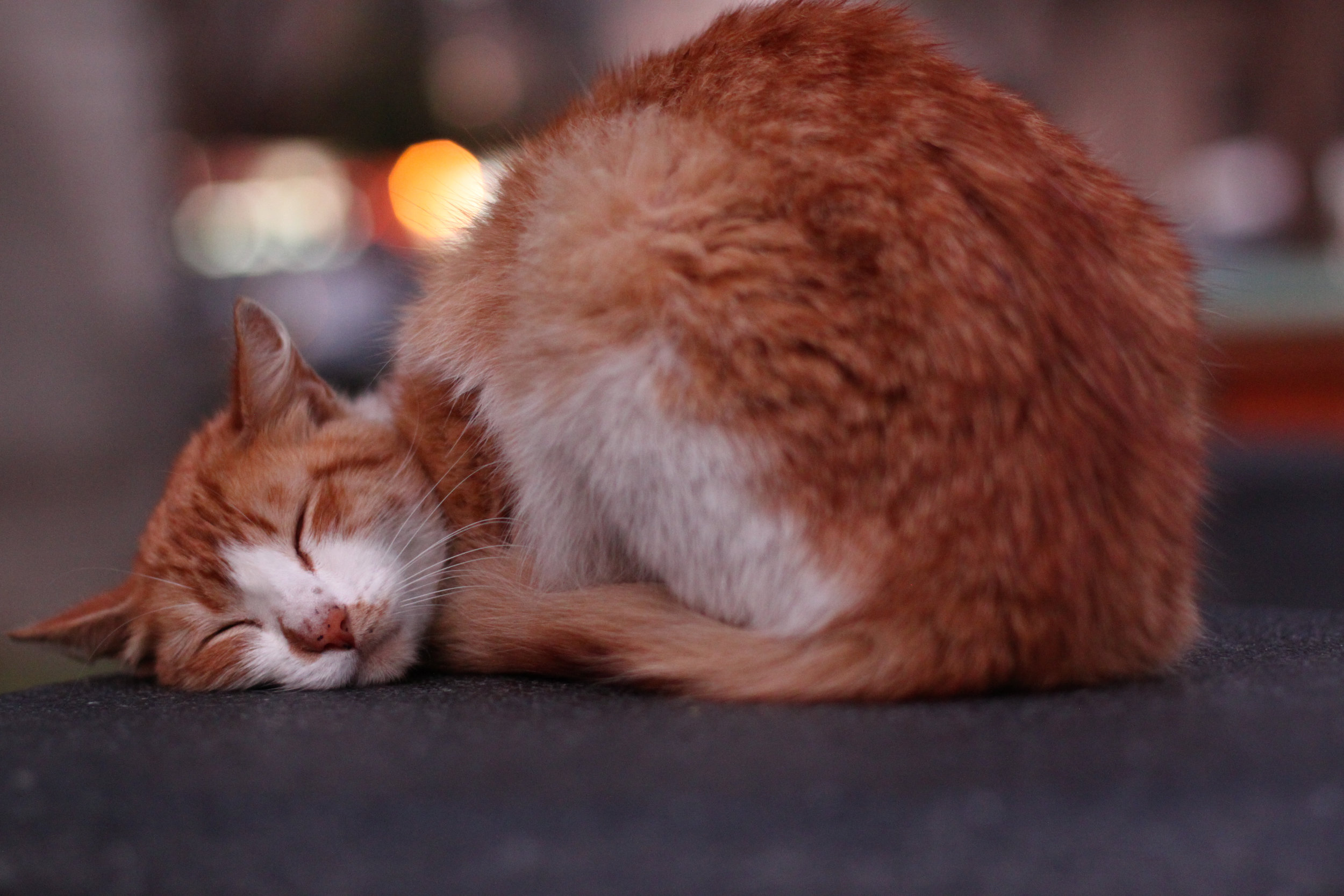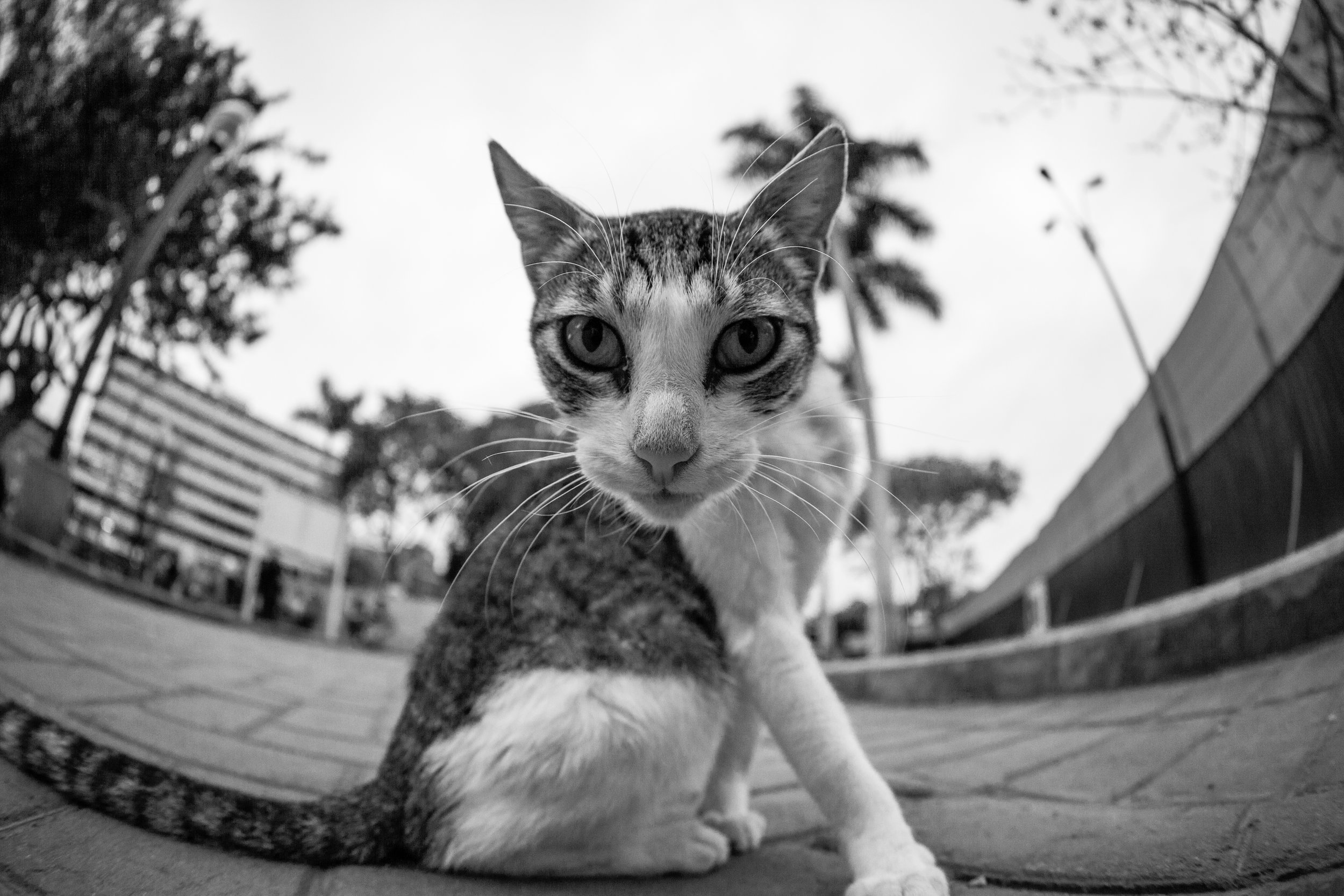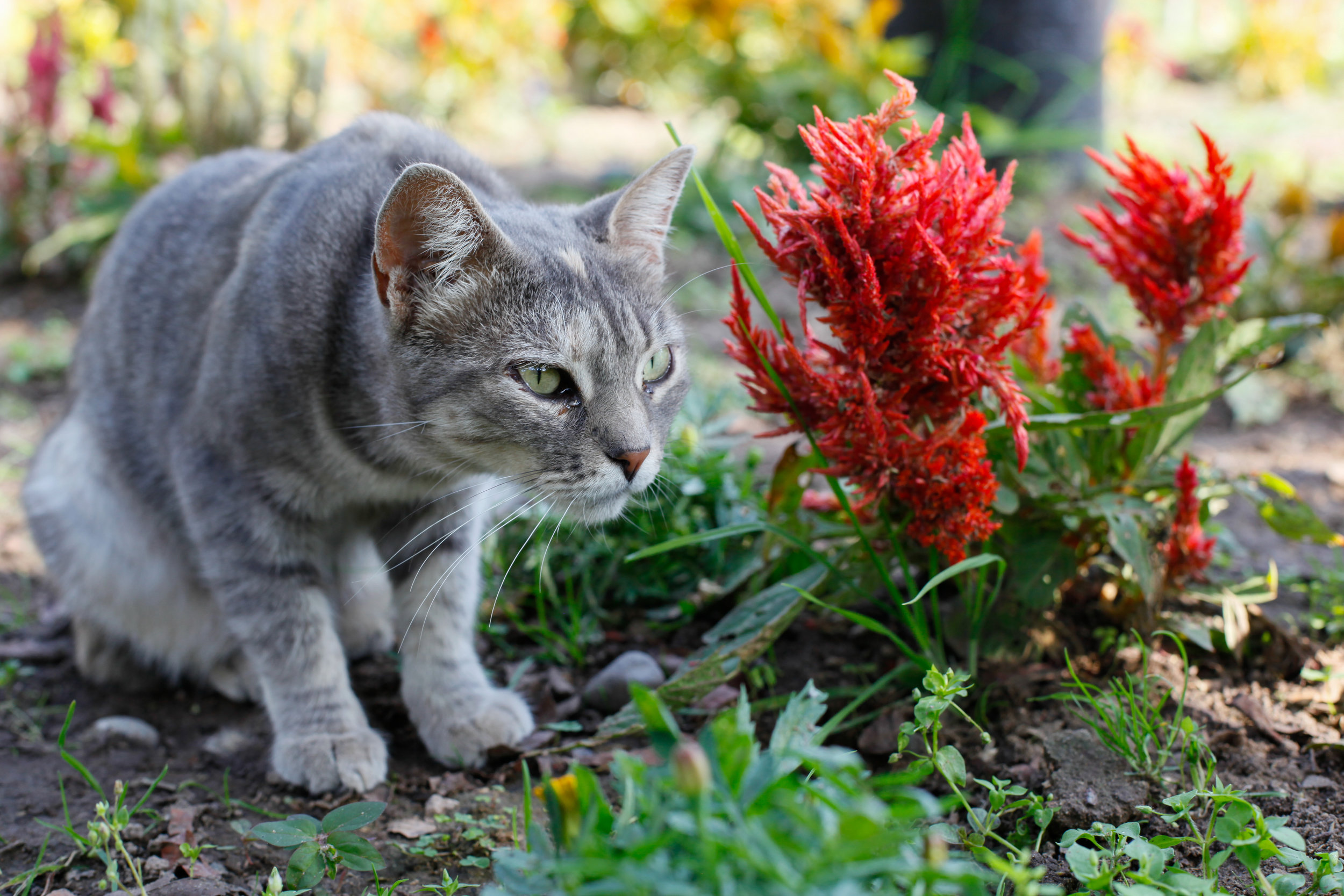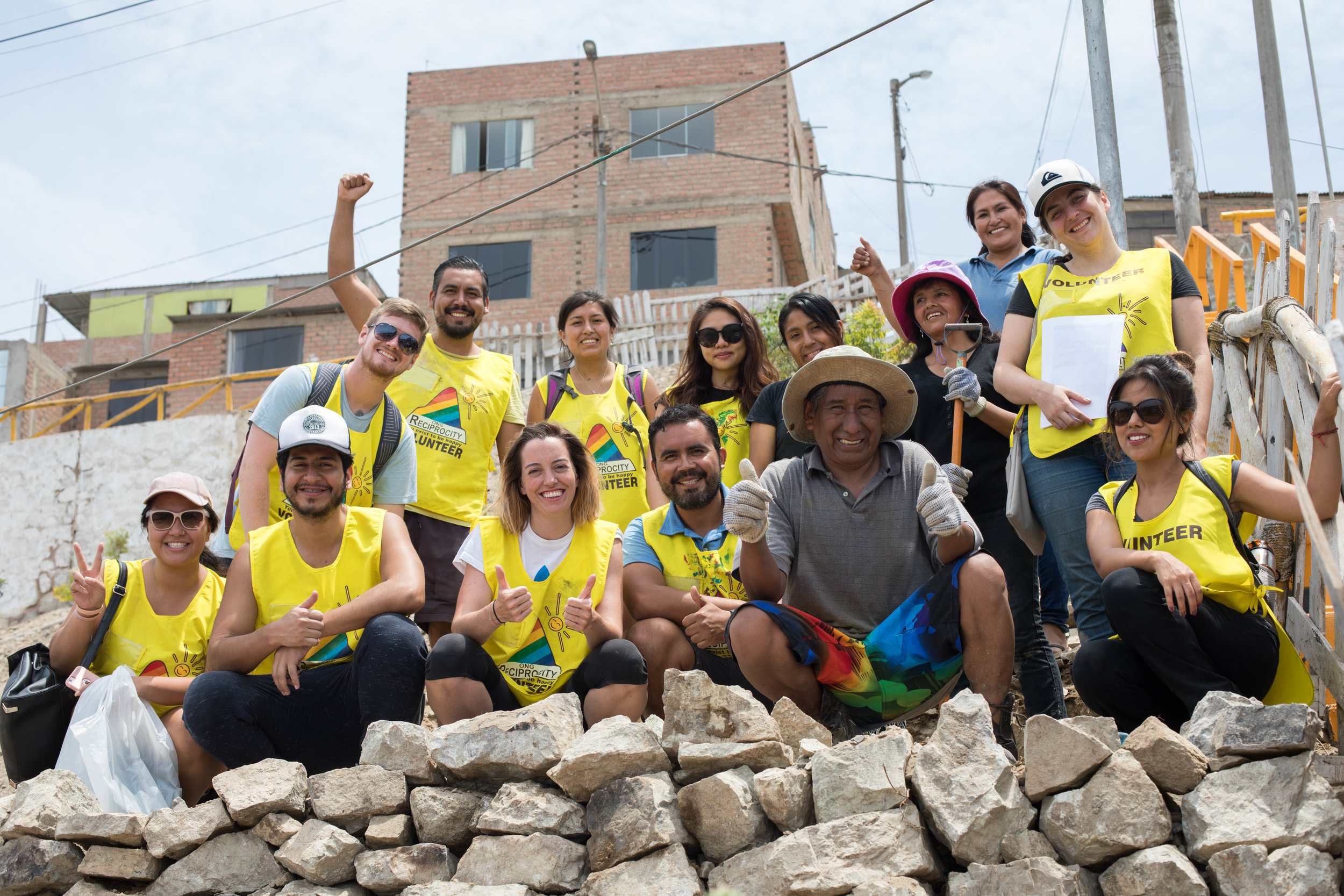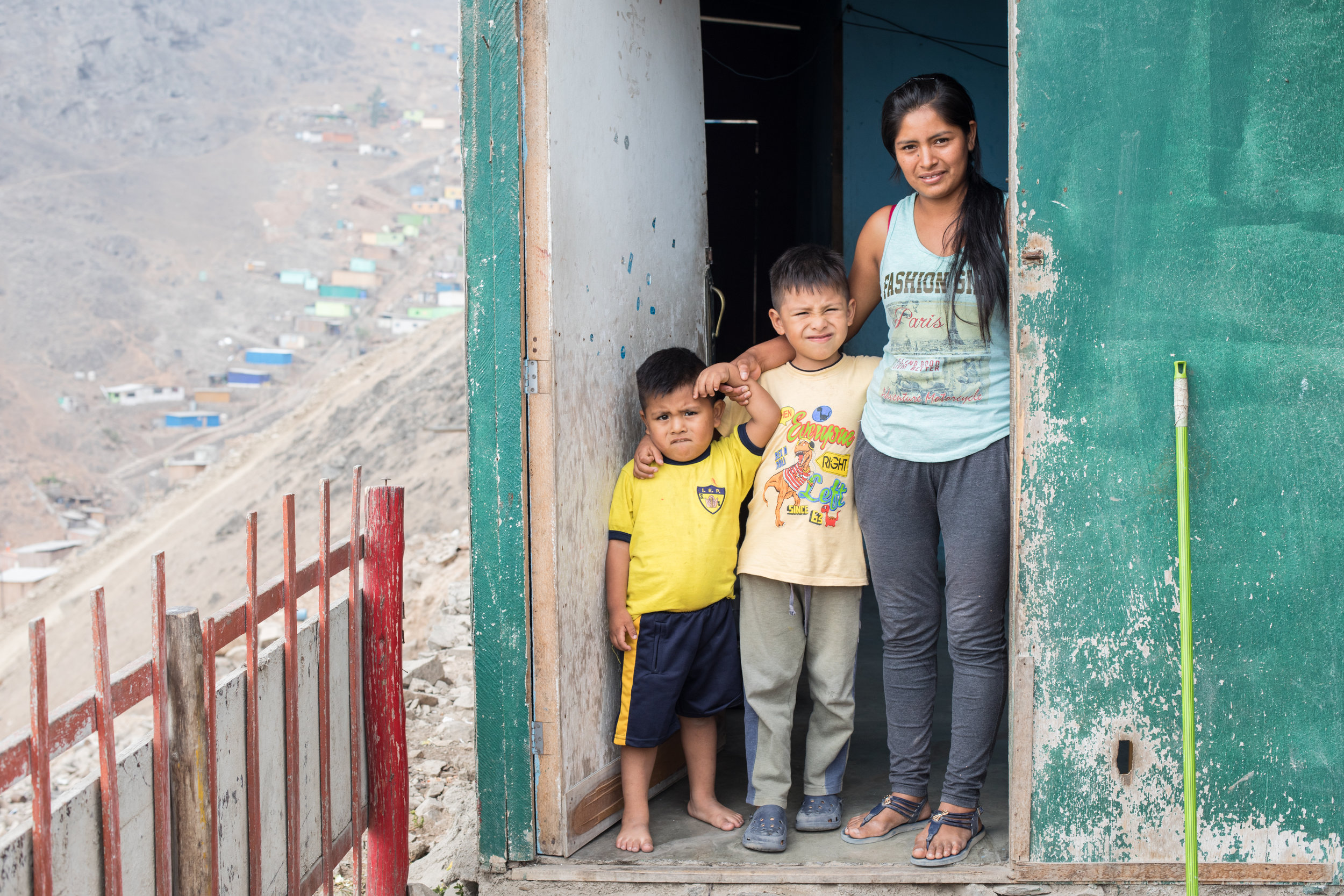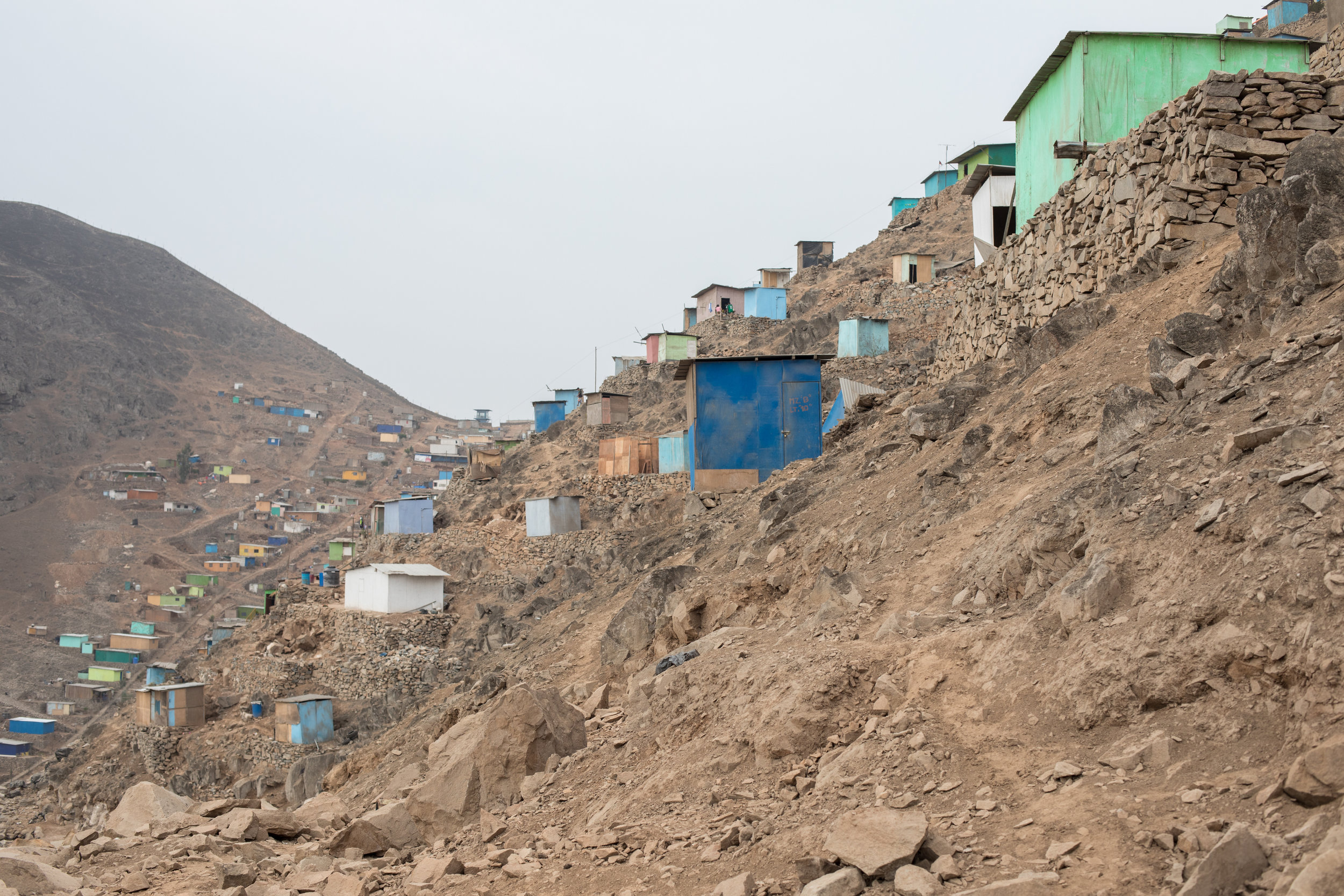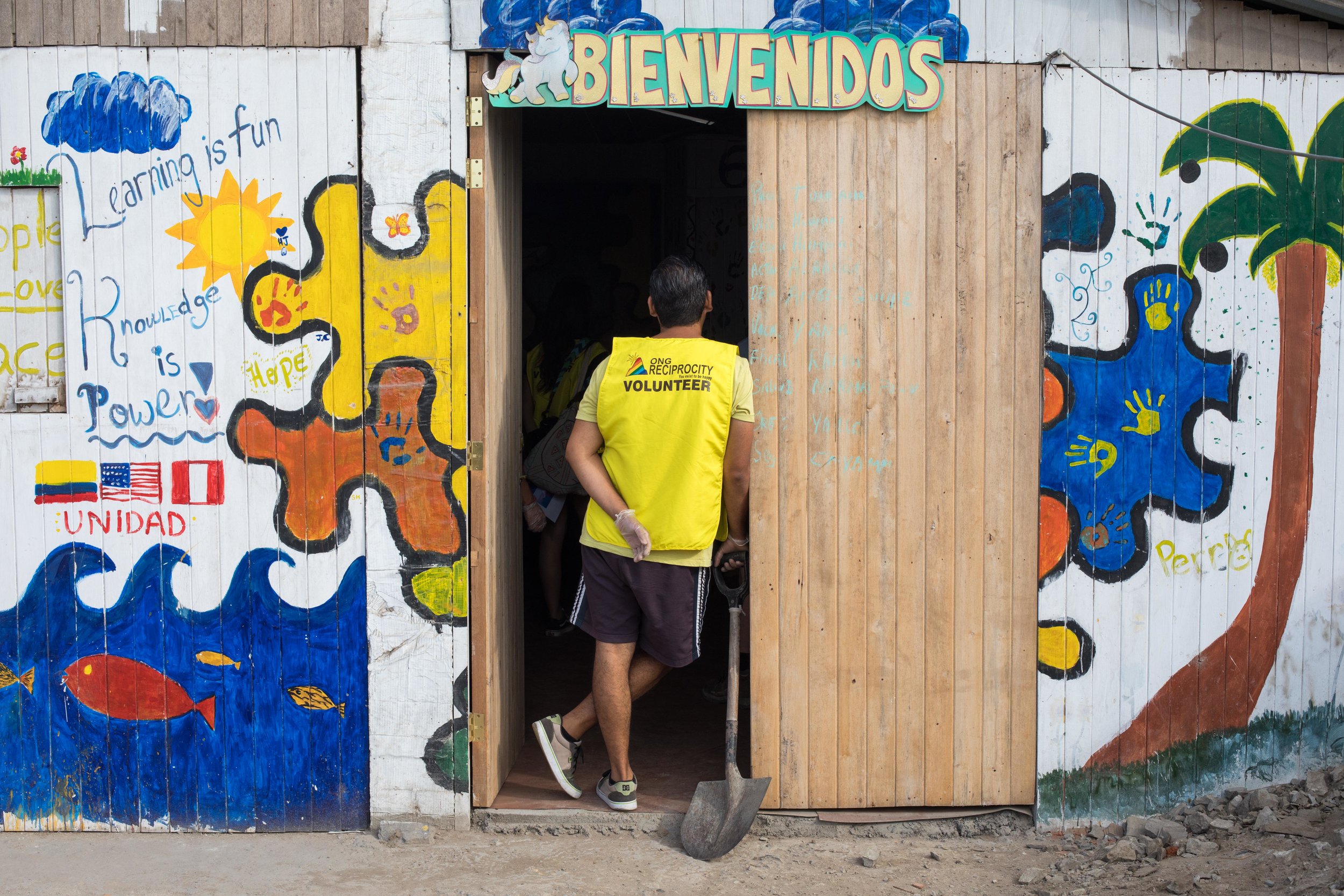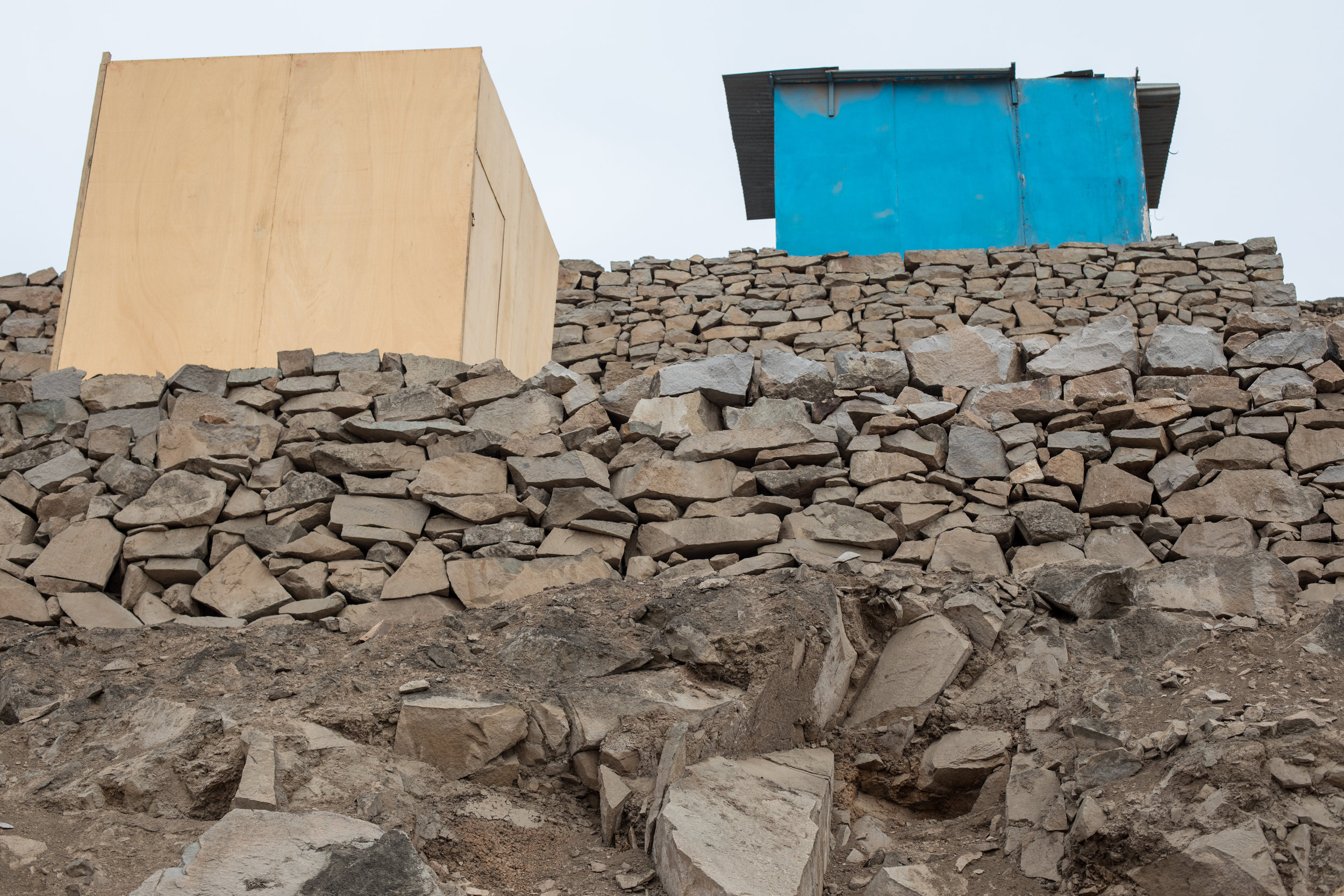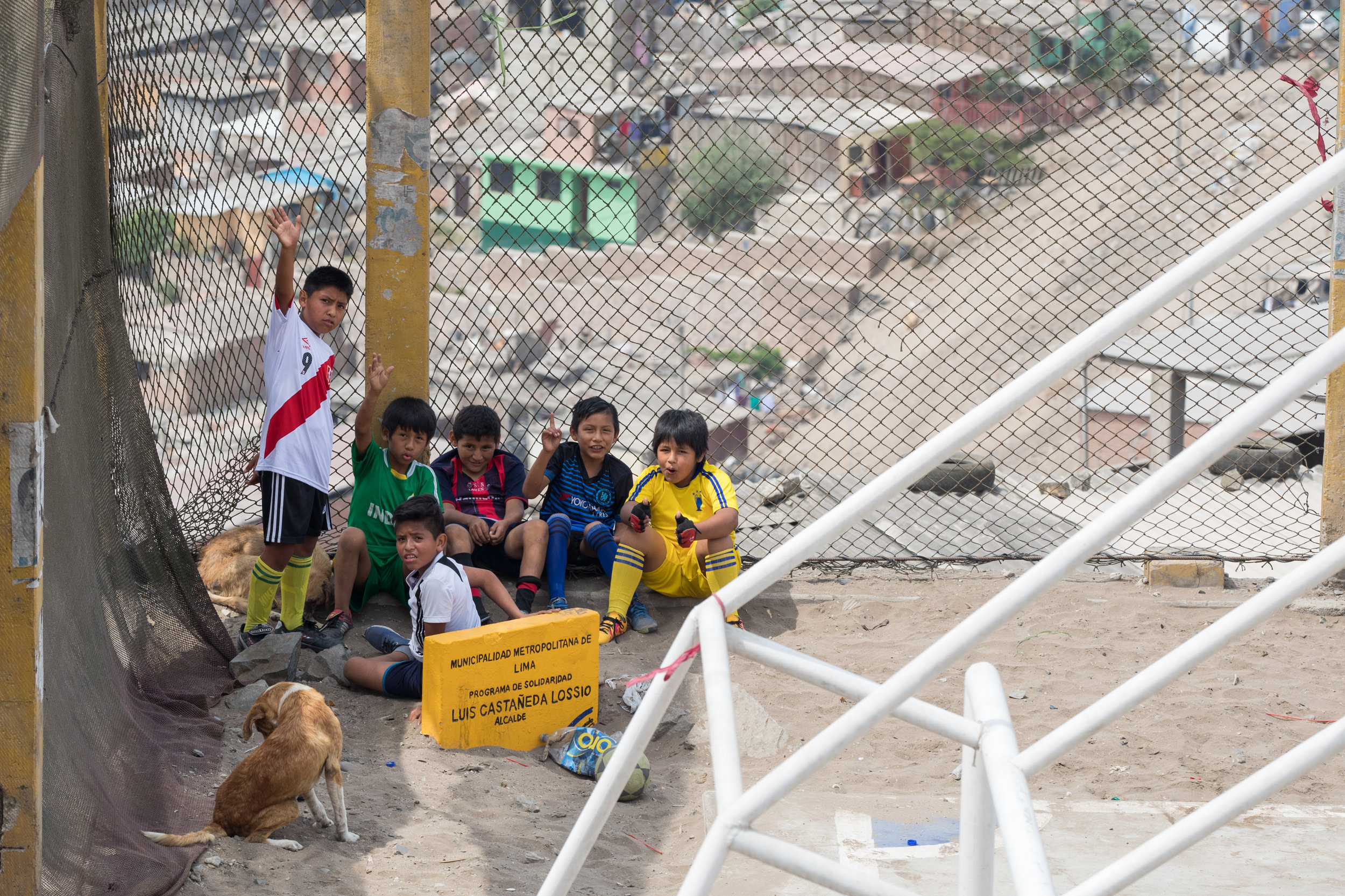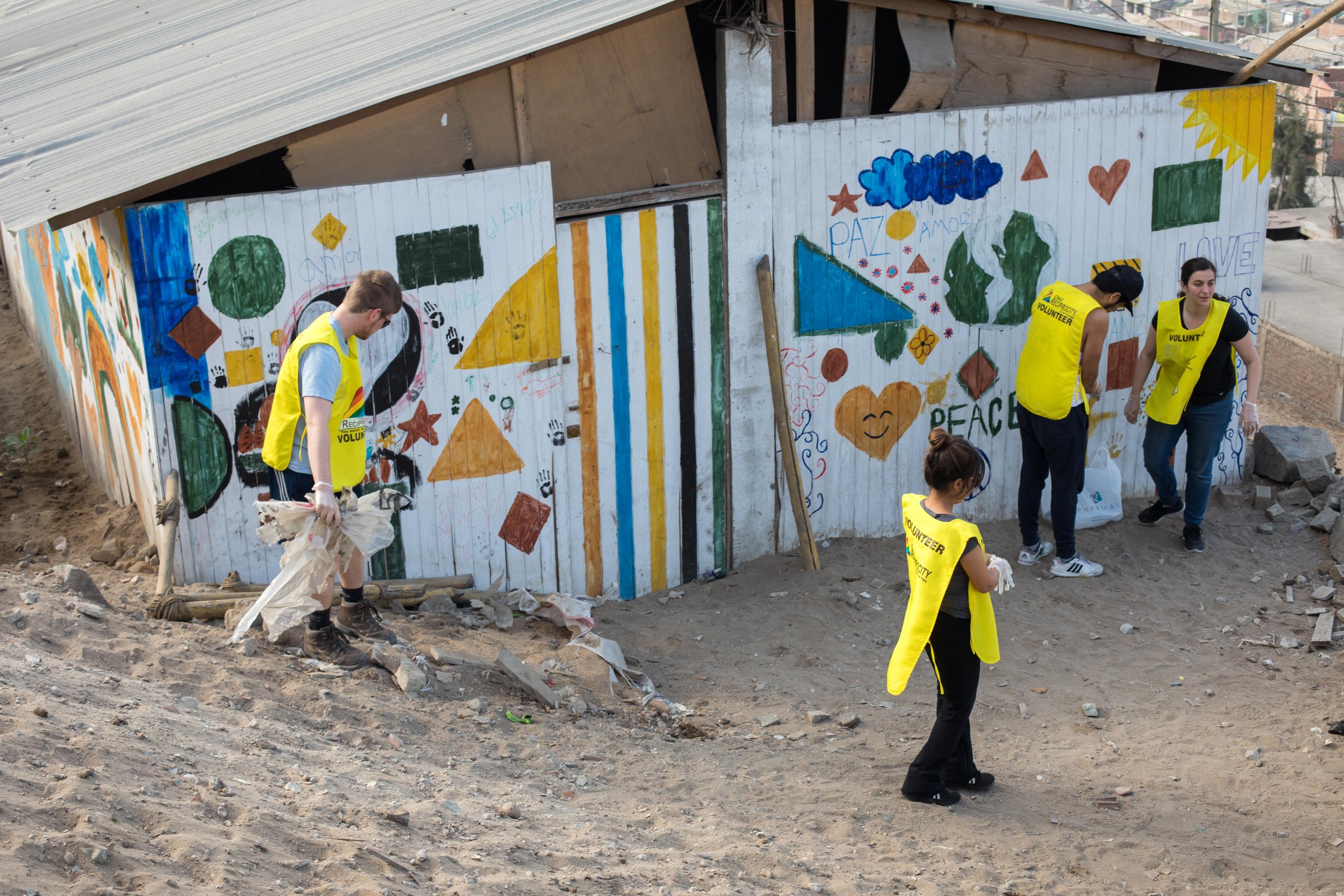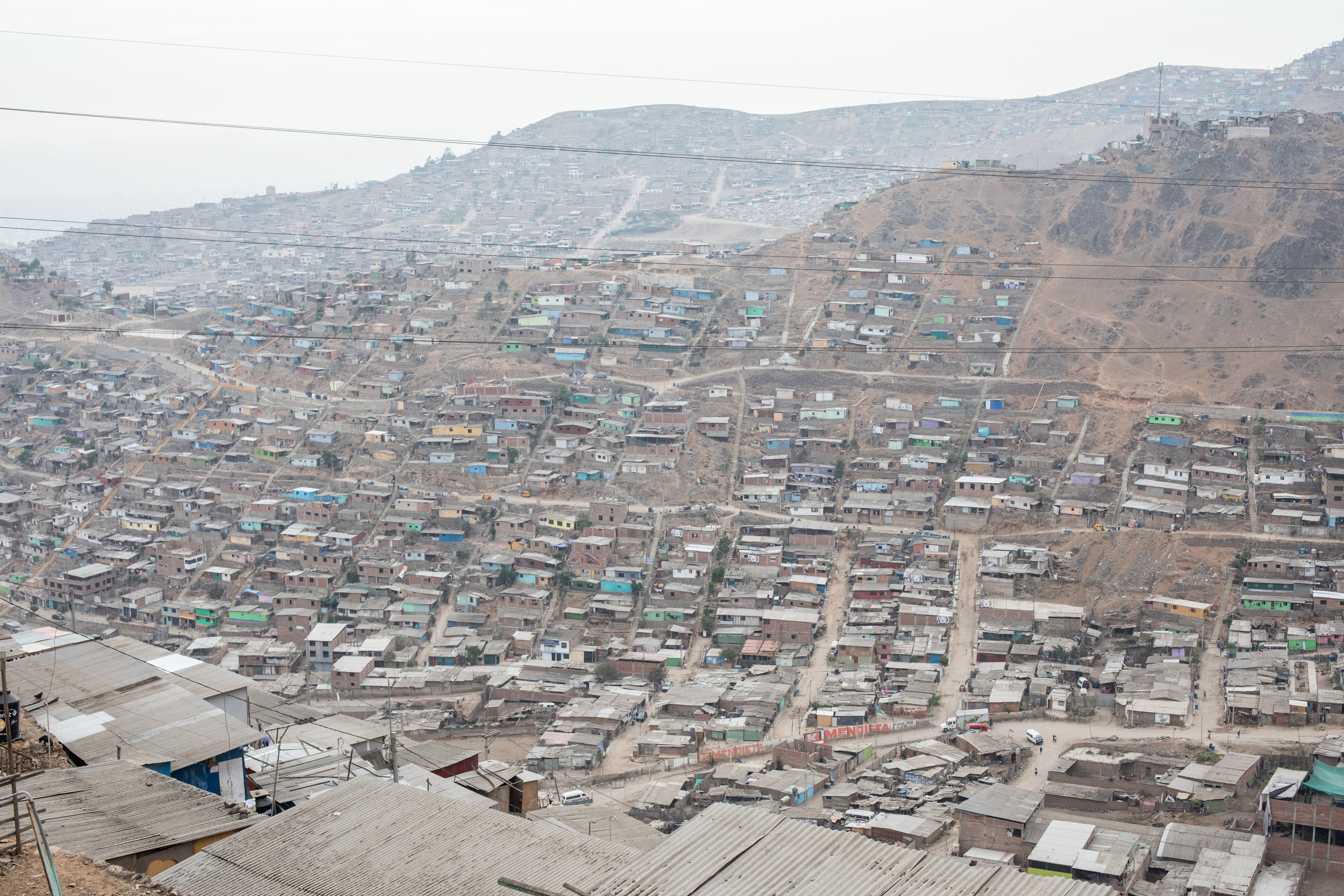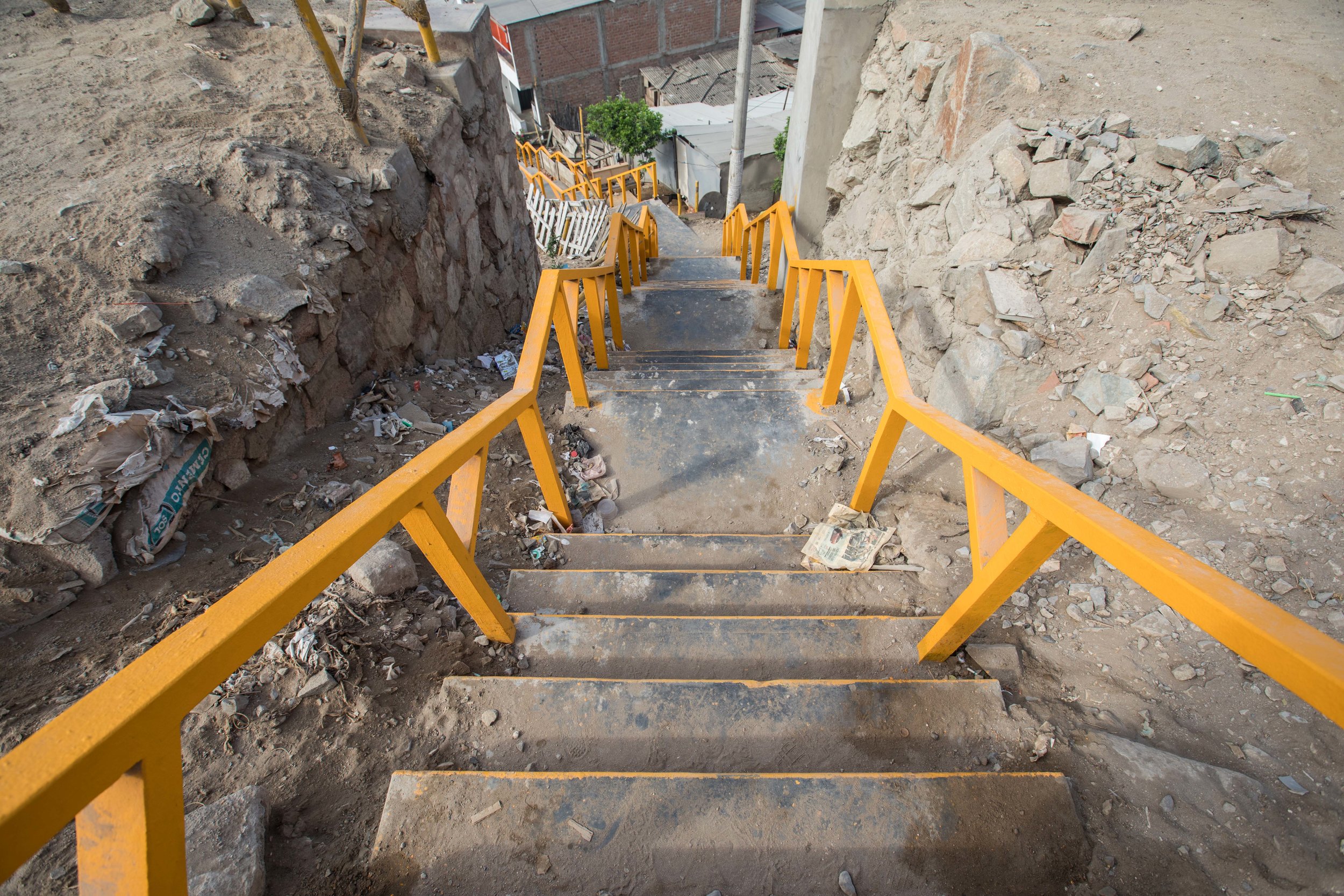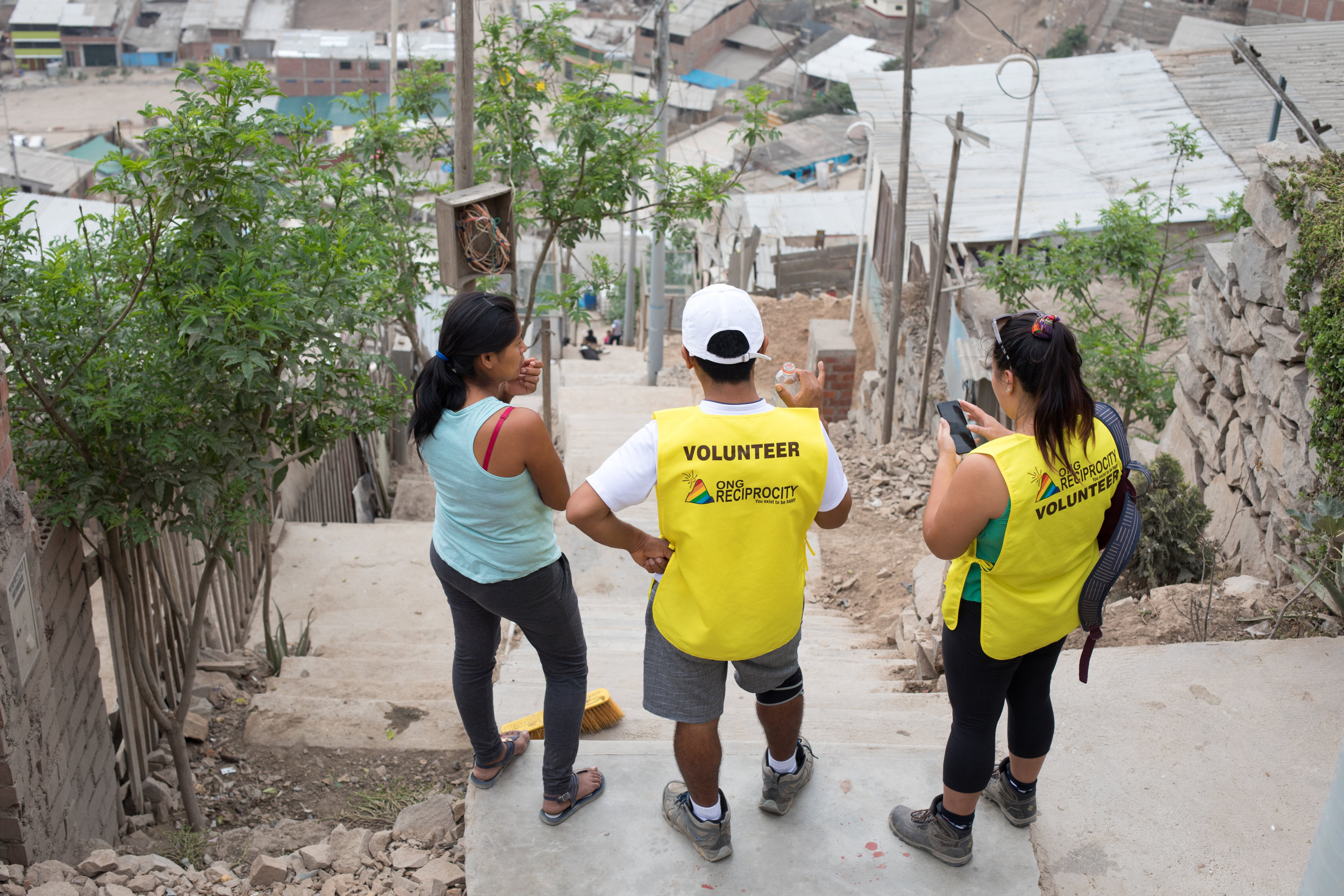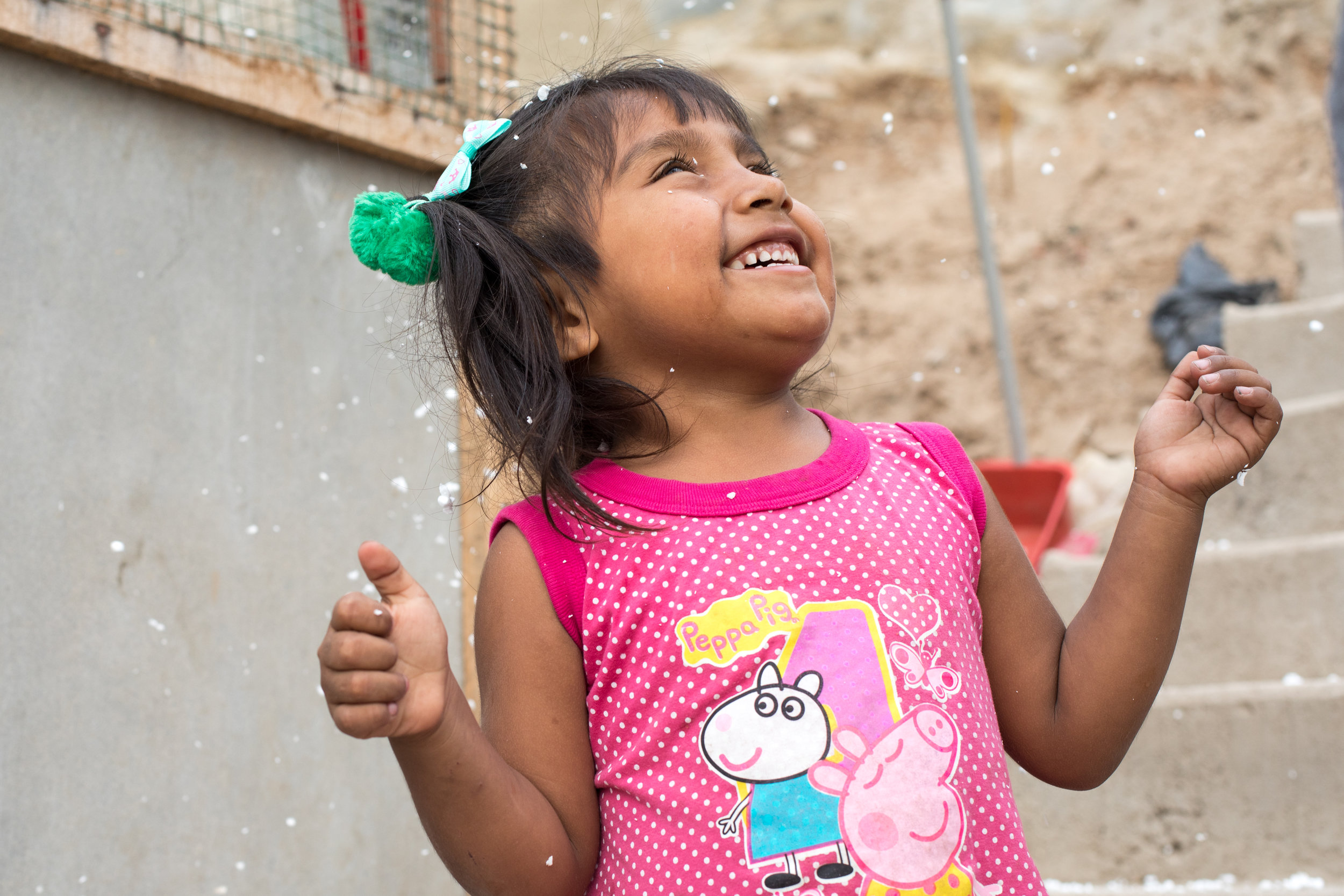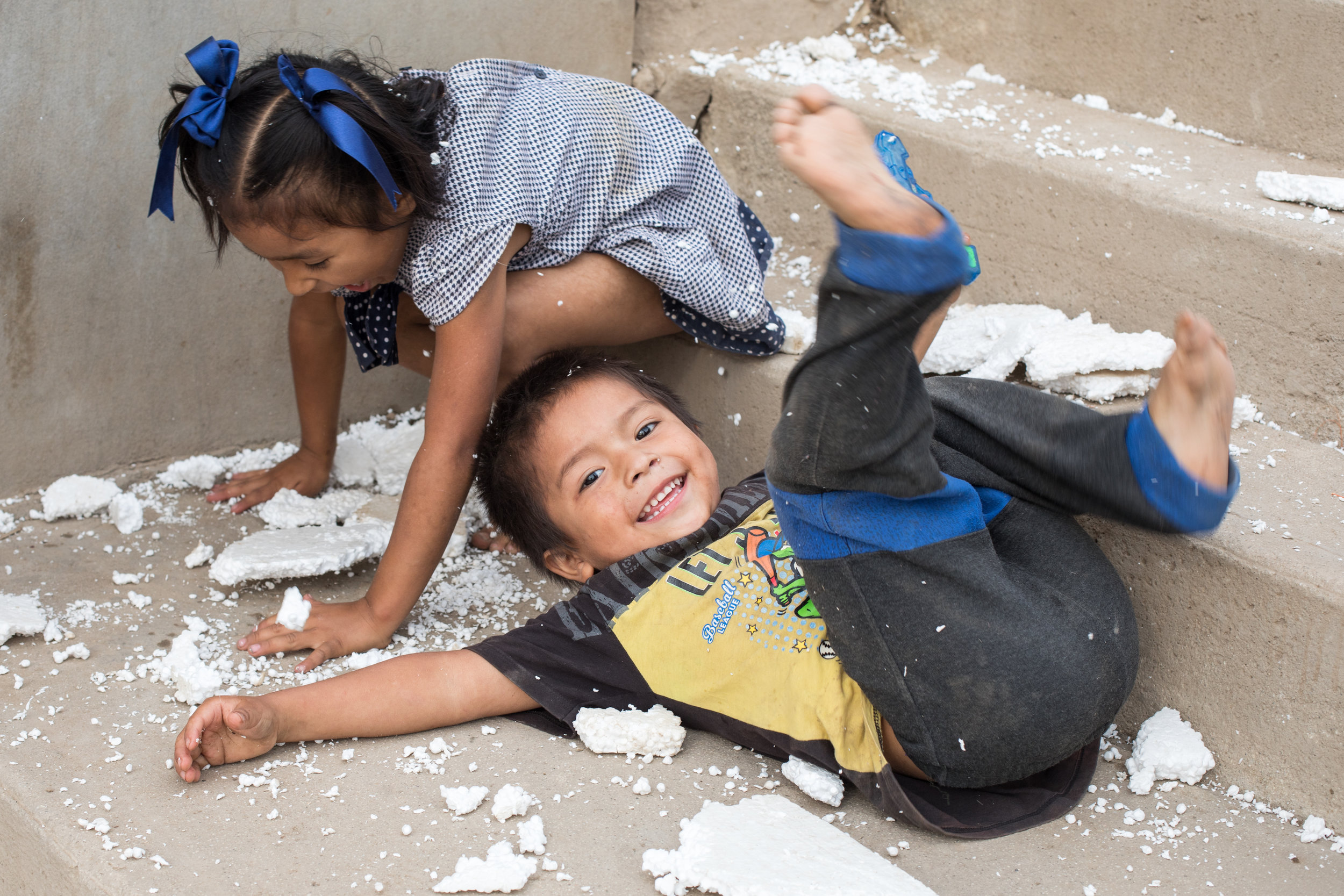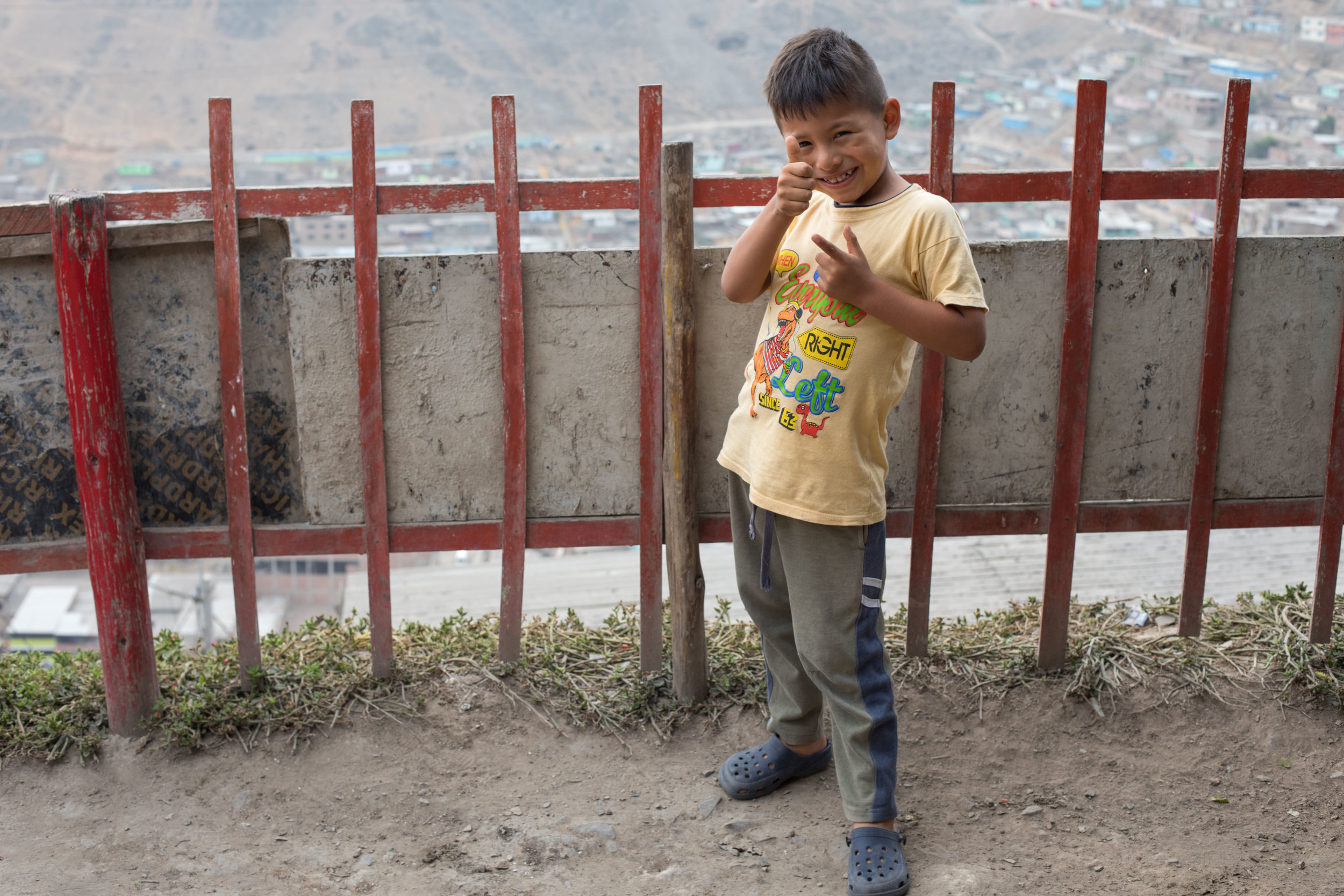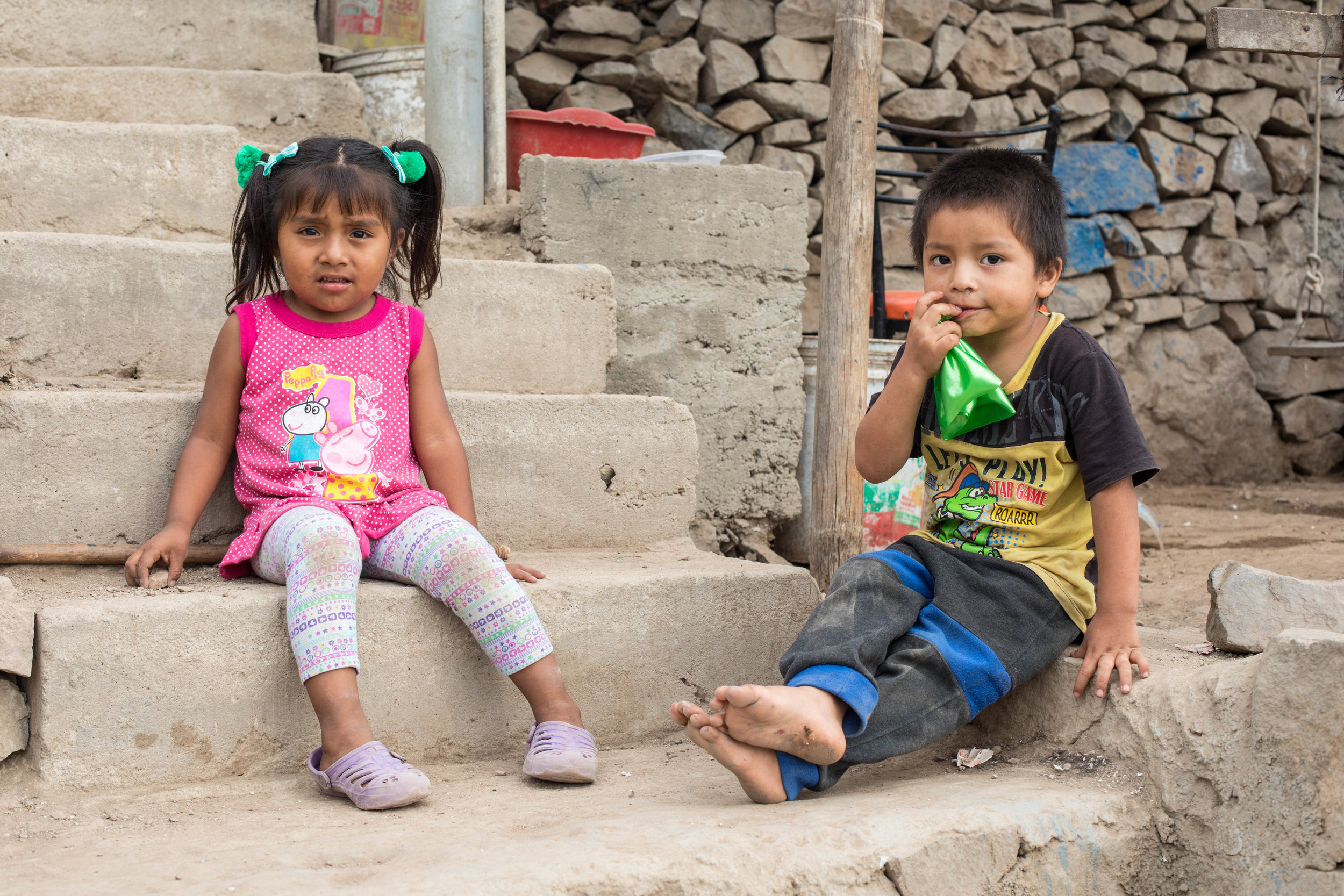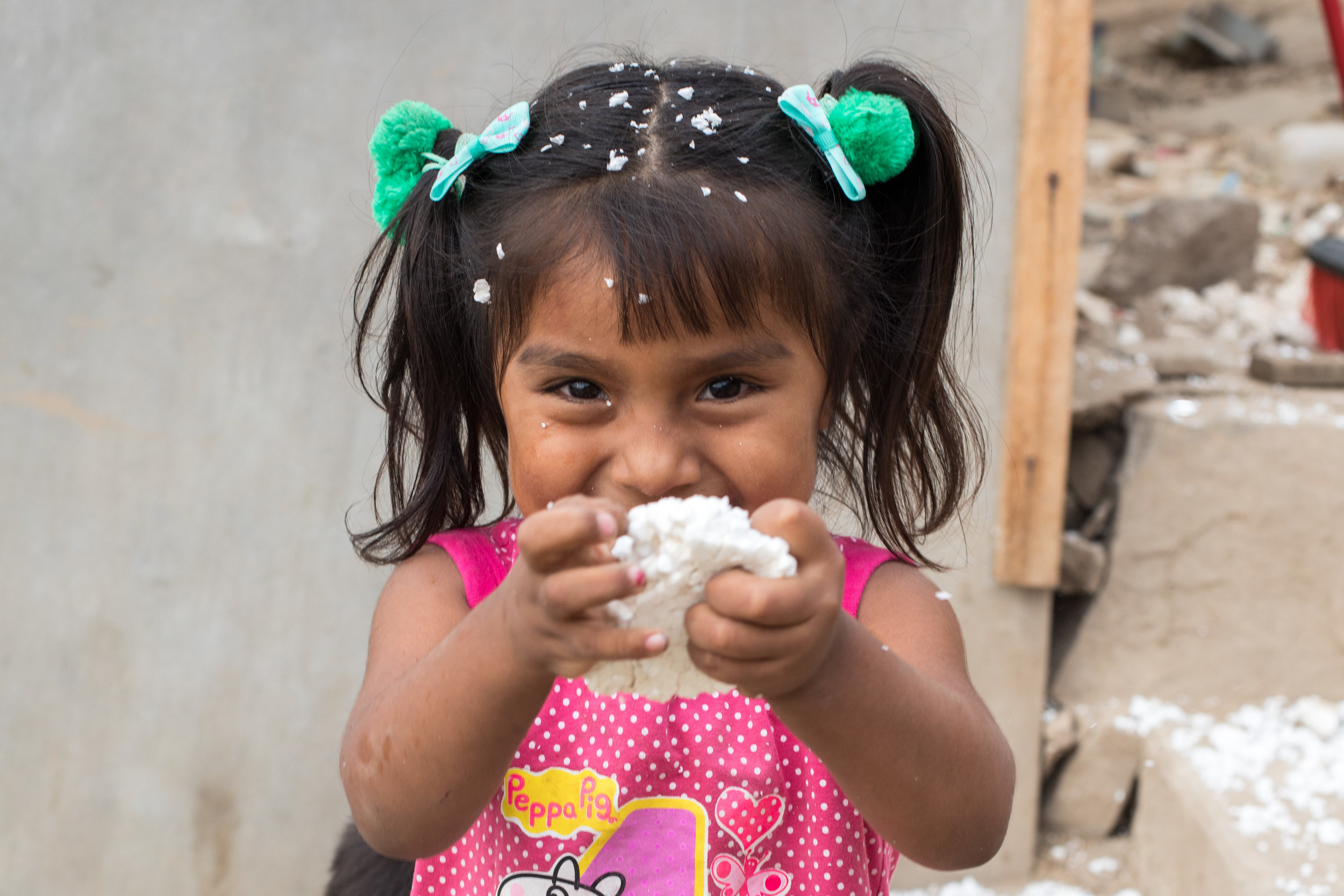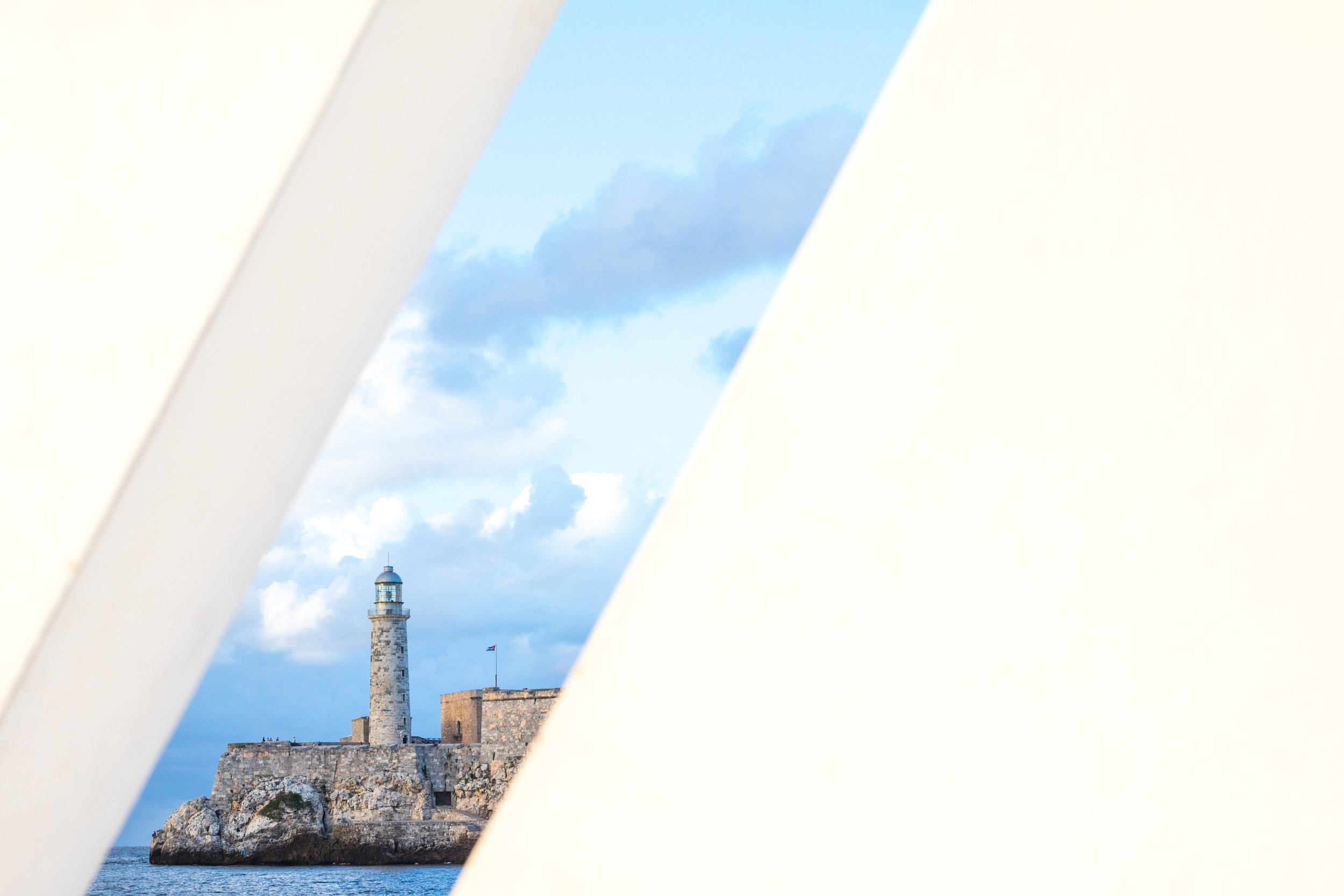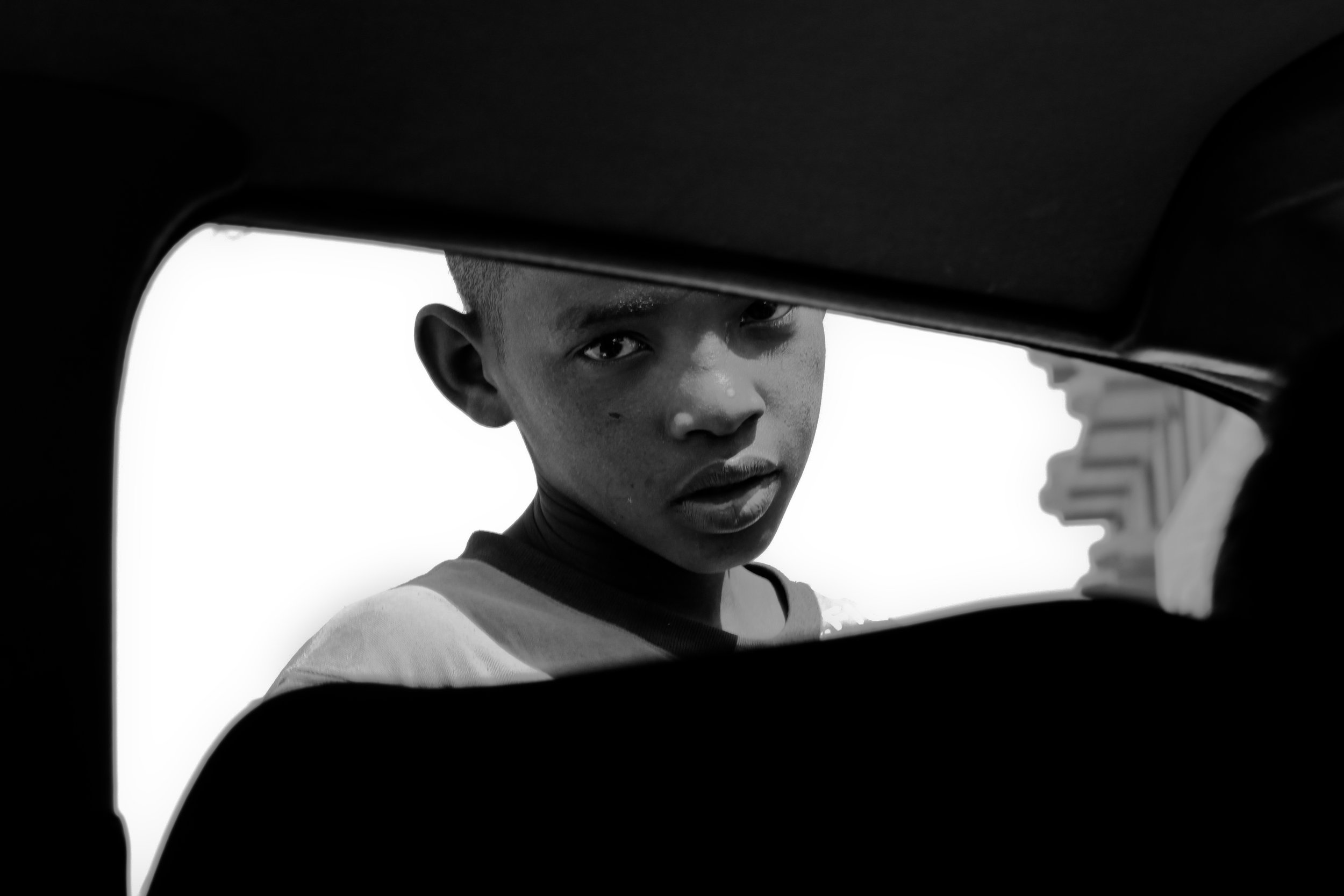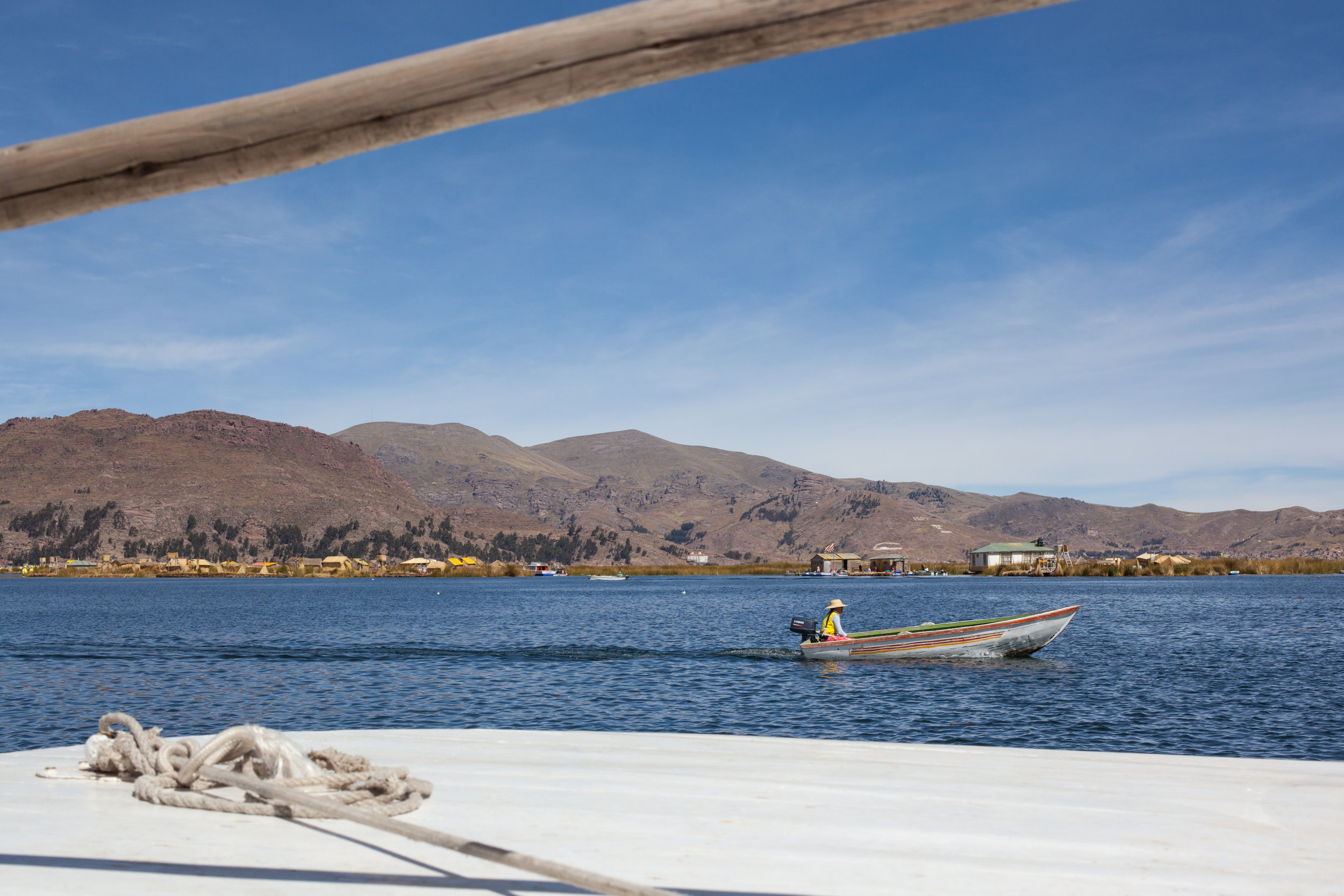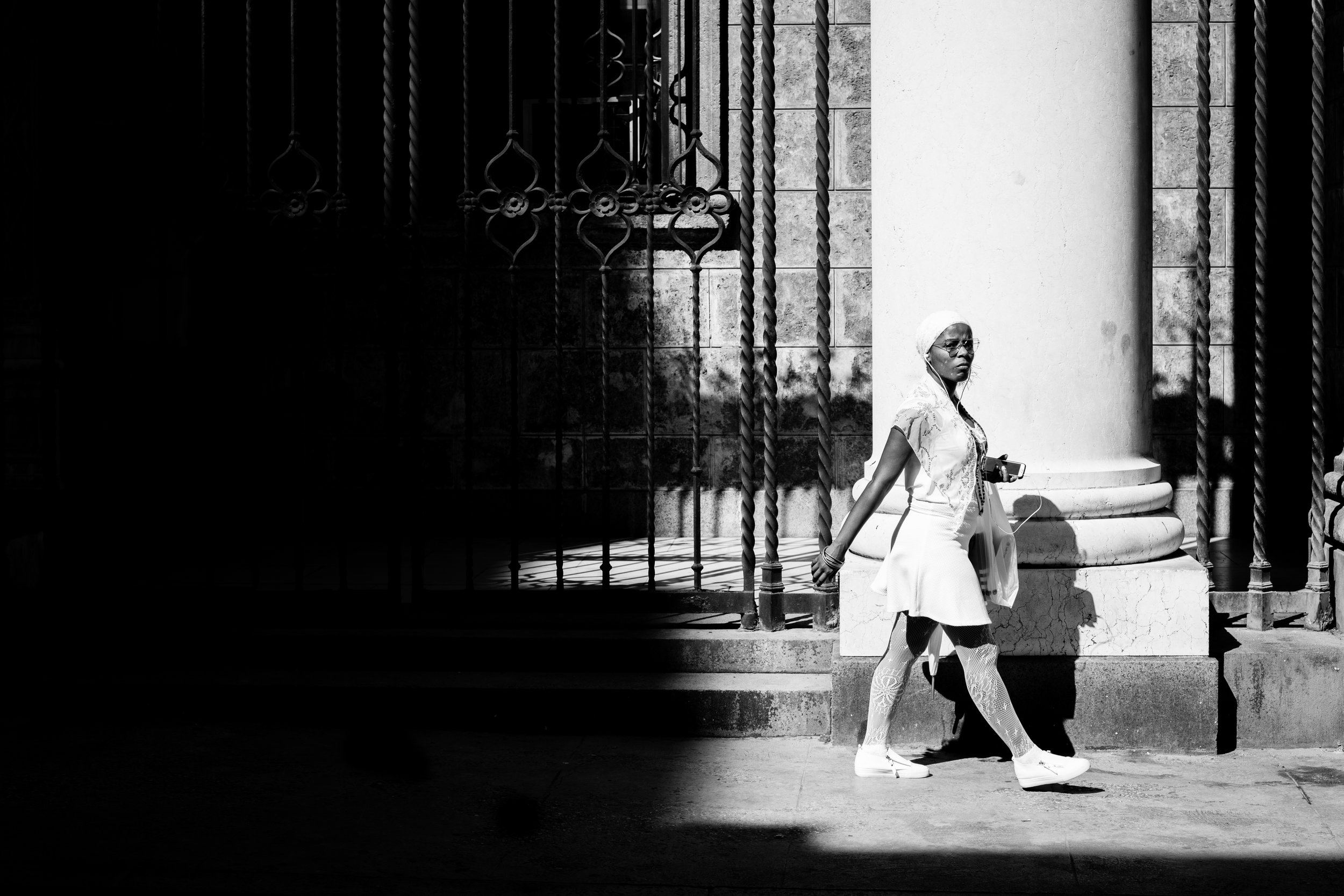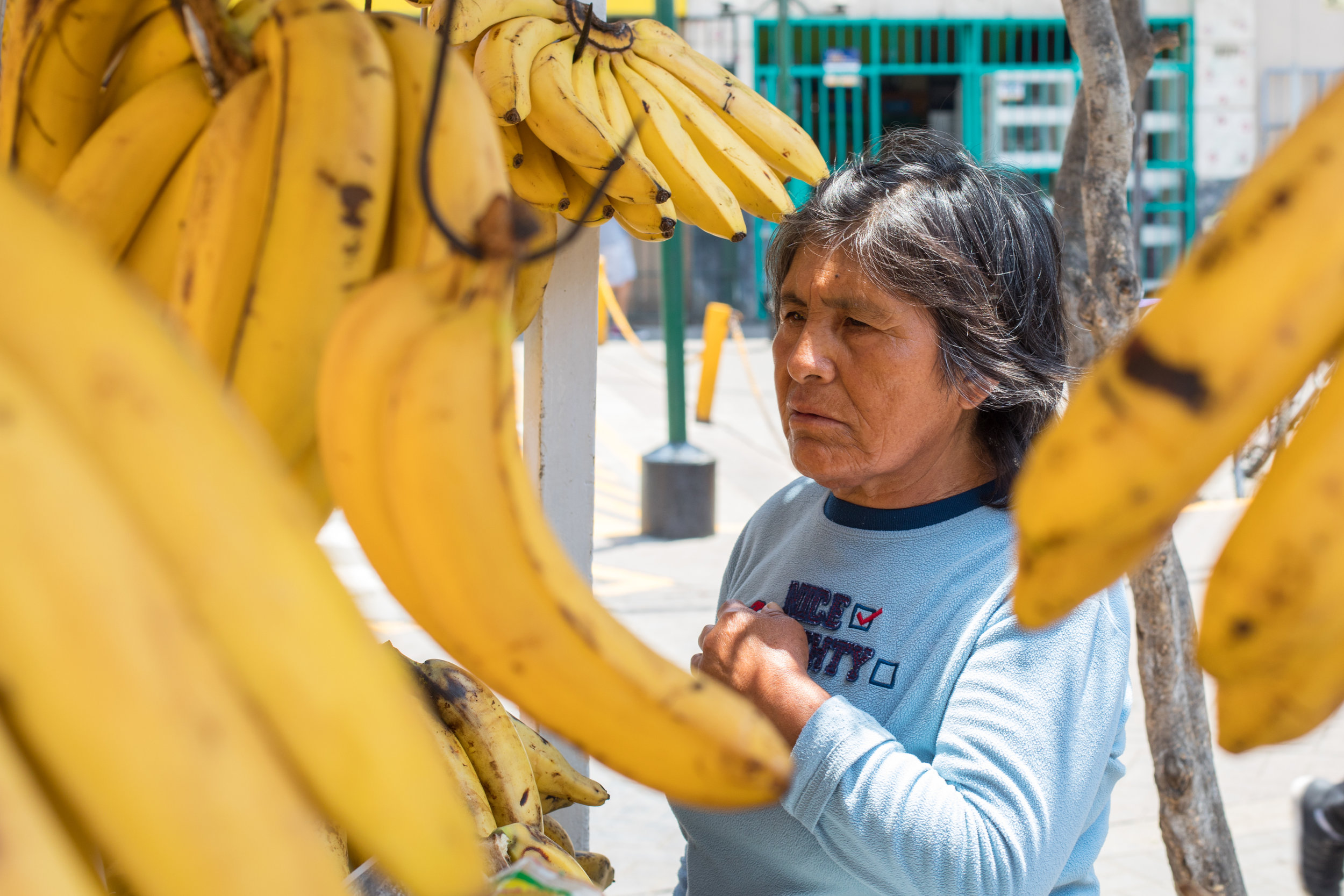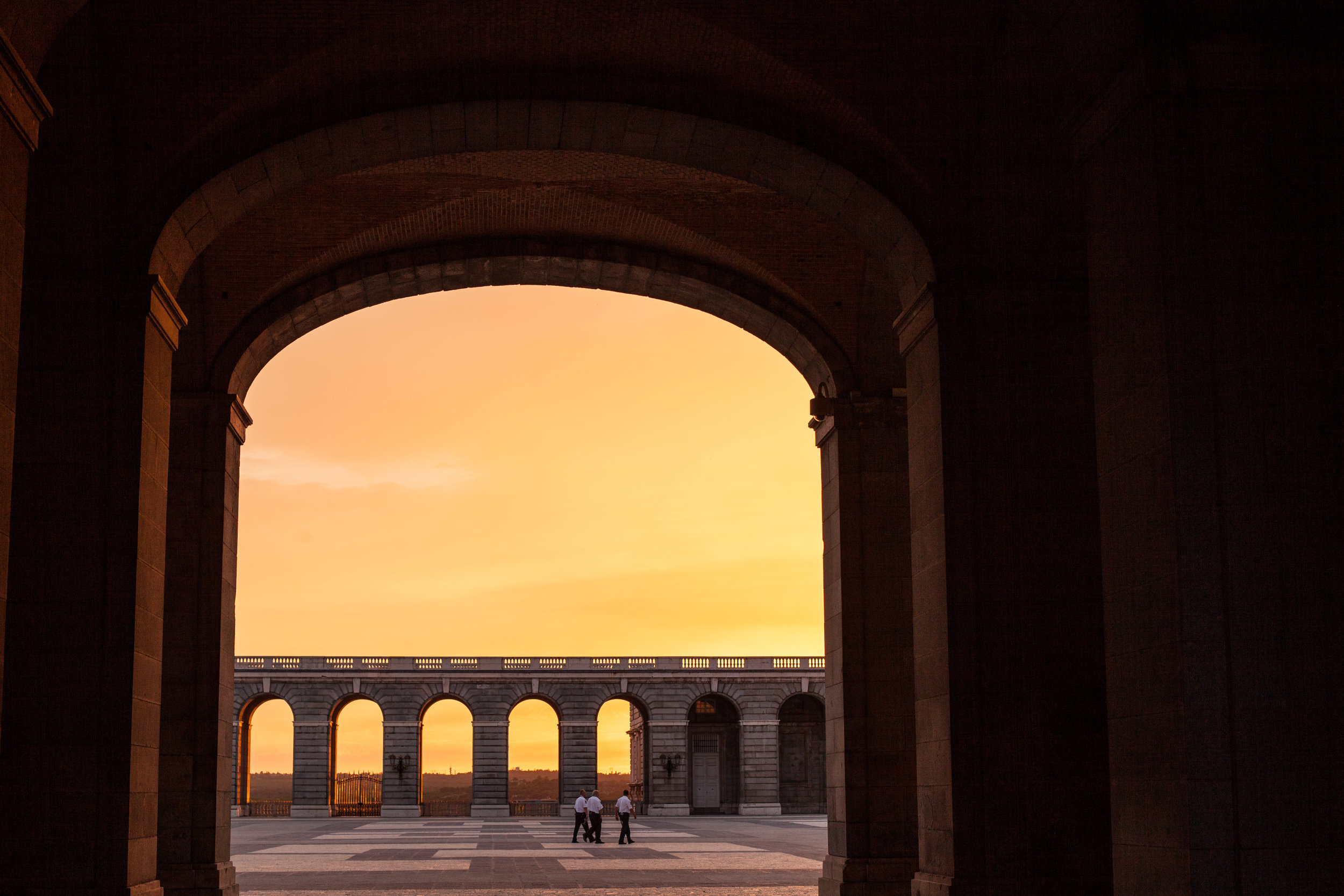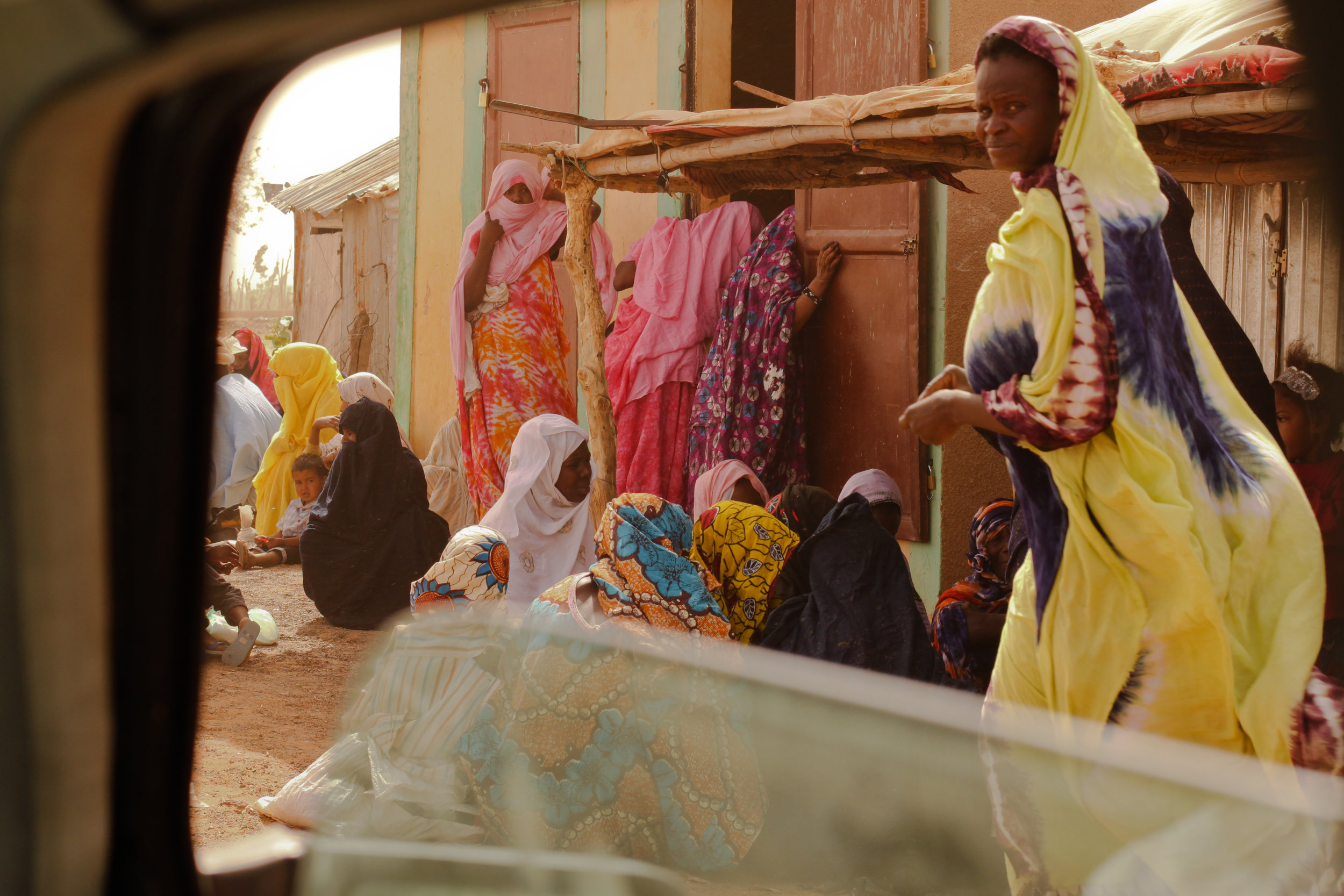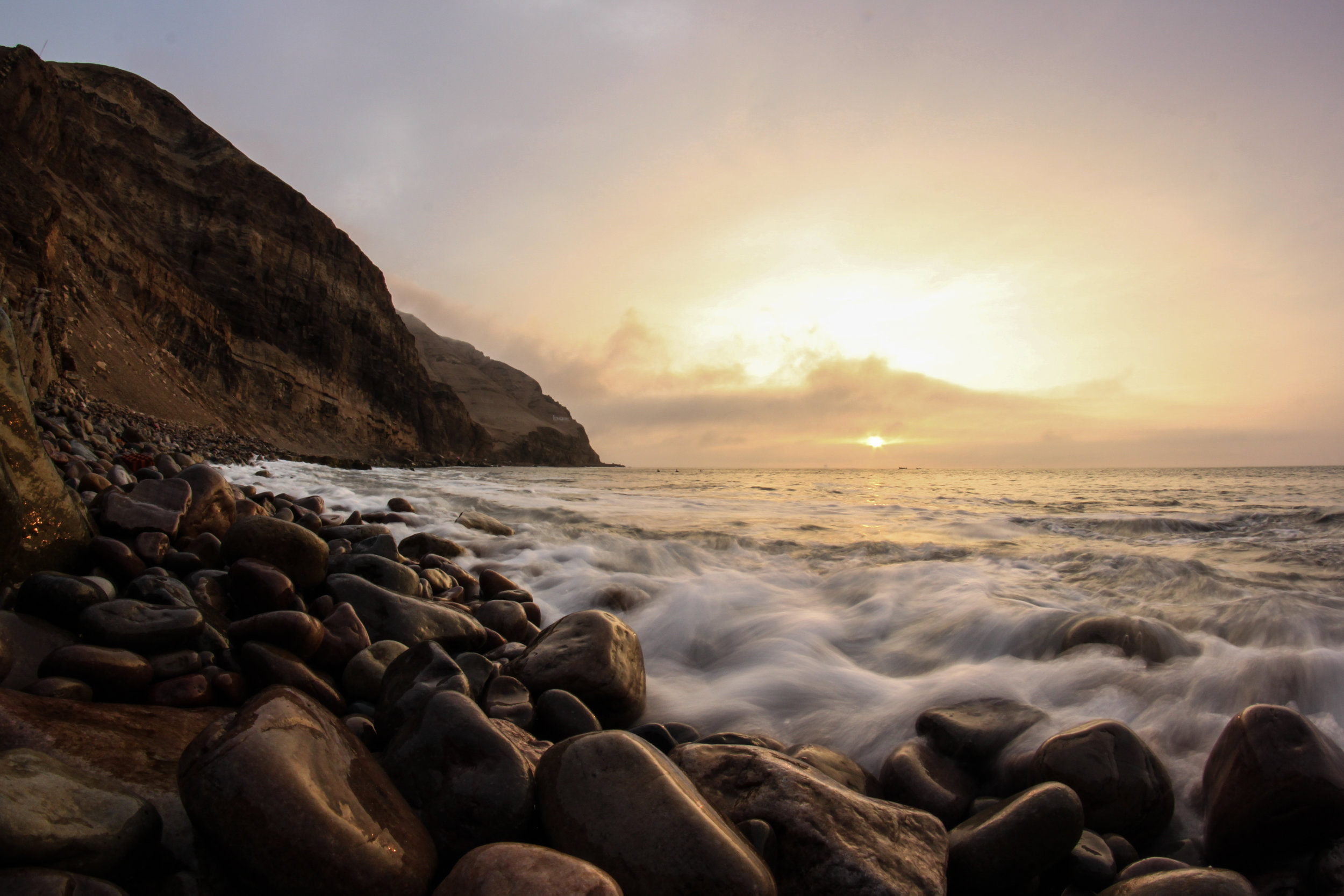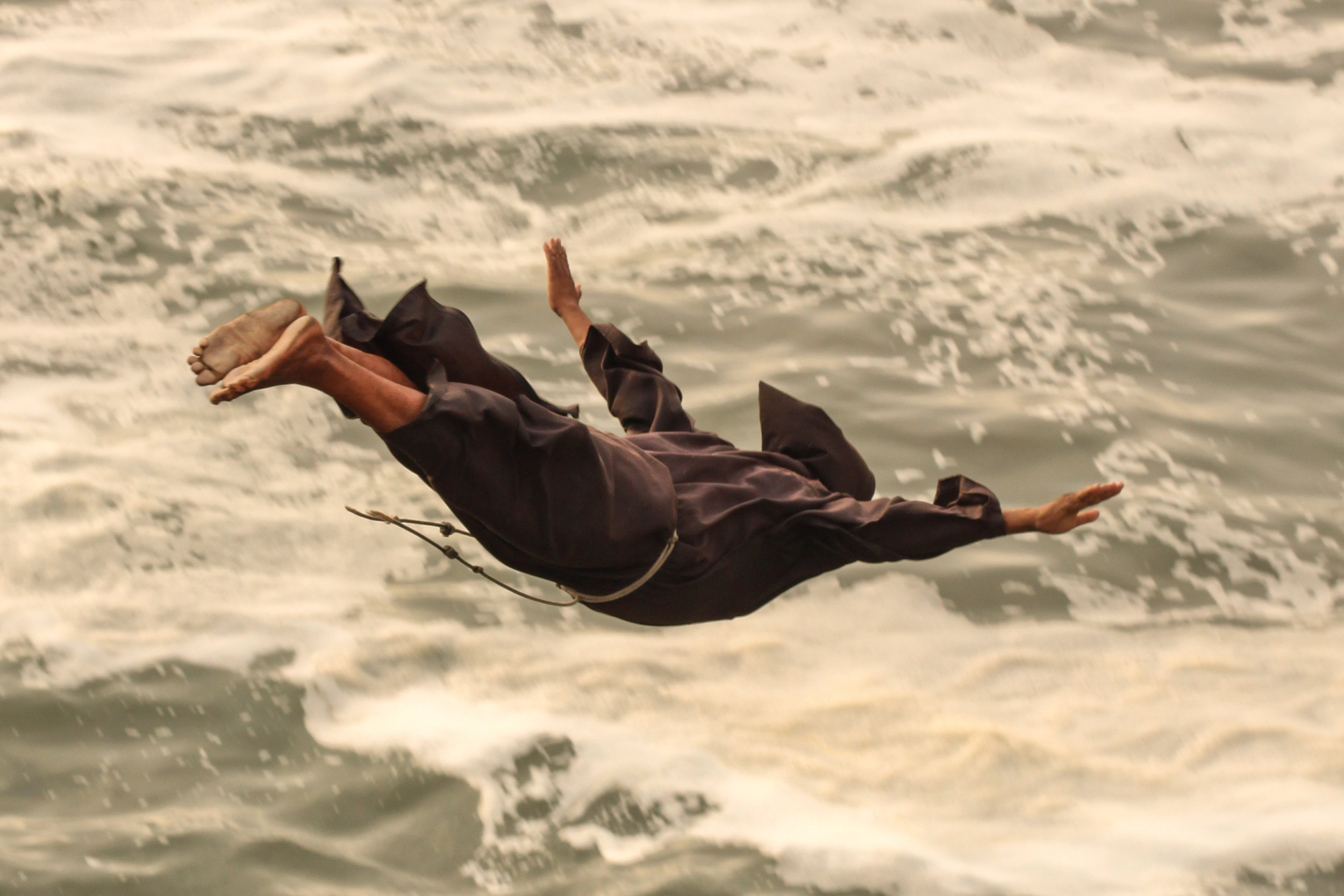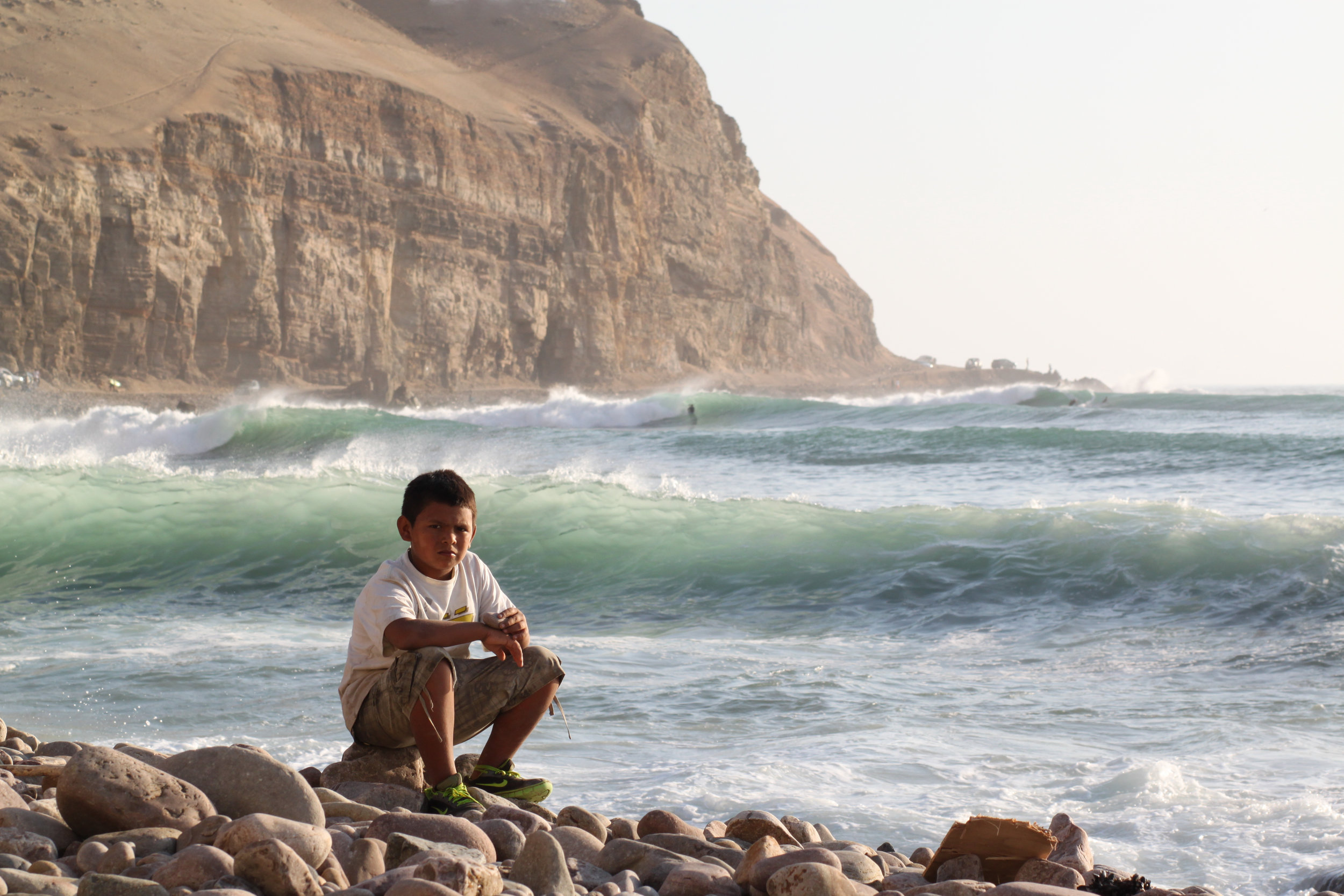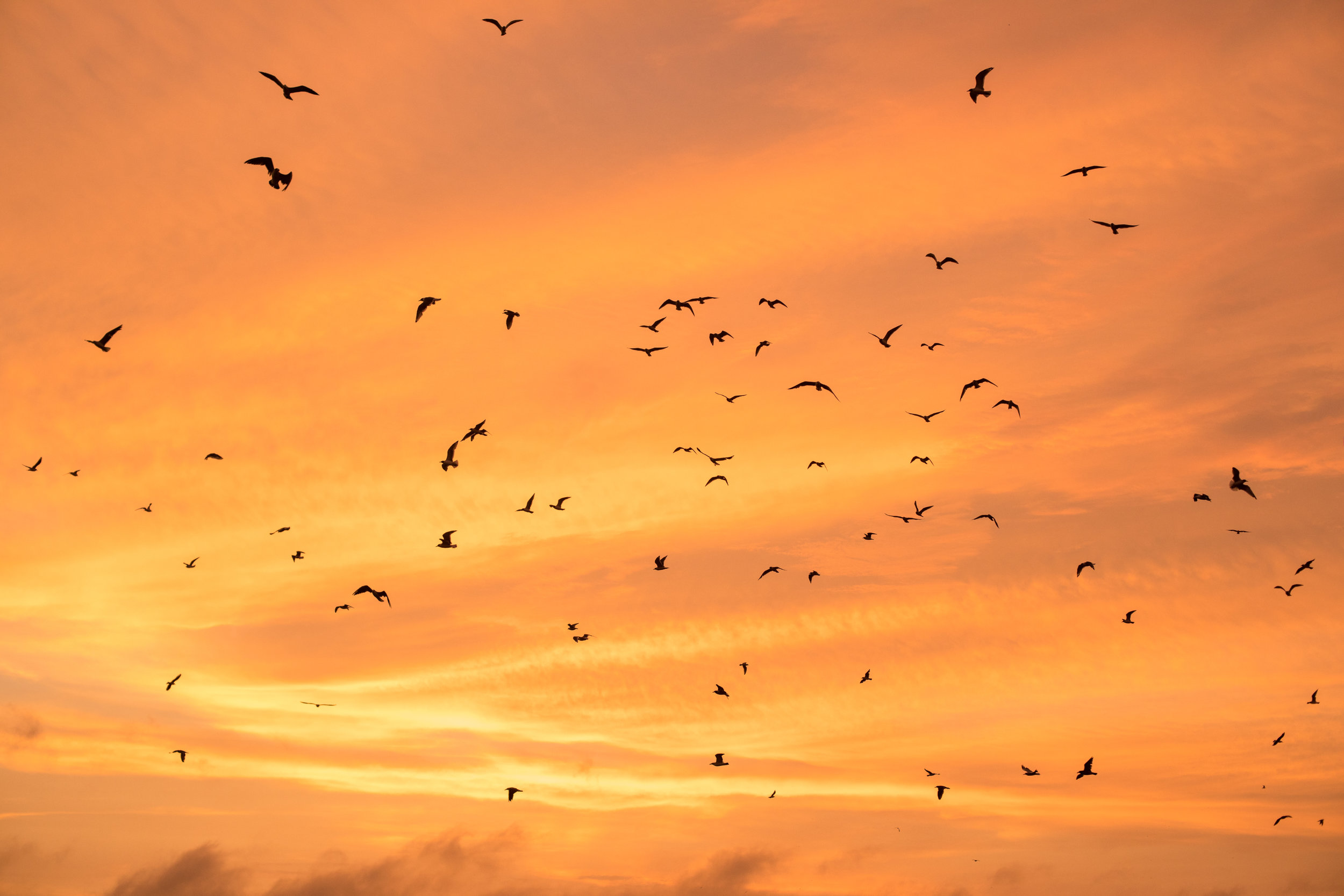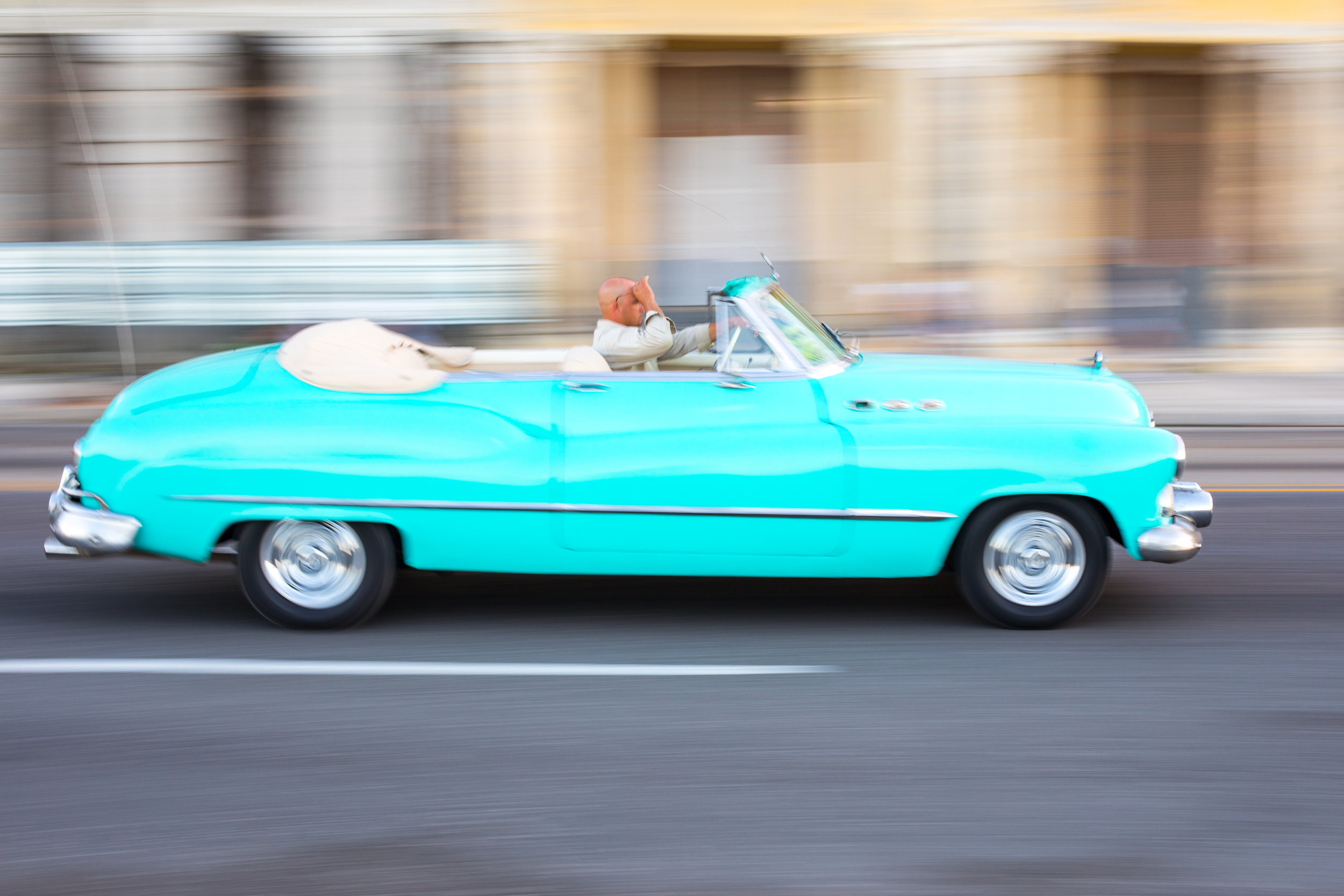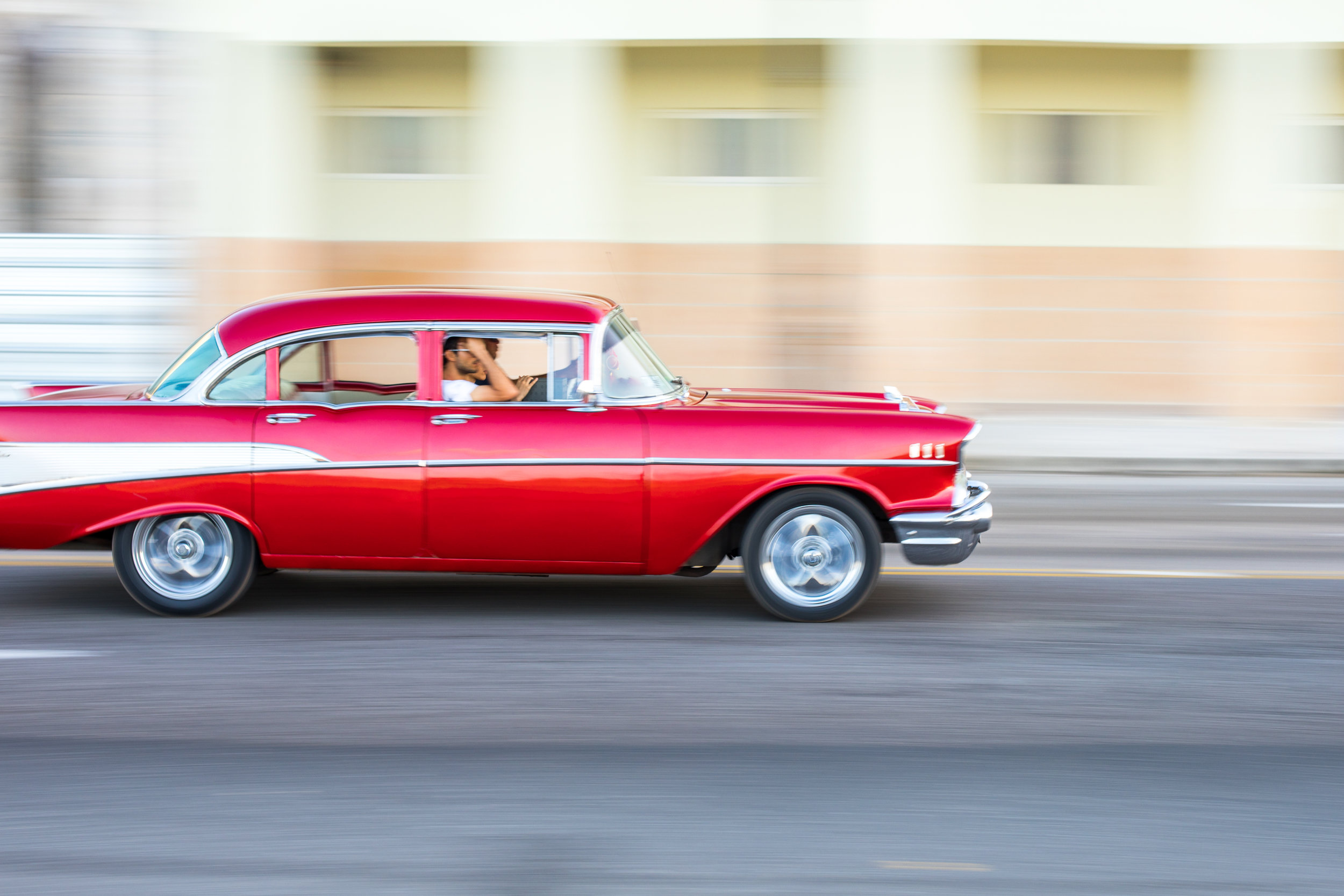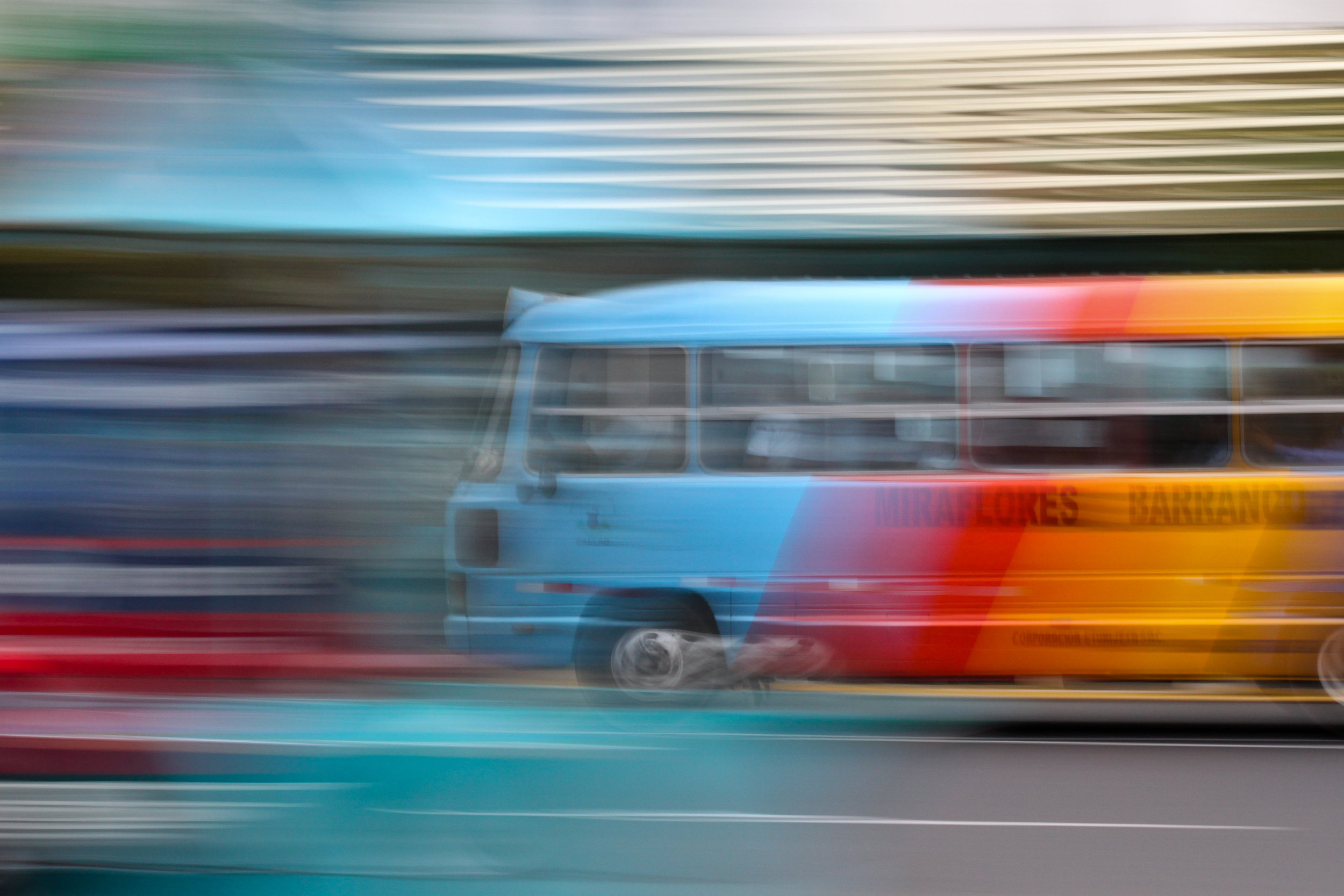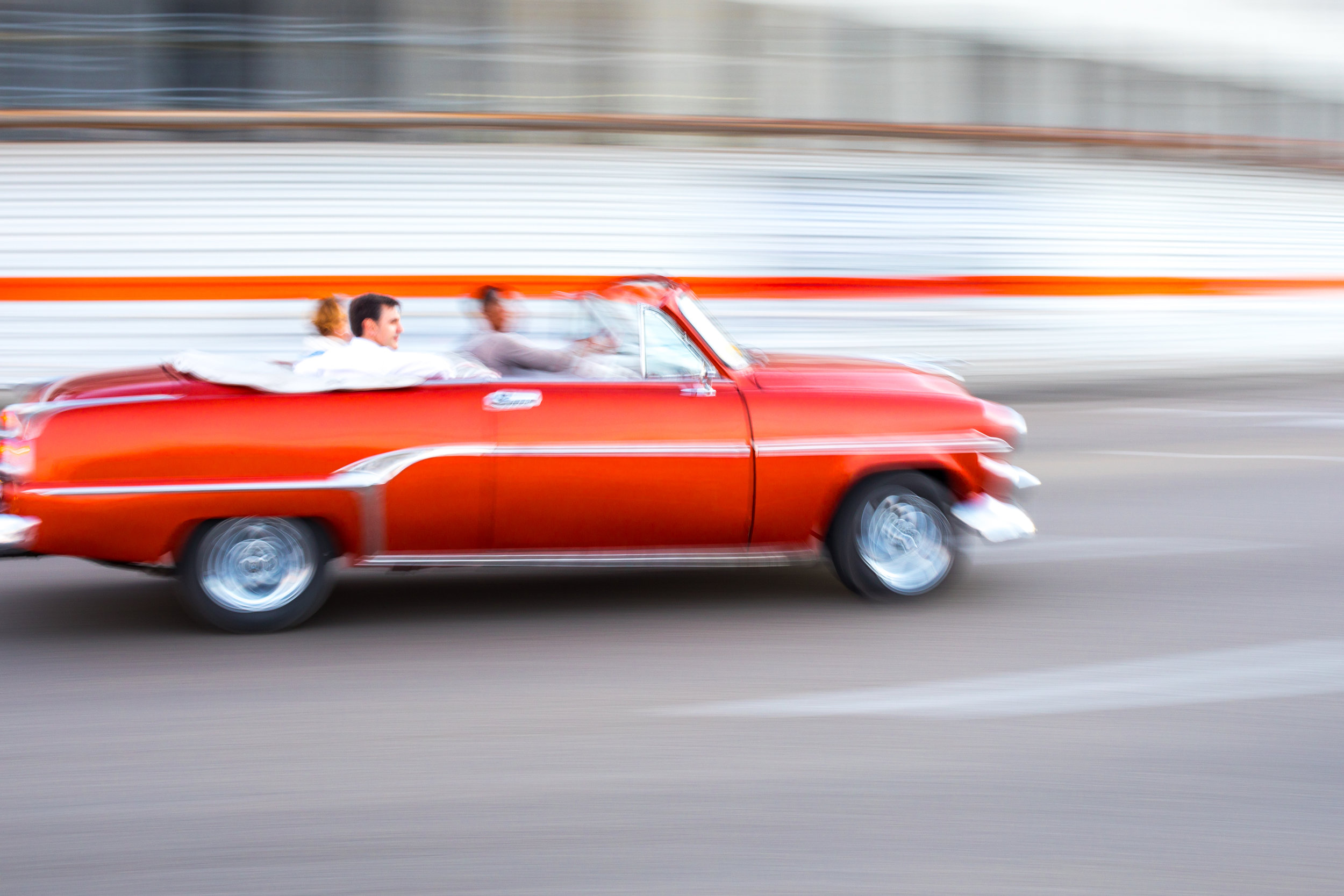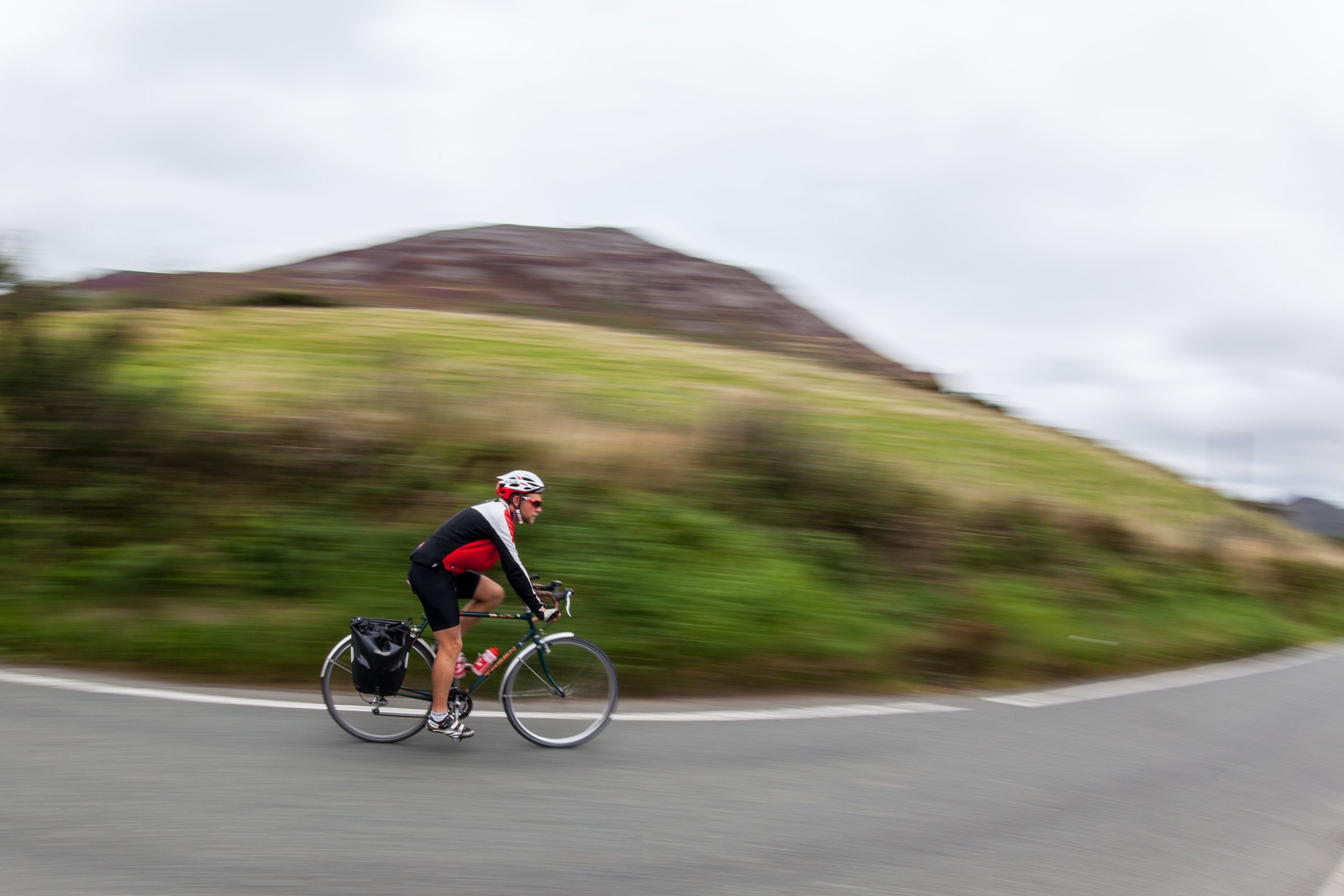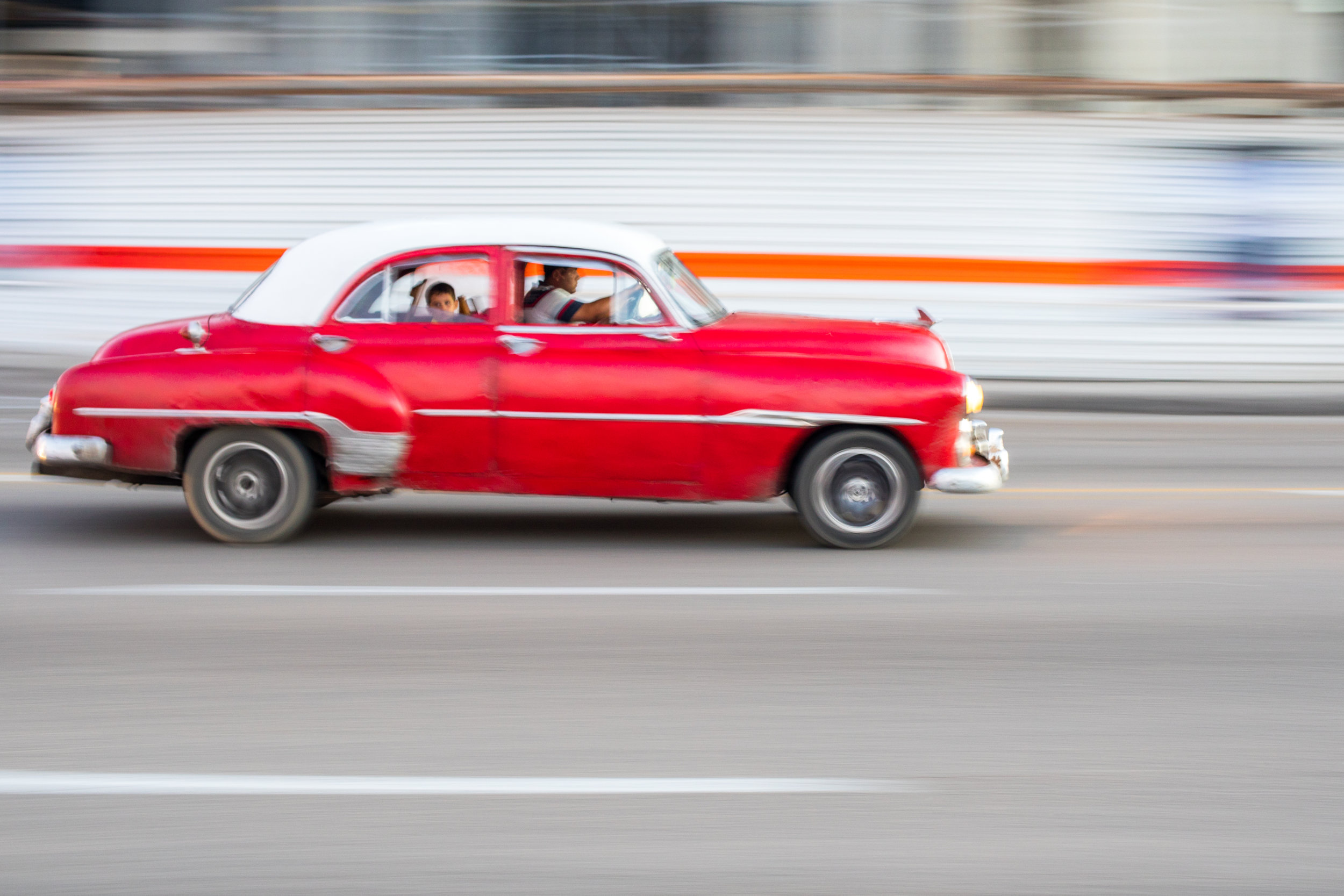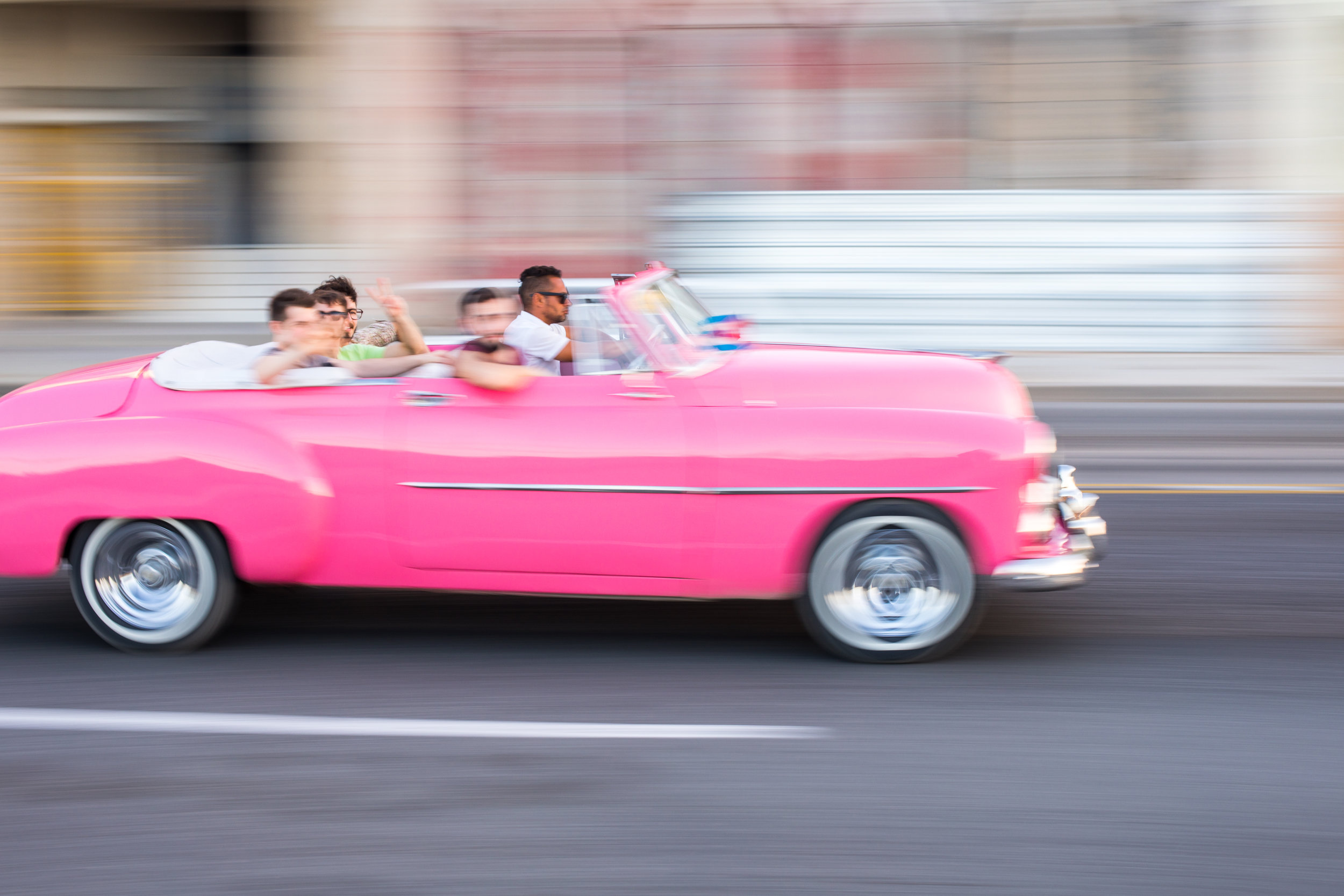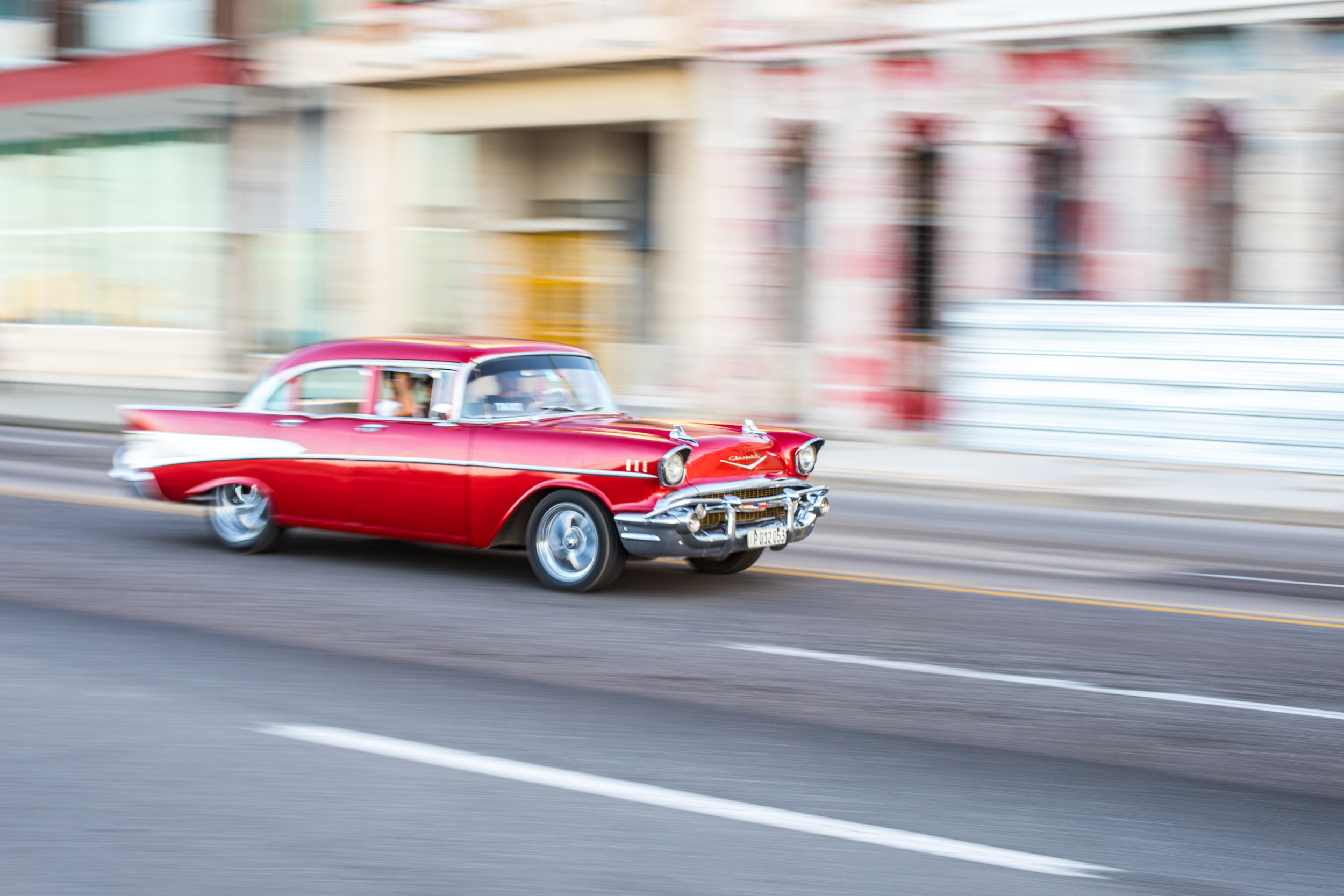Last year I spent a couple of months in Senegal where I experienced some beautiful sunsets. I spent the majority of the time in the capital city of Dakar, but also traveled to Lompoul in the north of the country and Zinguinchor in the southern region. Along with capturing a lot of travel and street photography style shots I also captured some stunning sunsets especially at Yoff beach close to the Airport in Dakar. Click through the slide show below to view some sunsets from Senegal:
Senegal, like the rest of West Africa I have visited is fantastic for photography. With so many people around there is always something interesting and or unusual to capture. Whilst I was in Dakar they were celebrating the Tabaski Festival. Tabaski is based on Islamic beliefs and culminates with each family sacrificing a sheep and then eating it. There are sheep everywhere in Dakar, tied up on the roadsides, being washed in the Ocean or being sold at markets. Here is a previous blog I wrote on the fascinating beach area of Yoff in Dakar.
In Lompoul in the north there are beautiful remote beaches, interesting fishing towns and a small desert with orange sand dunes where you can camp and take camel rides. To the south lies Ziguinchor, the second largest city of Senegal lying at the mouth of the Casamance river and largely separated from the rest of the country by The Gambia.
Throughout the country I witnessed some beautiful sunsets. Sunsets always seem to be amongst my most liked photos. I think there is something instantly enjoyable about an image of the setting sun, it is something that everyone can relate to. I especially like sunset images that contain an additional element, be it a person or an animal. My favourite sunset image I capture in Senegal was of a fisherman feeding his two pet Pelicans at Yoff beach. I love the composition, the lighting and the added comic nature of these peculiar birds. Whilst in Senegal was travelling without a tripod so had to rely on taking hand held shots or creating abstract images when I ran out of light. Here is a blog I wrote with some tips about taking sunset photos.
More of my travel photography from Senegal can be found on my website, my Instagram, and my Flickr account. If you are interested in purchasing any prints, using an image online or would like further information please send me an email at: geraintrowlandphotography@gmail.com.
